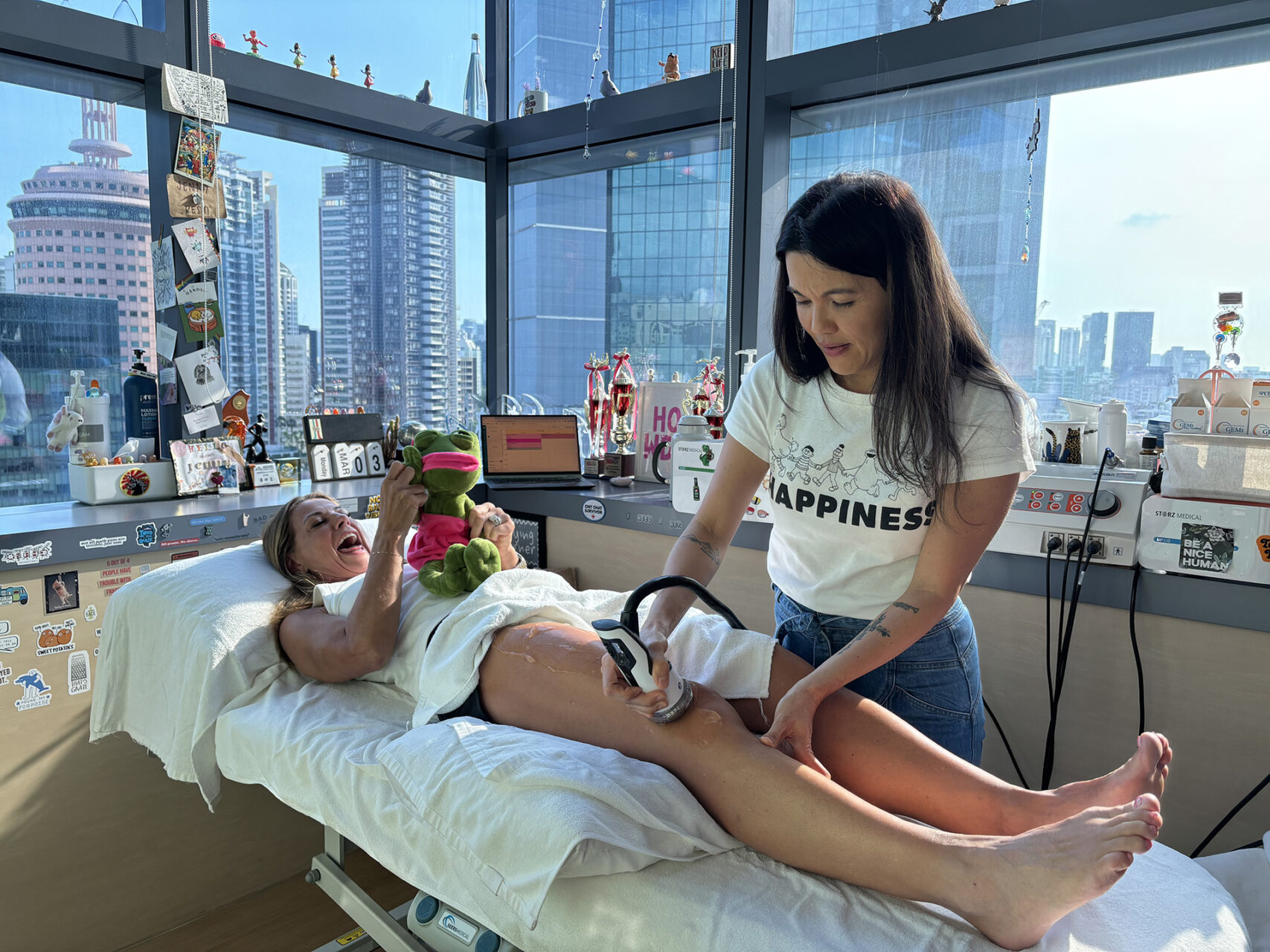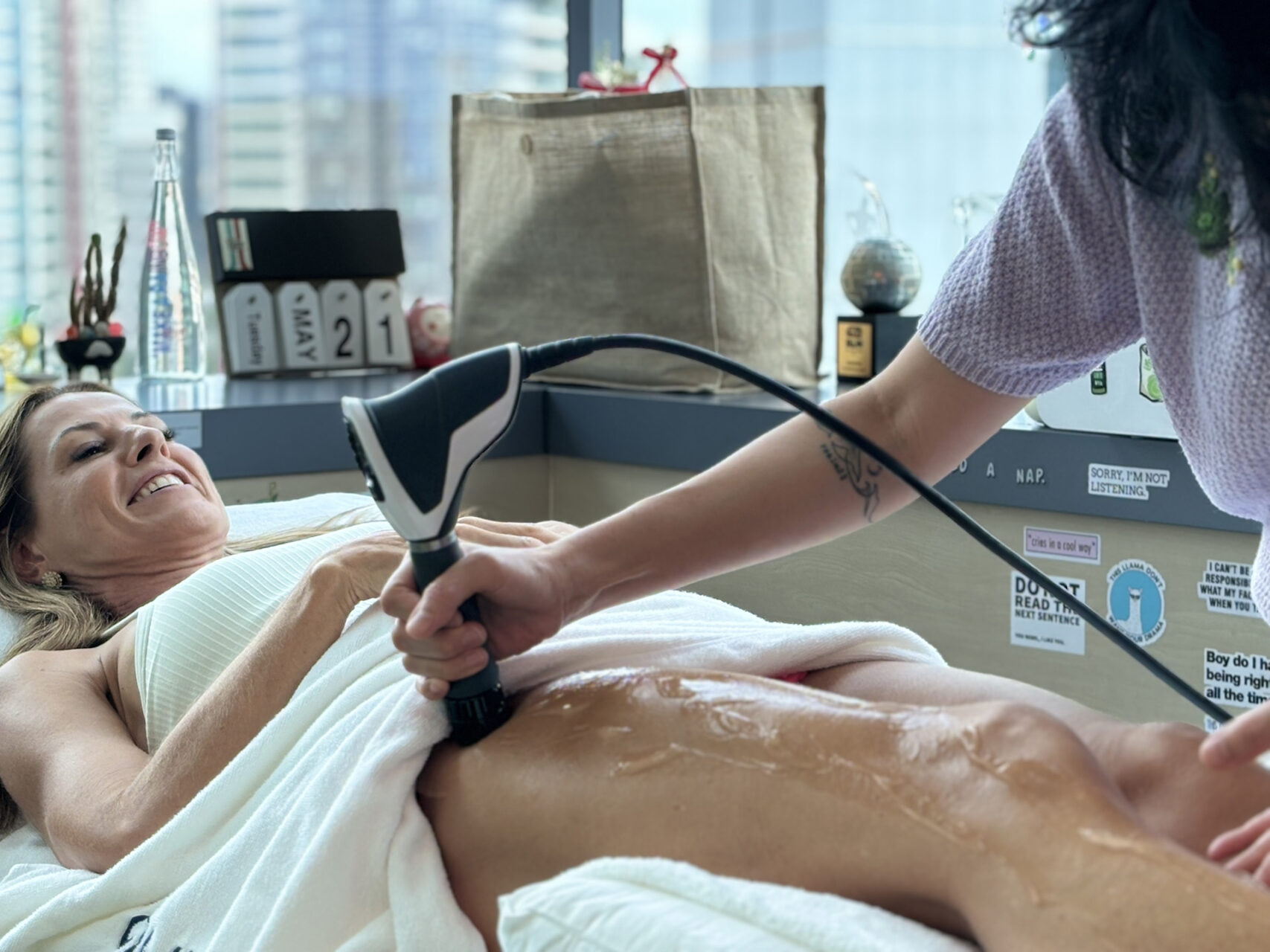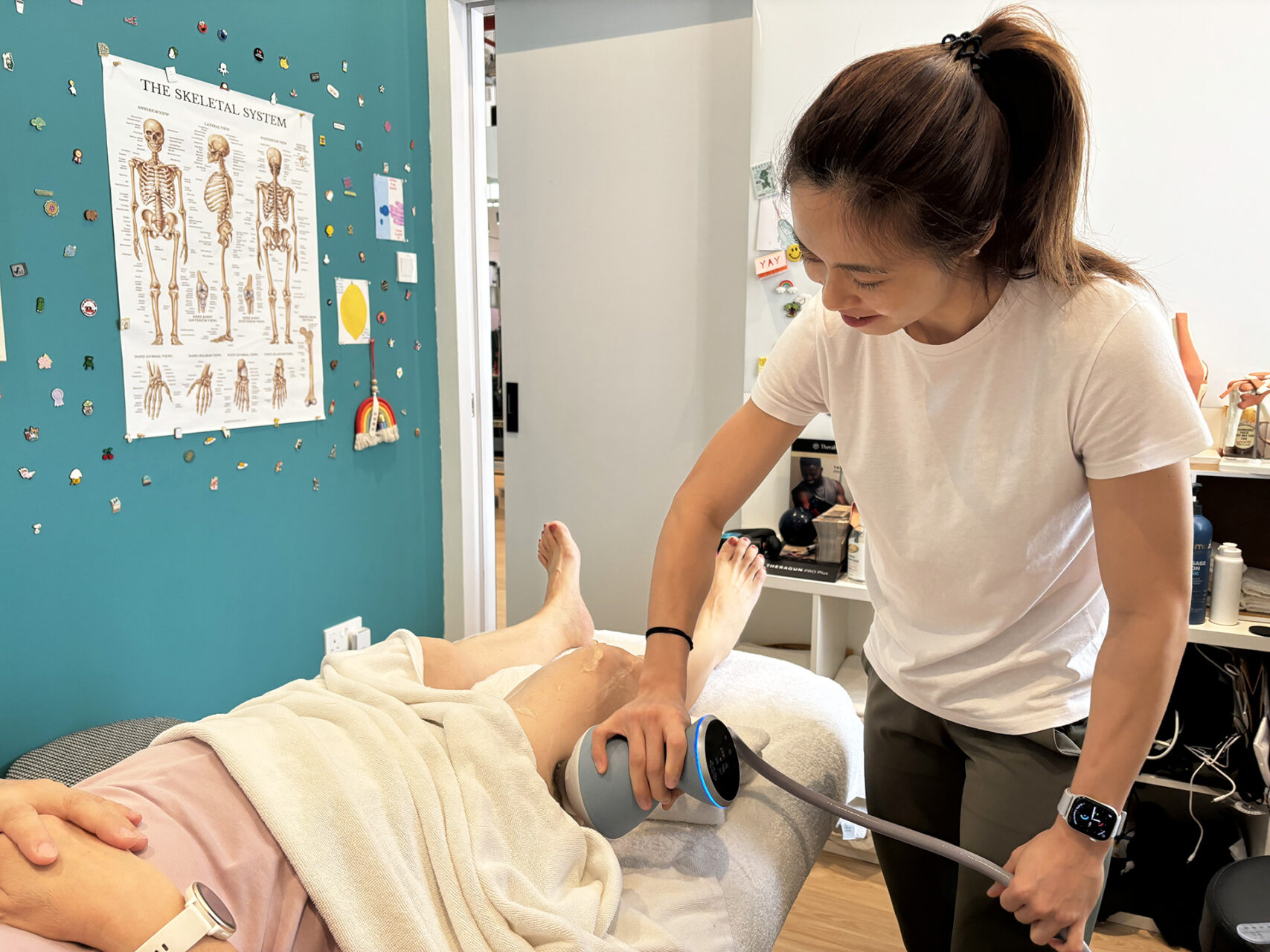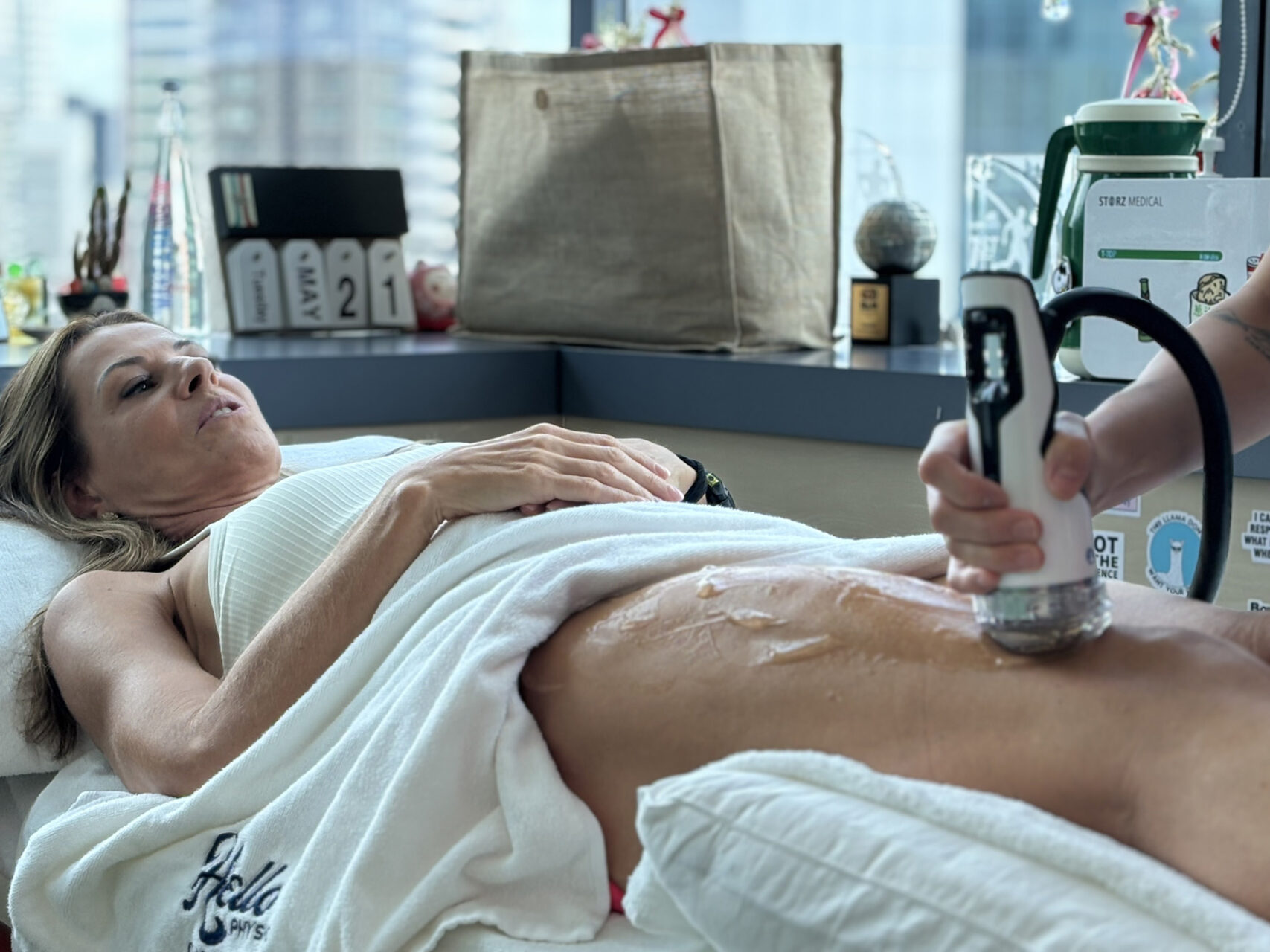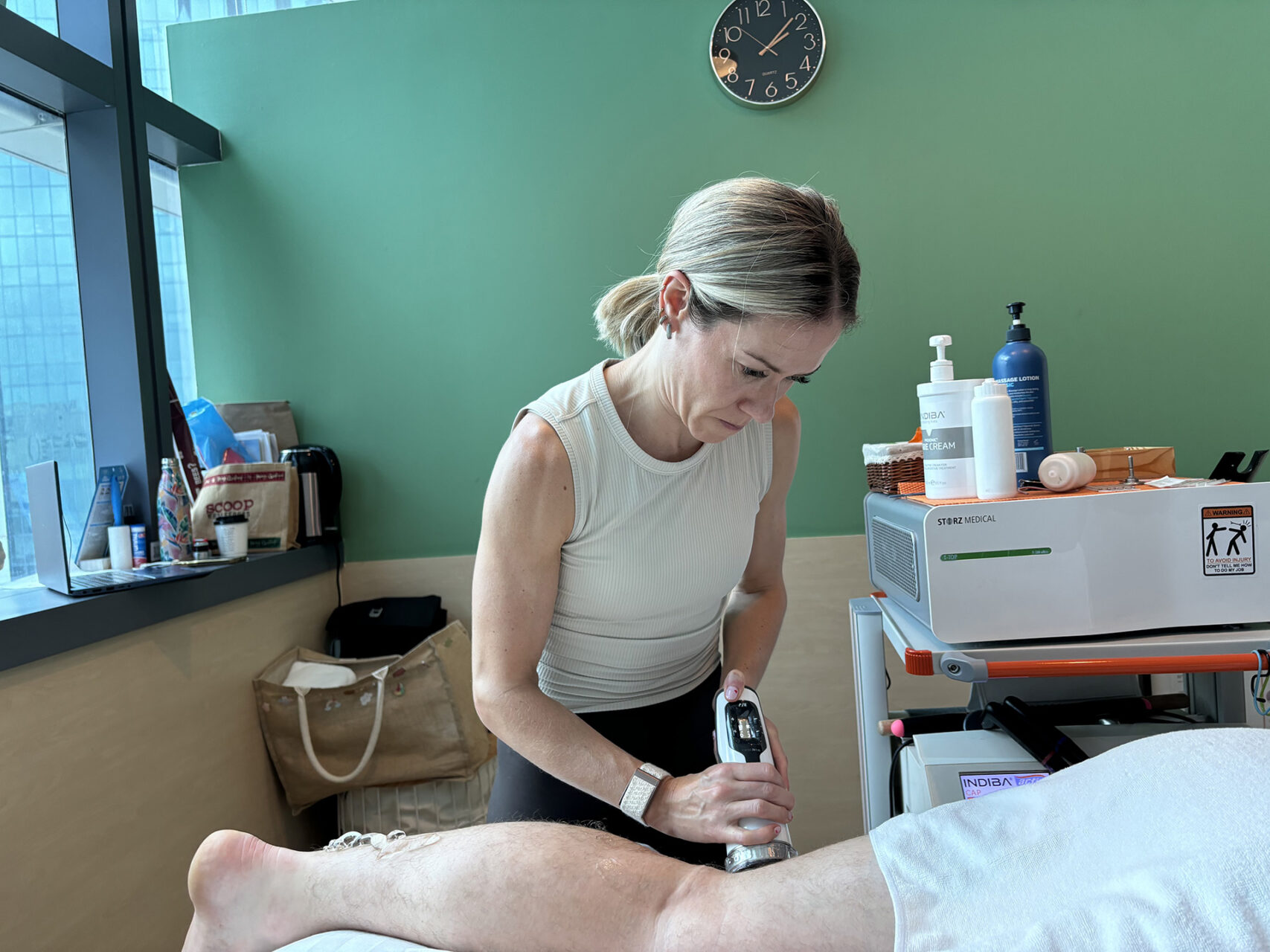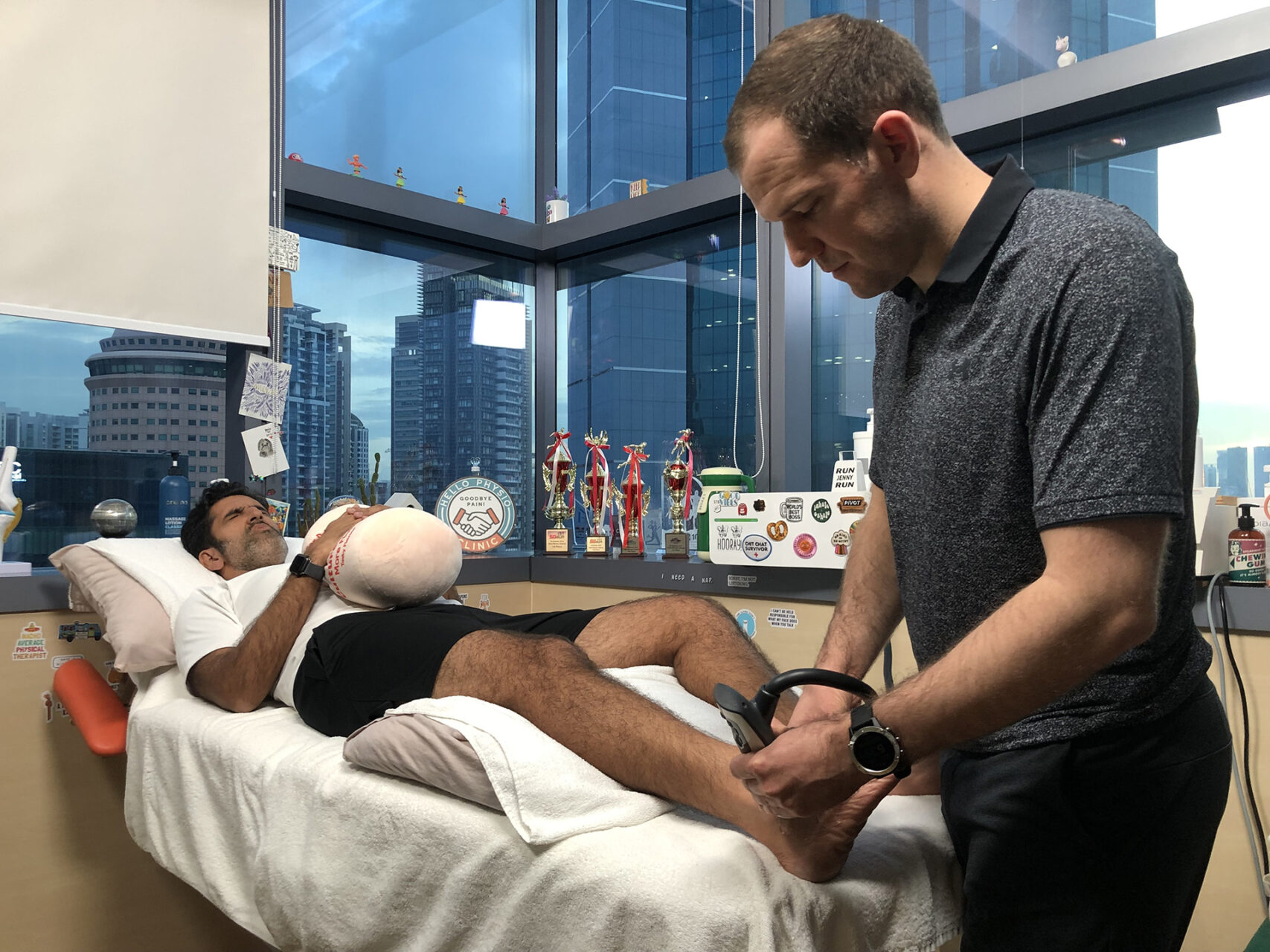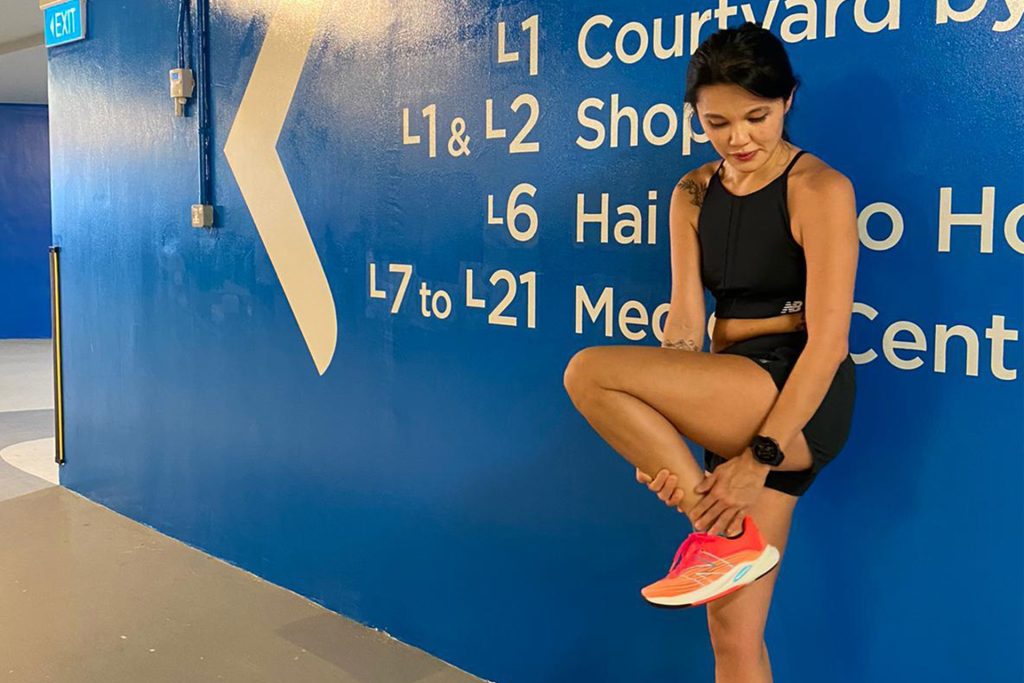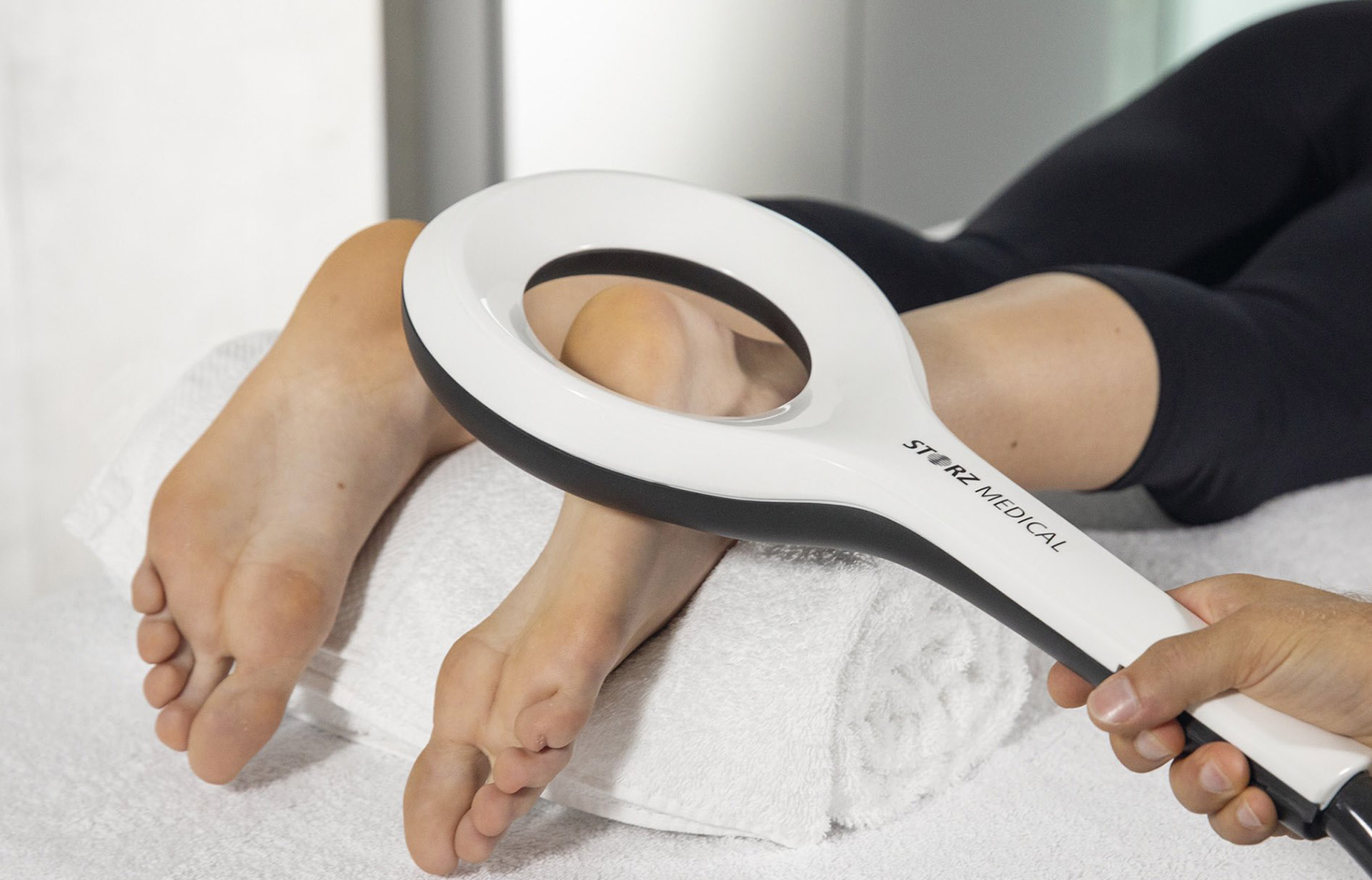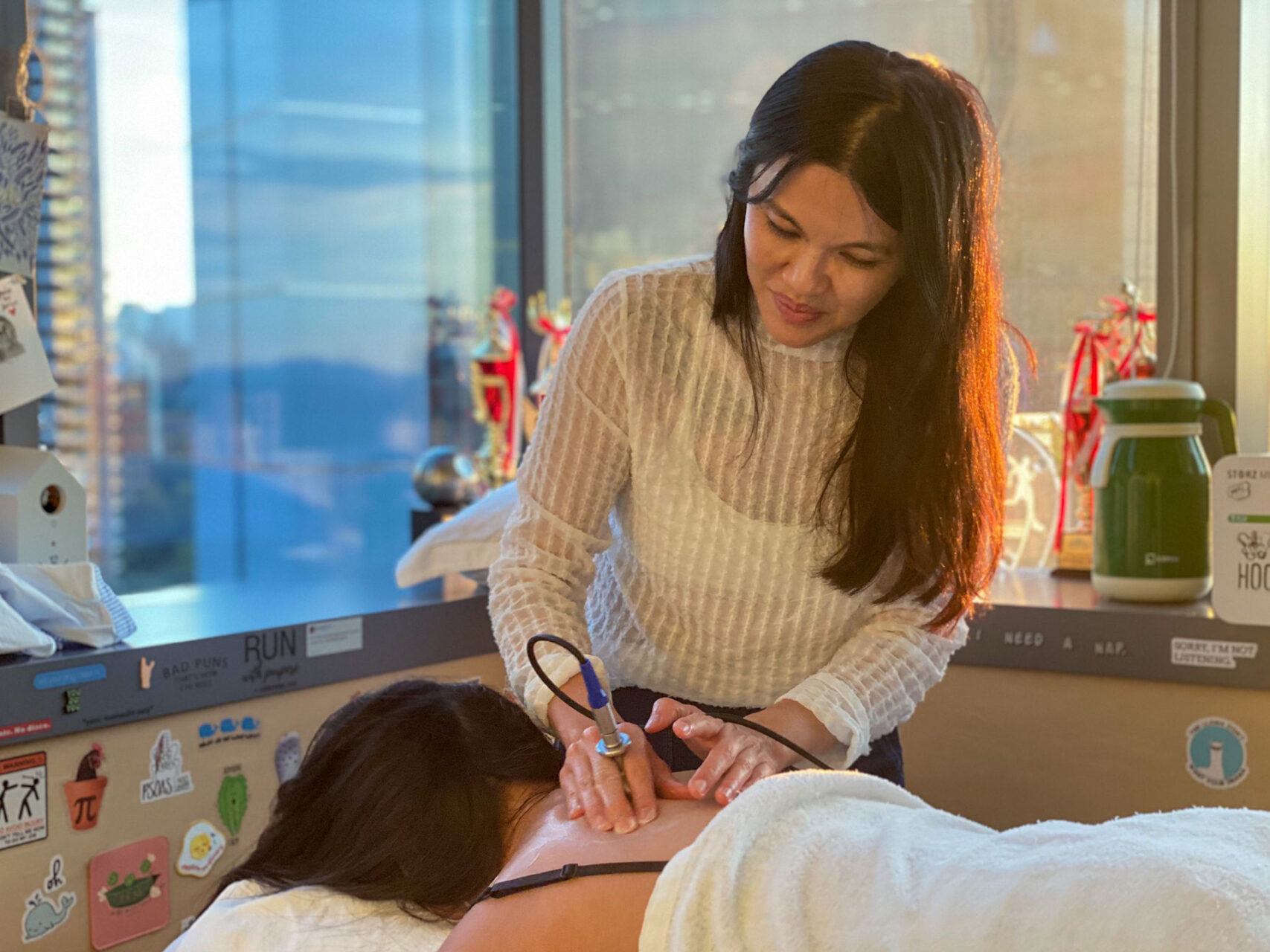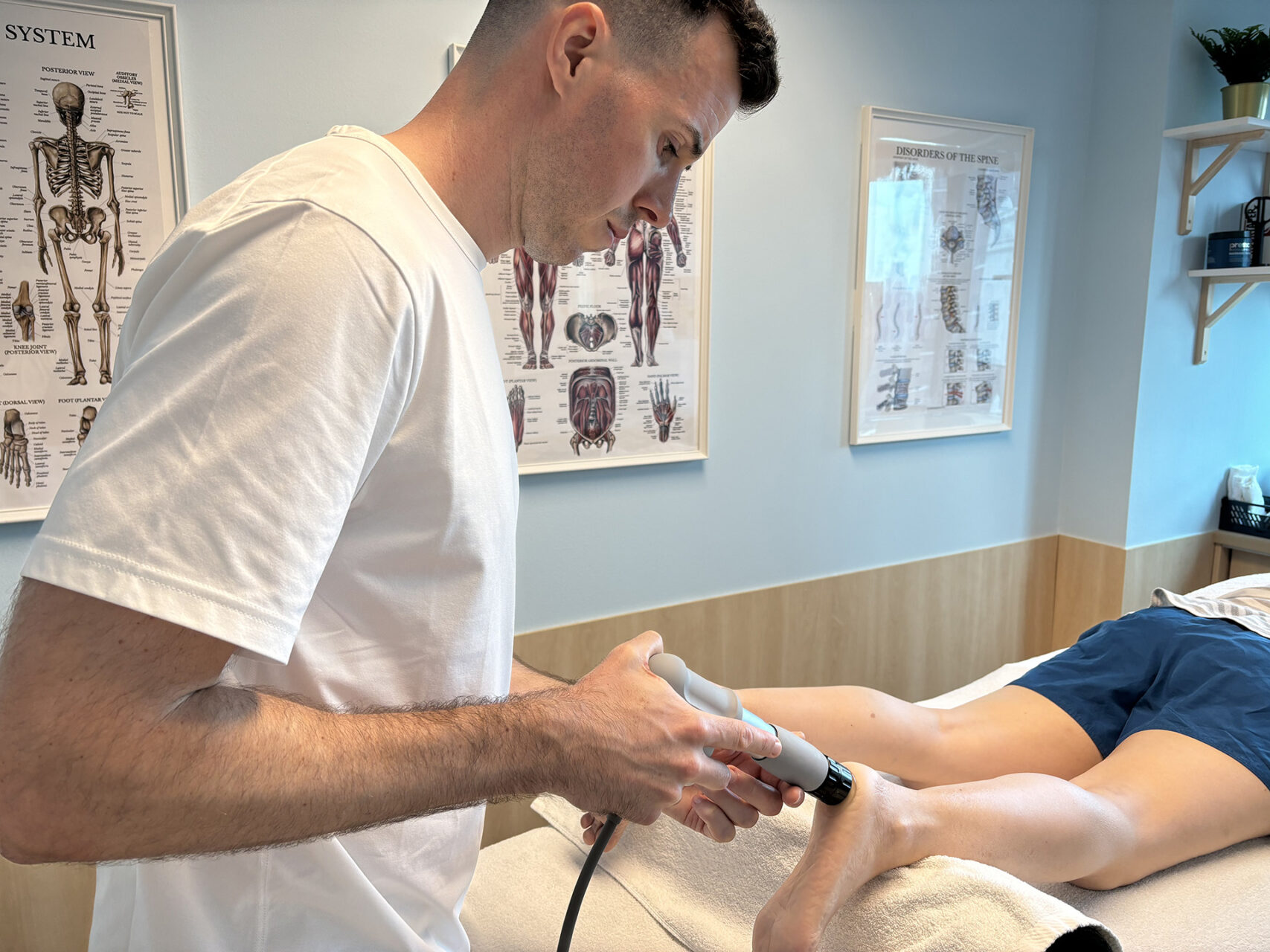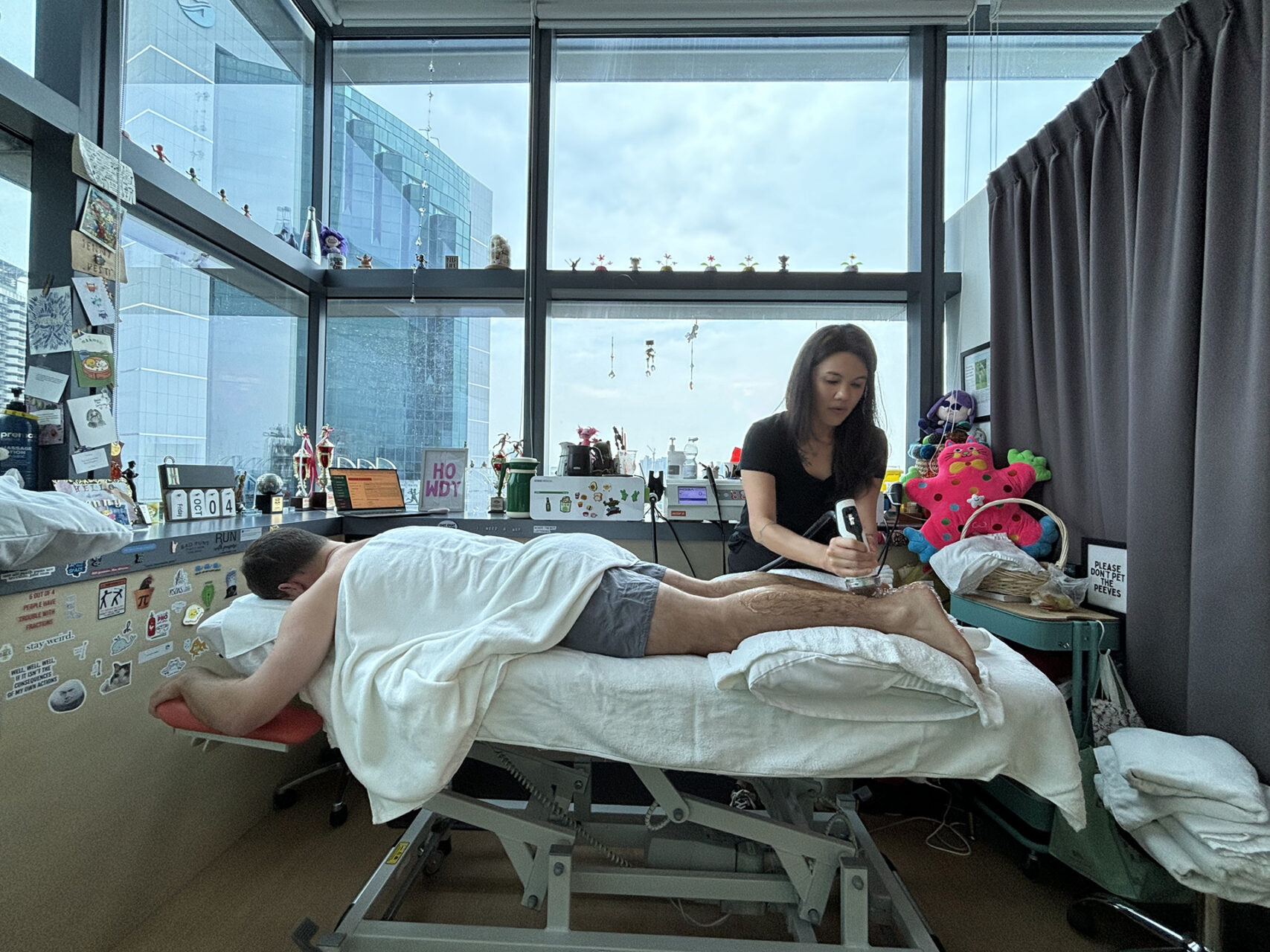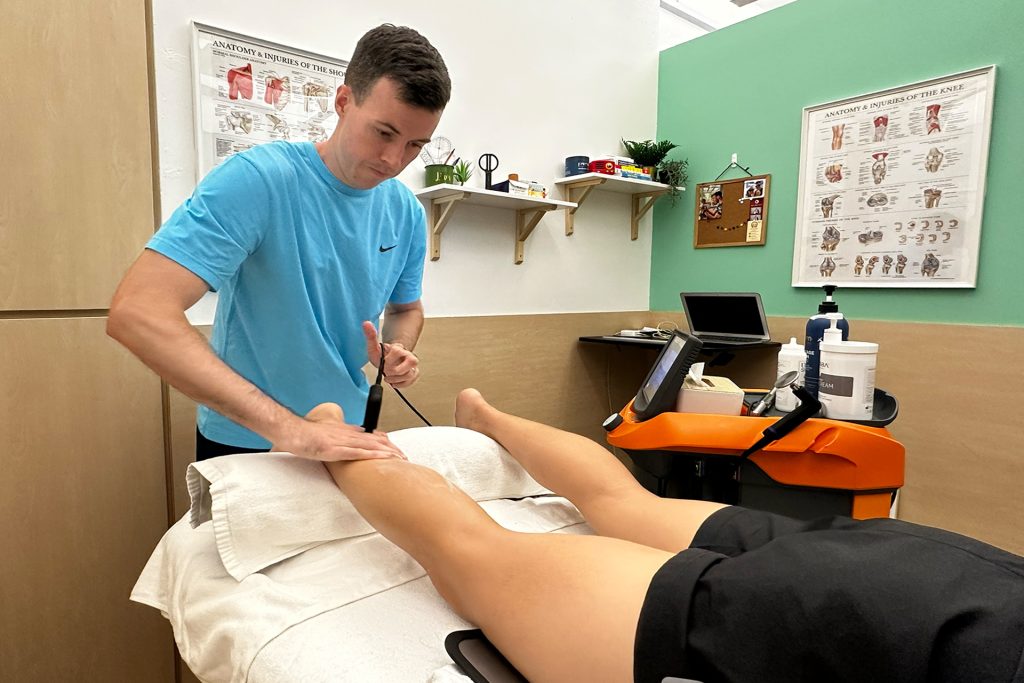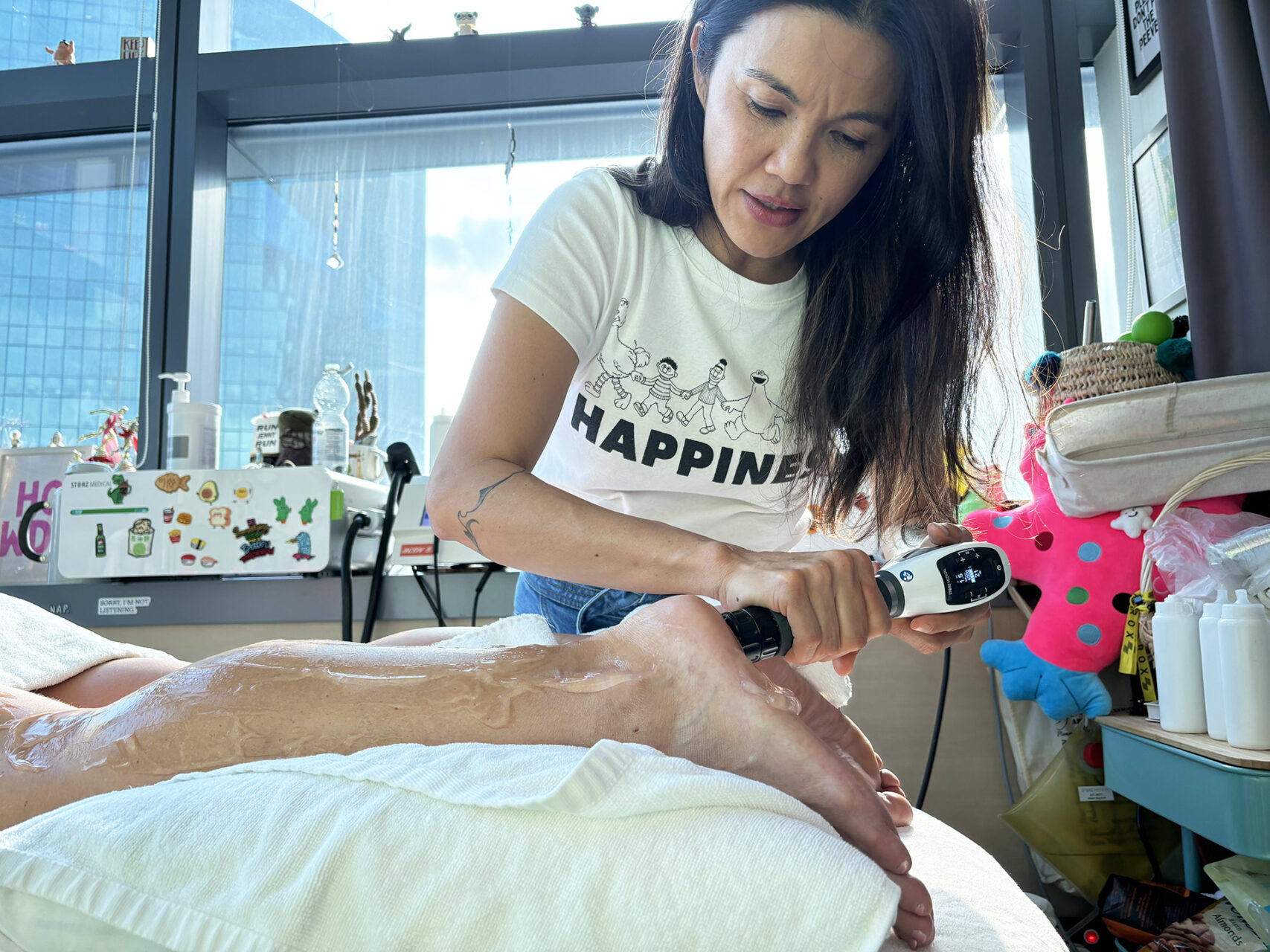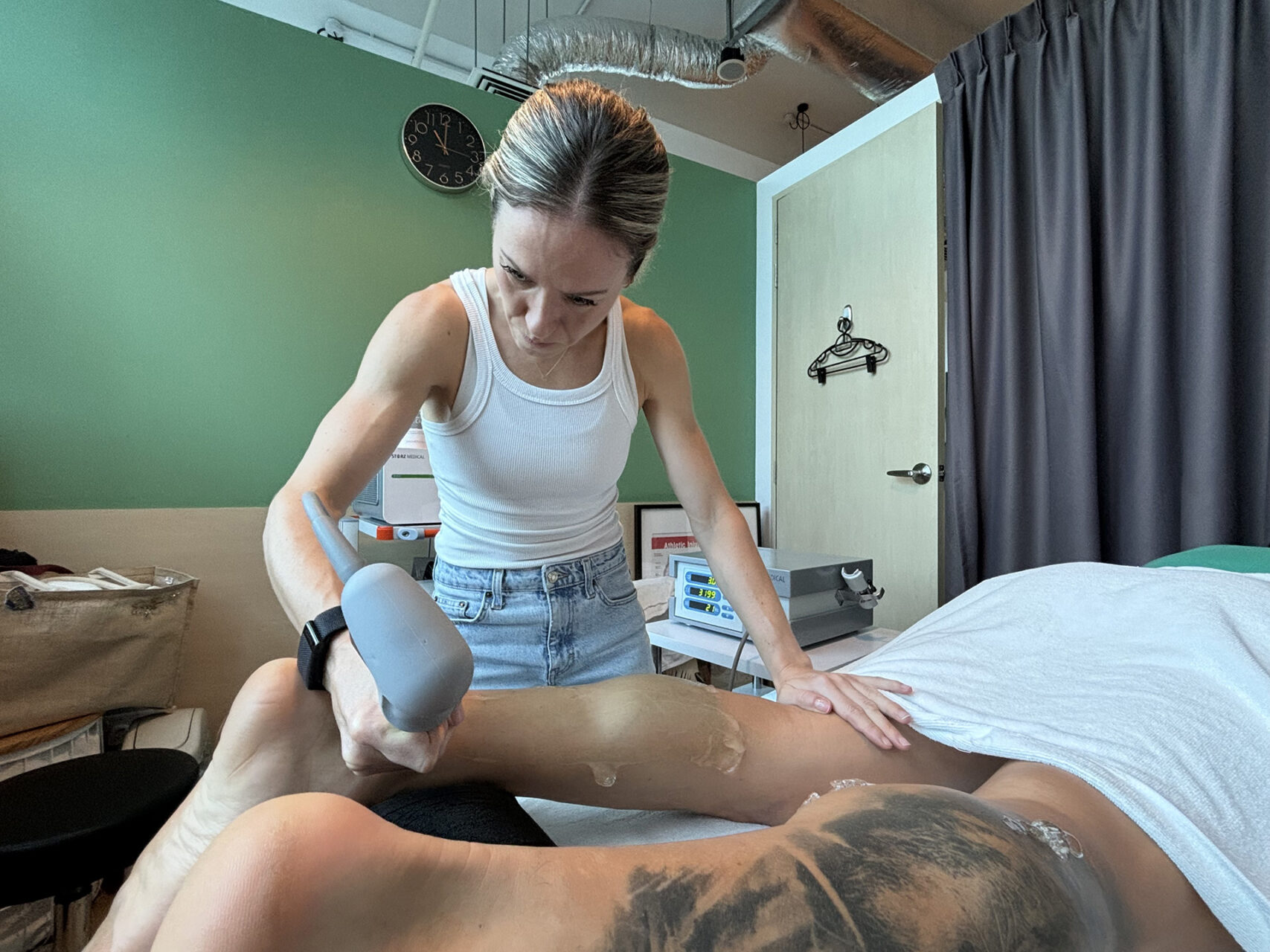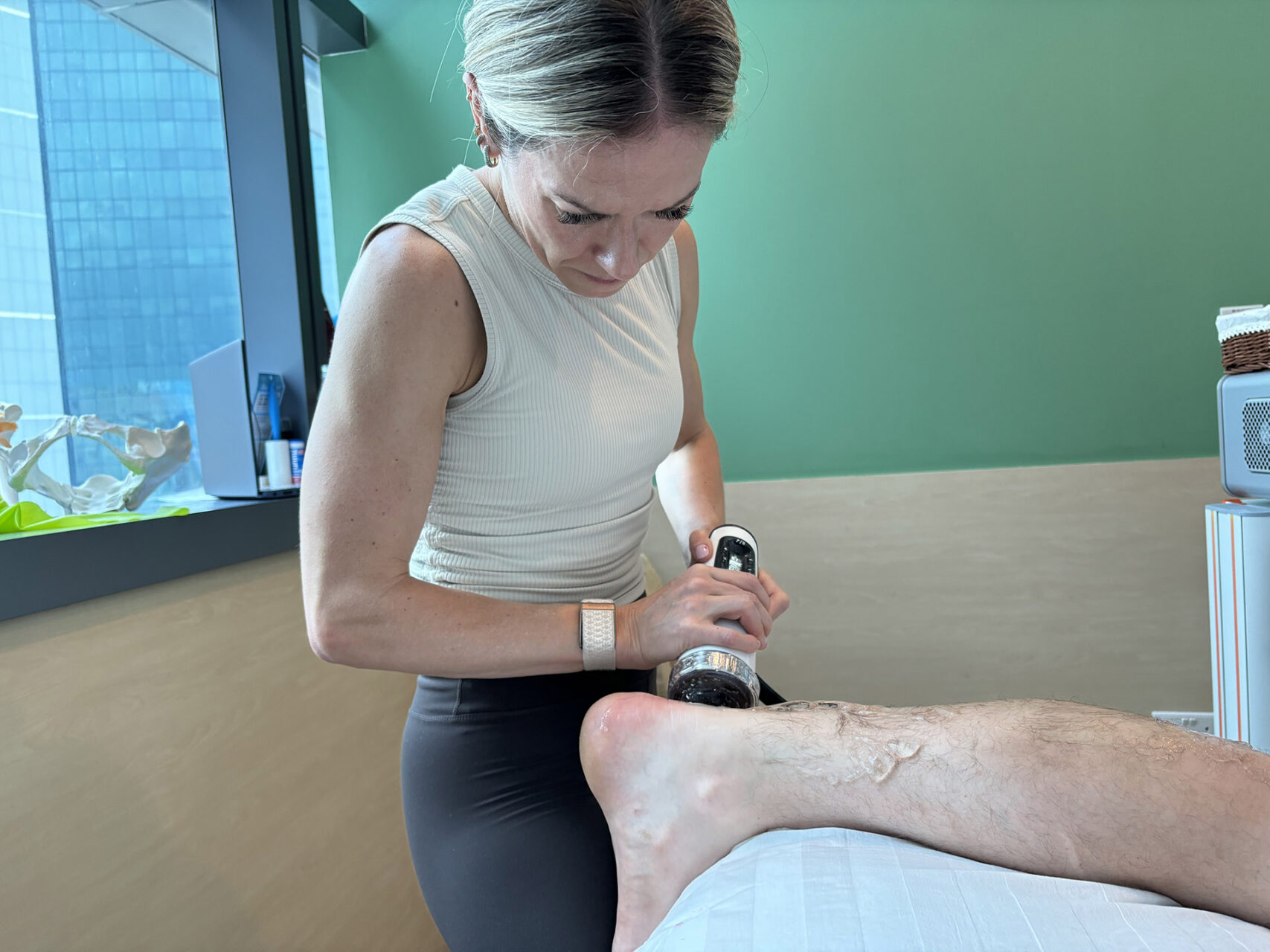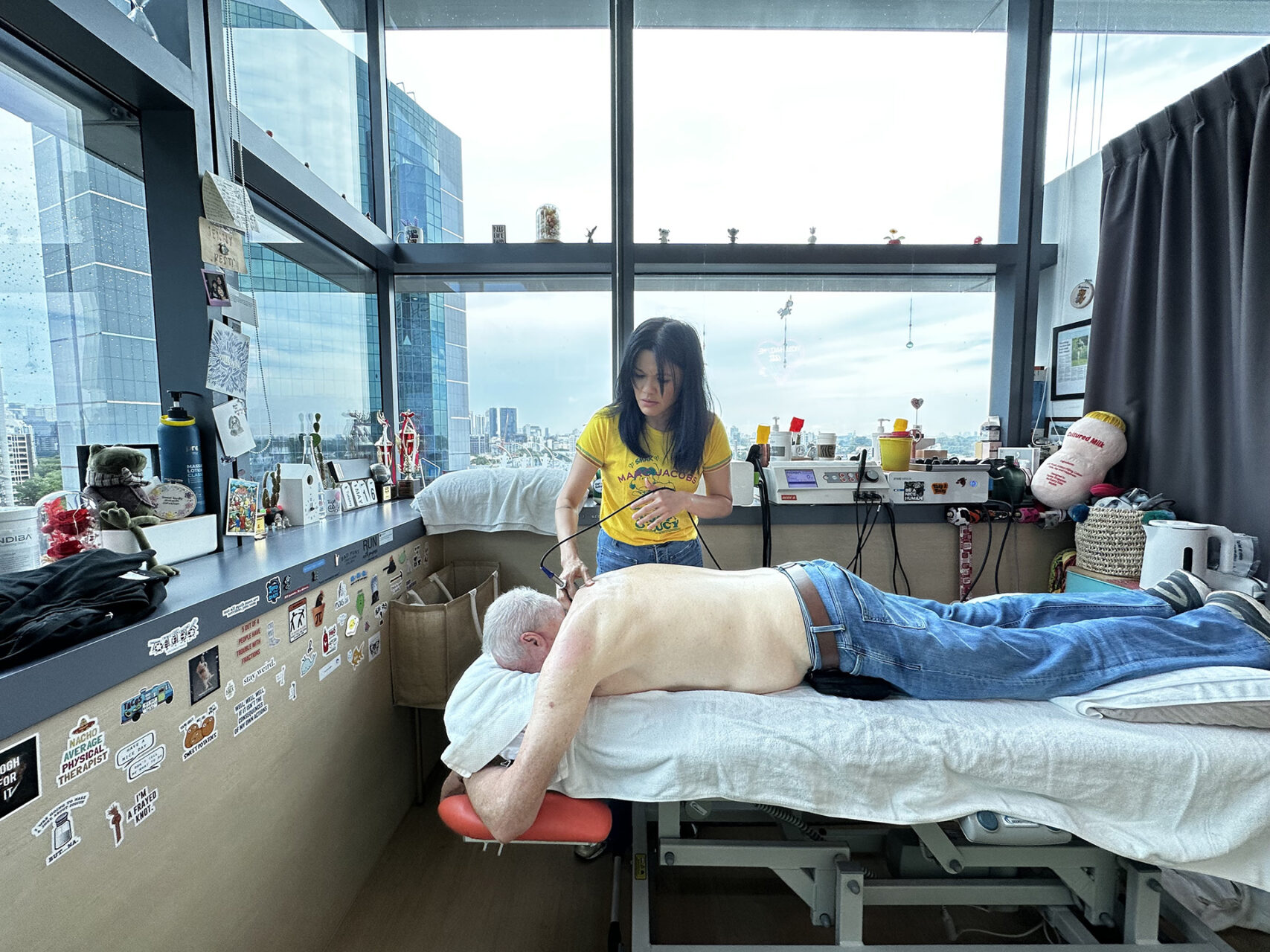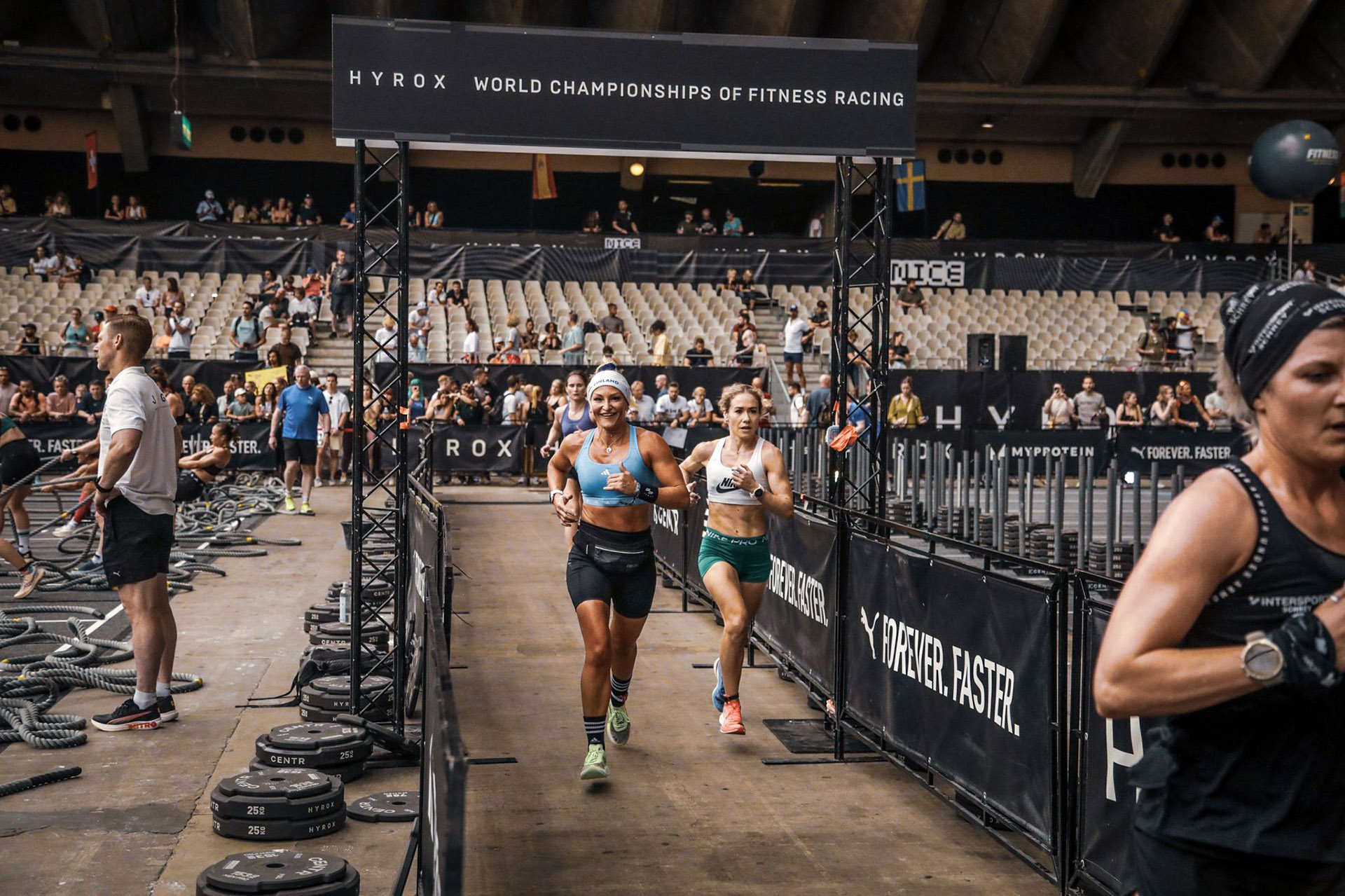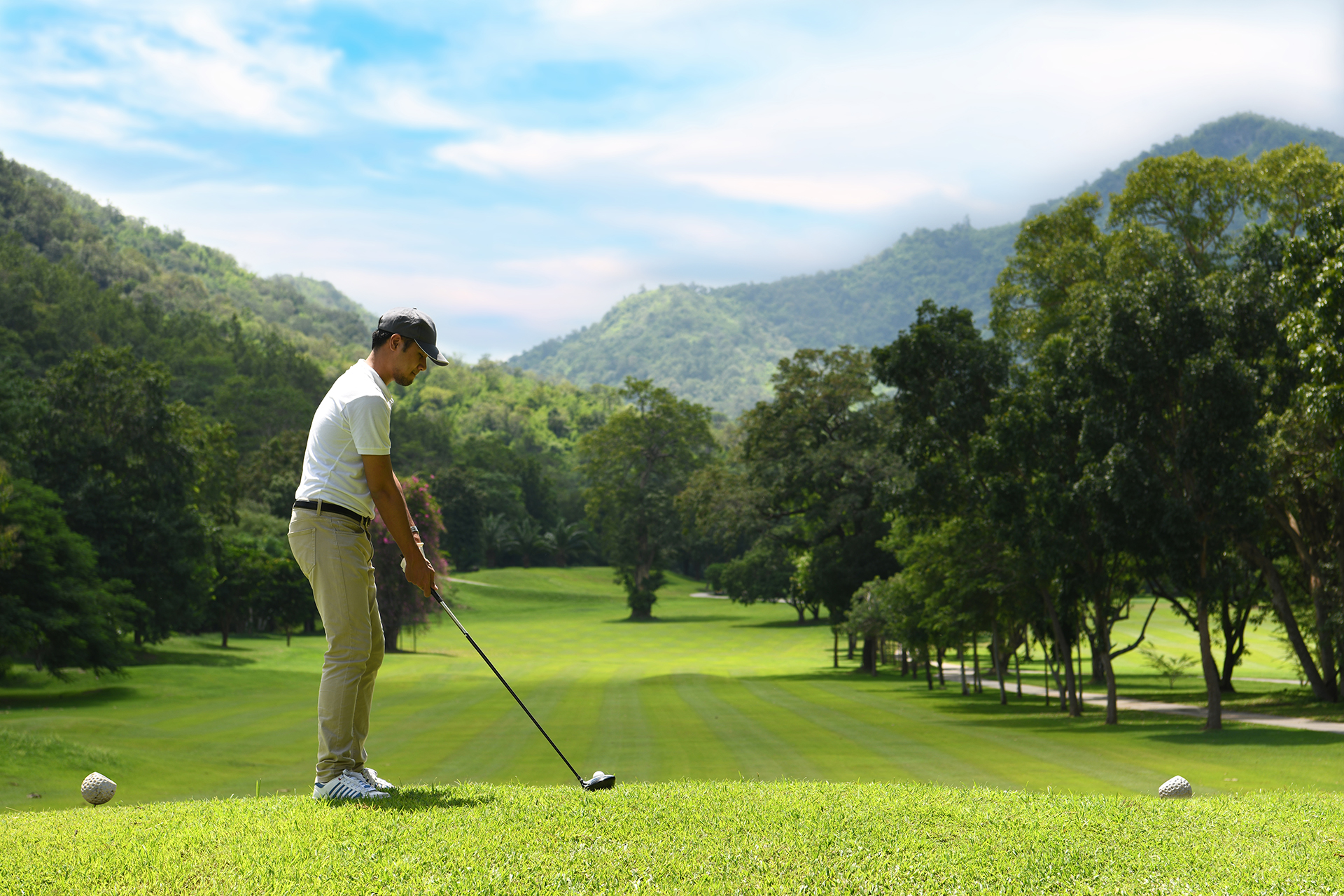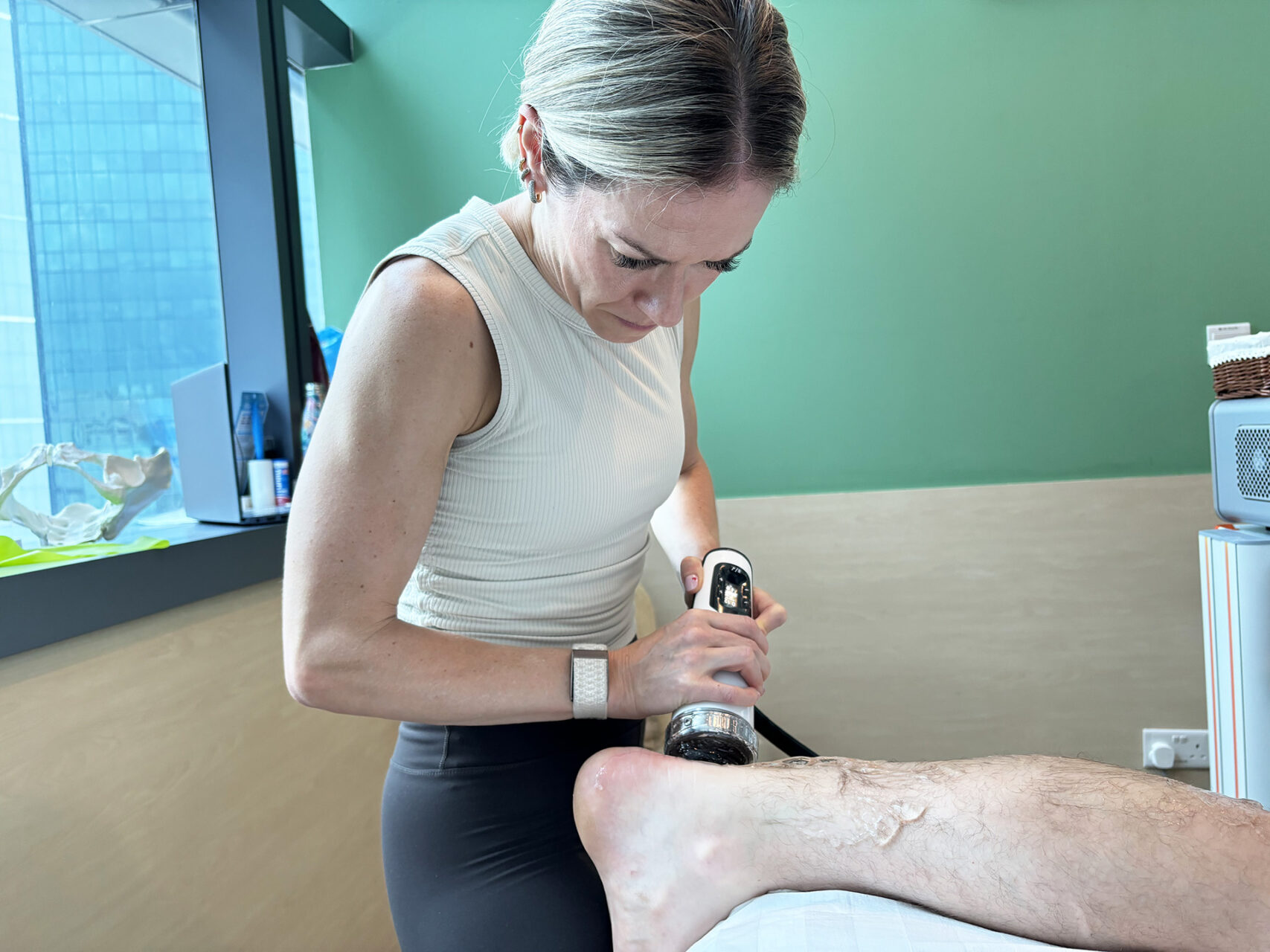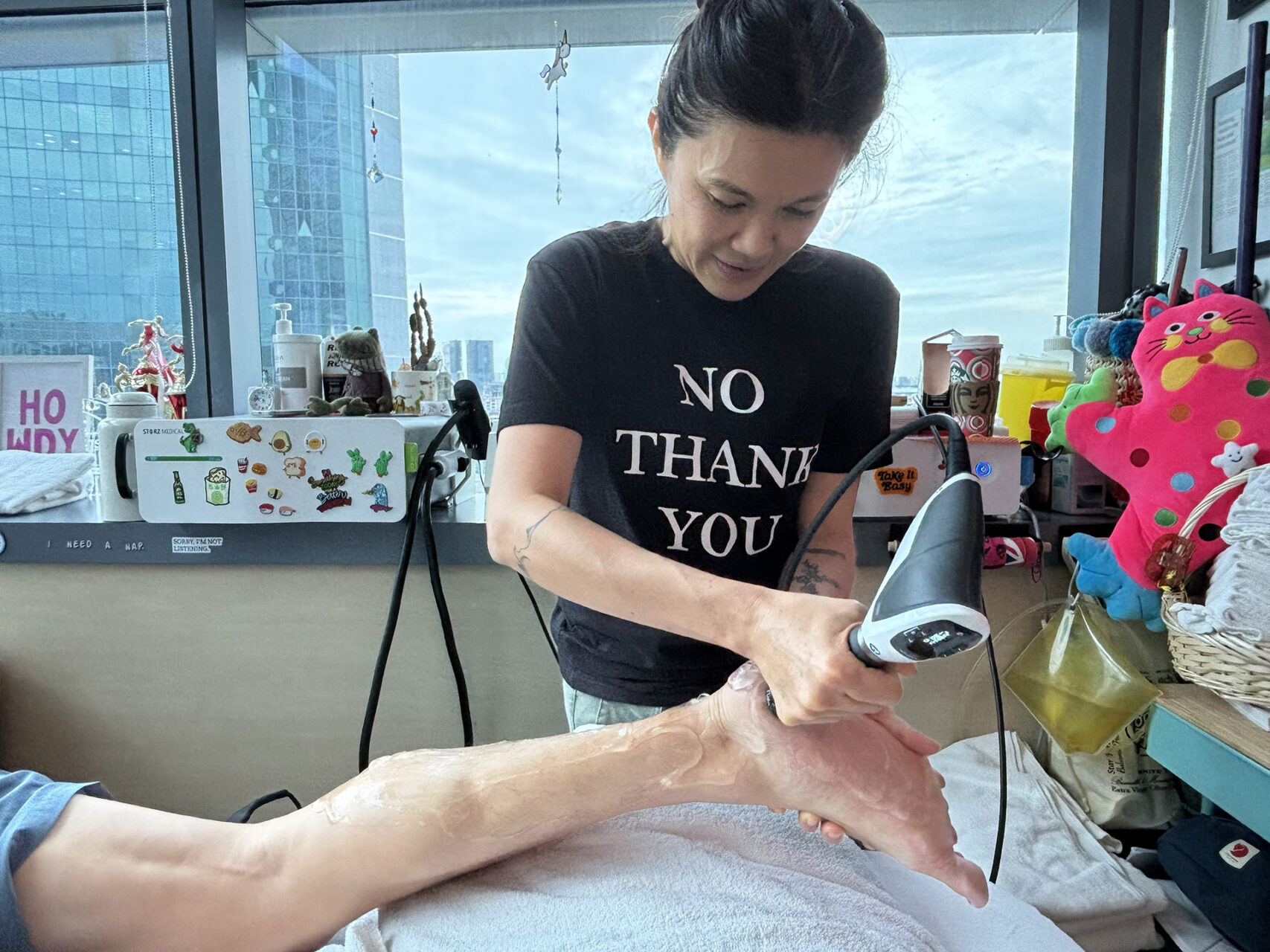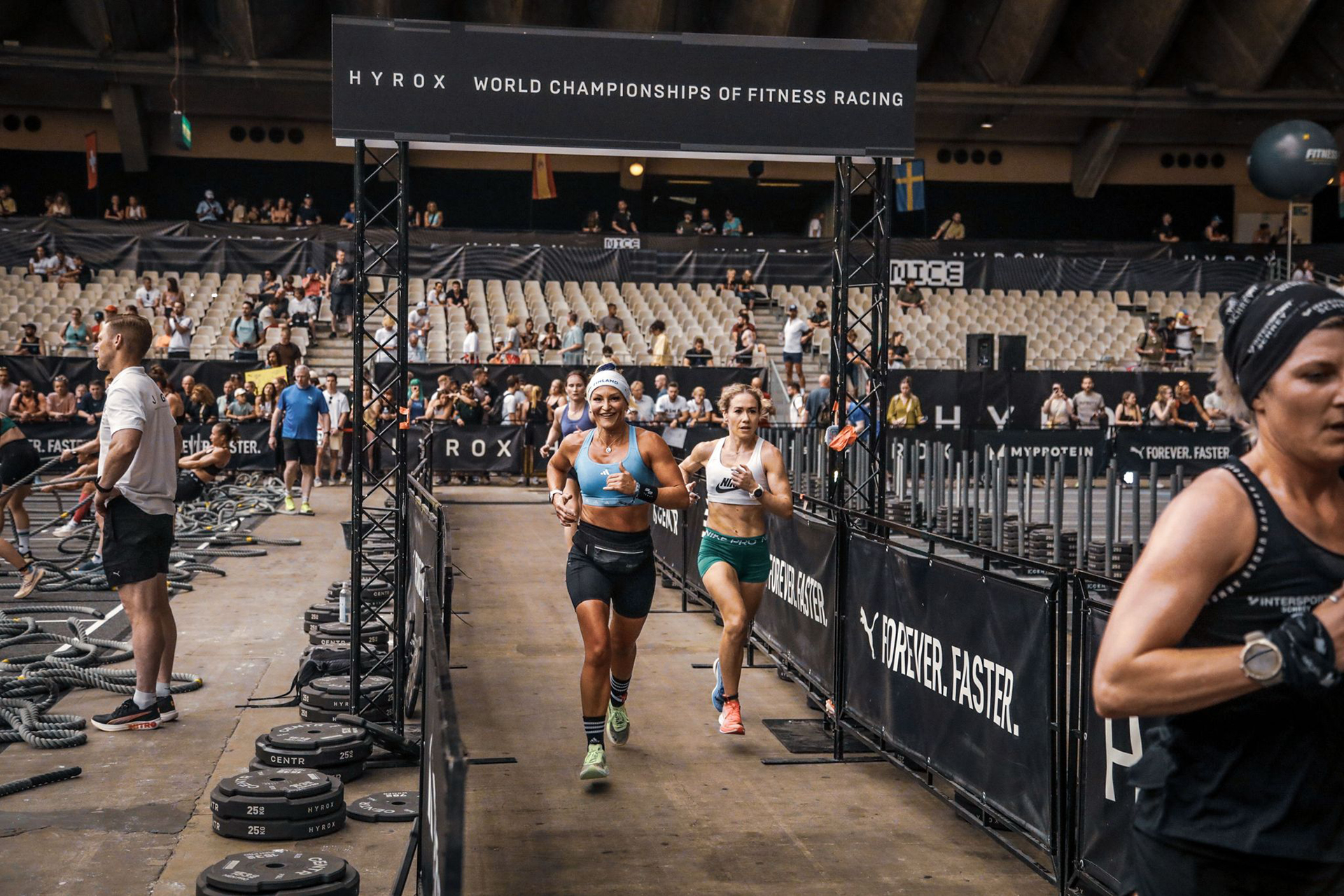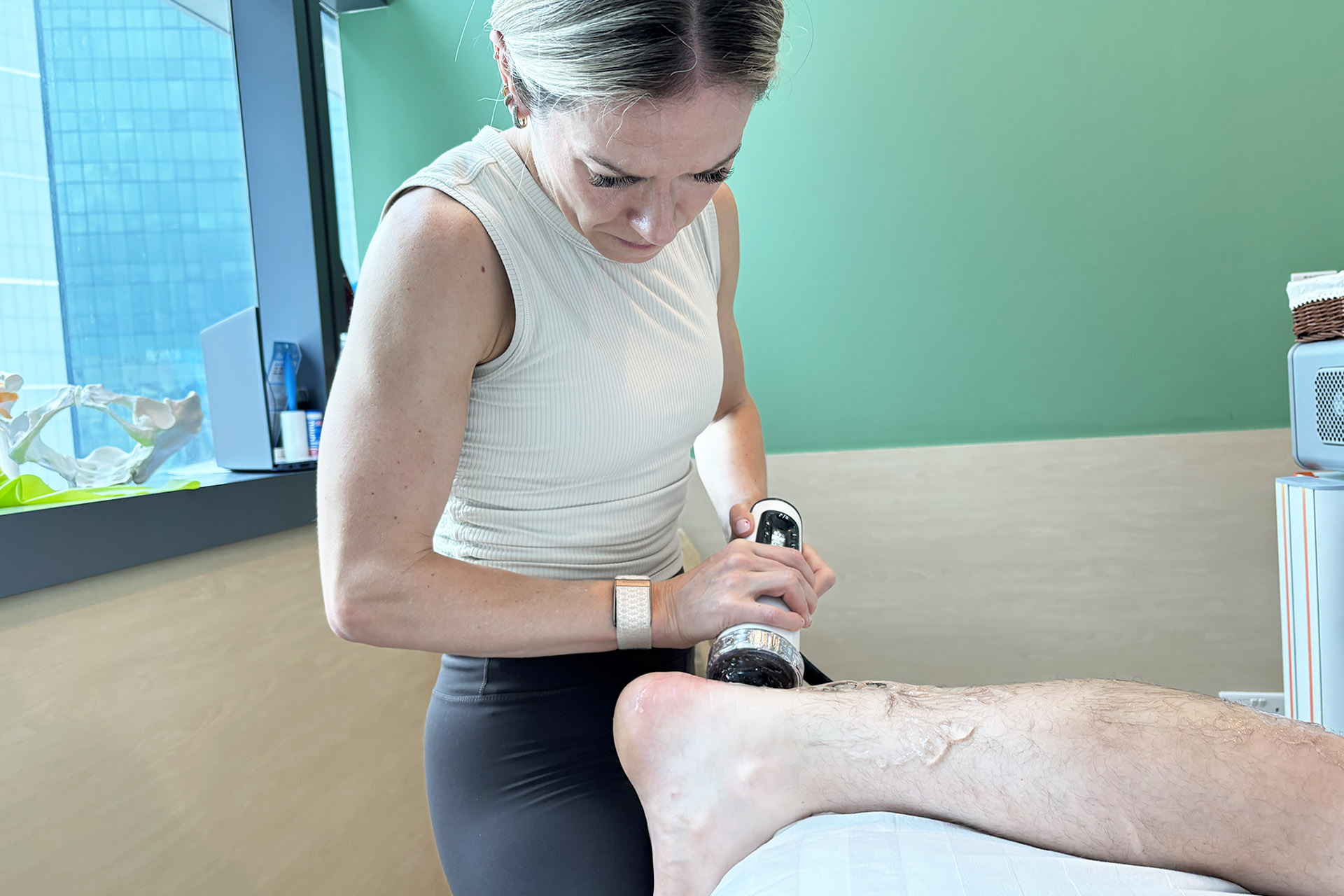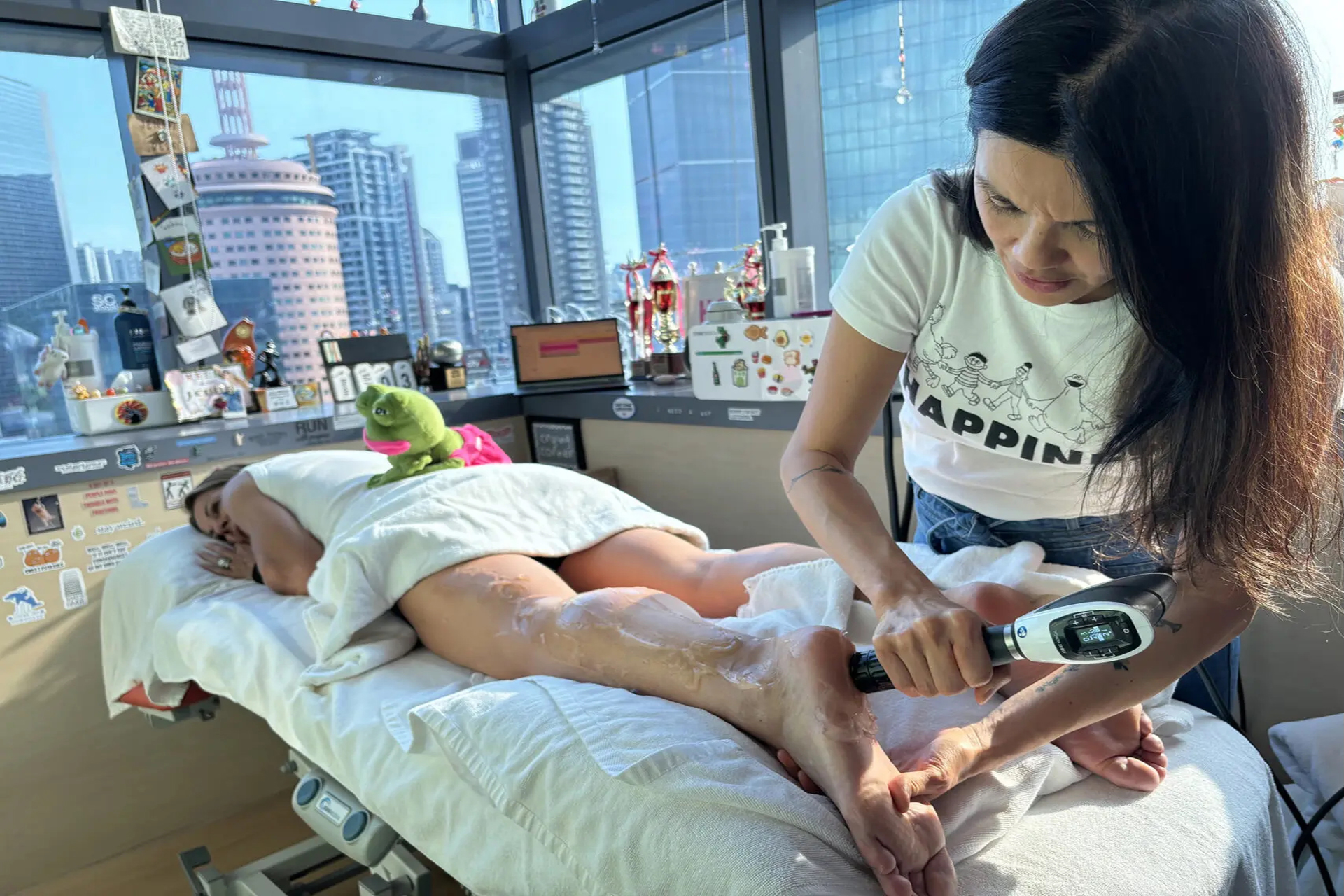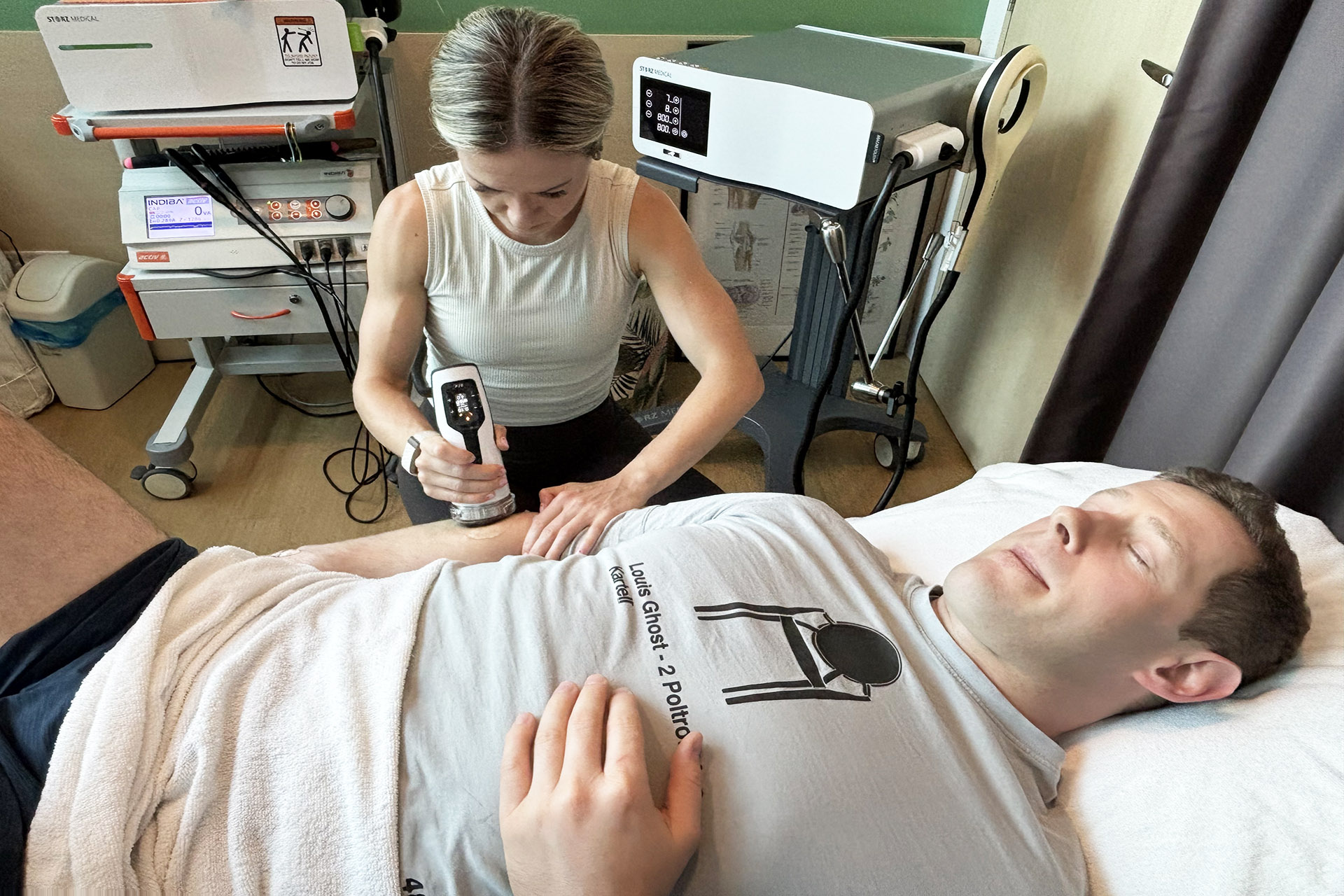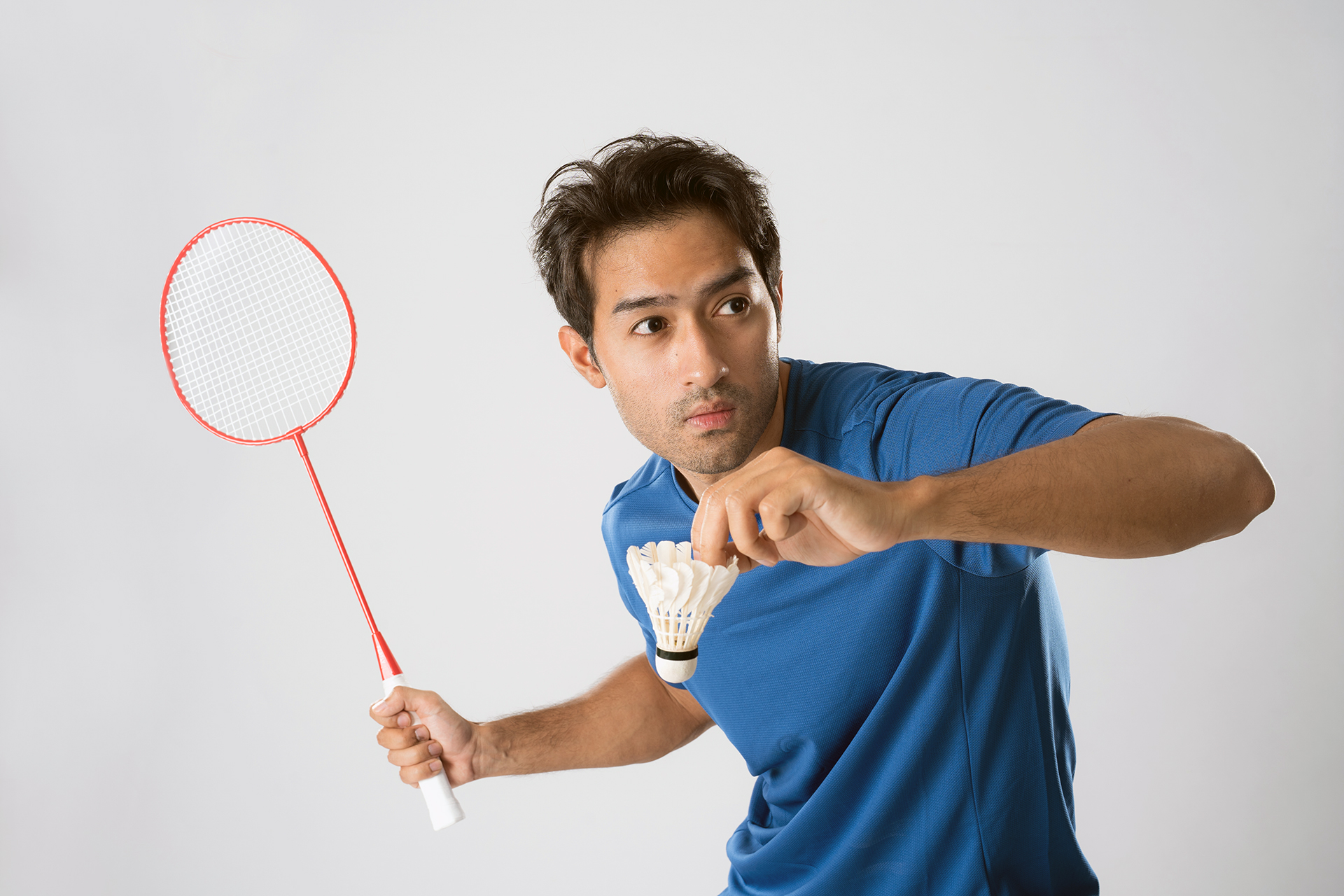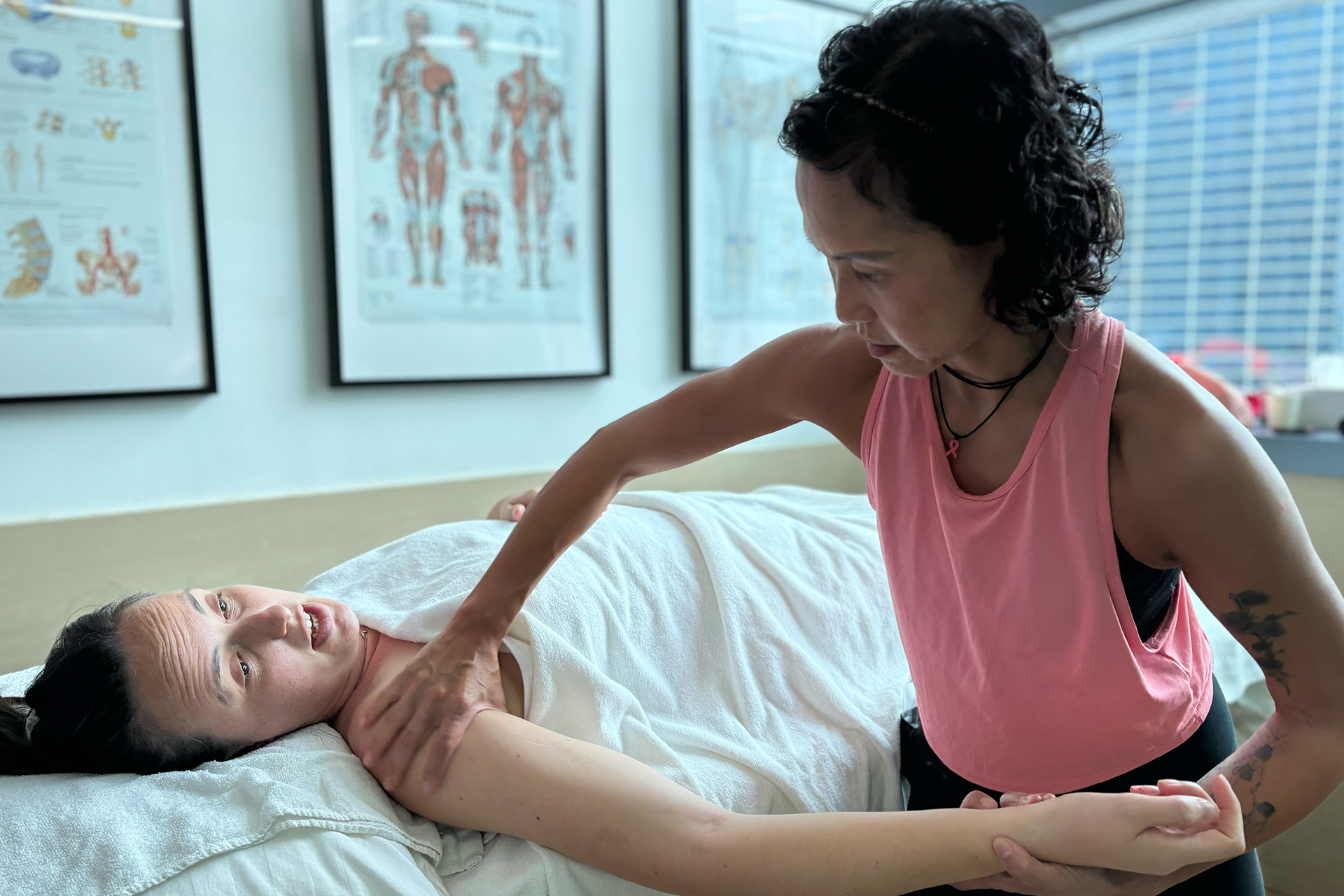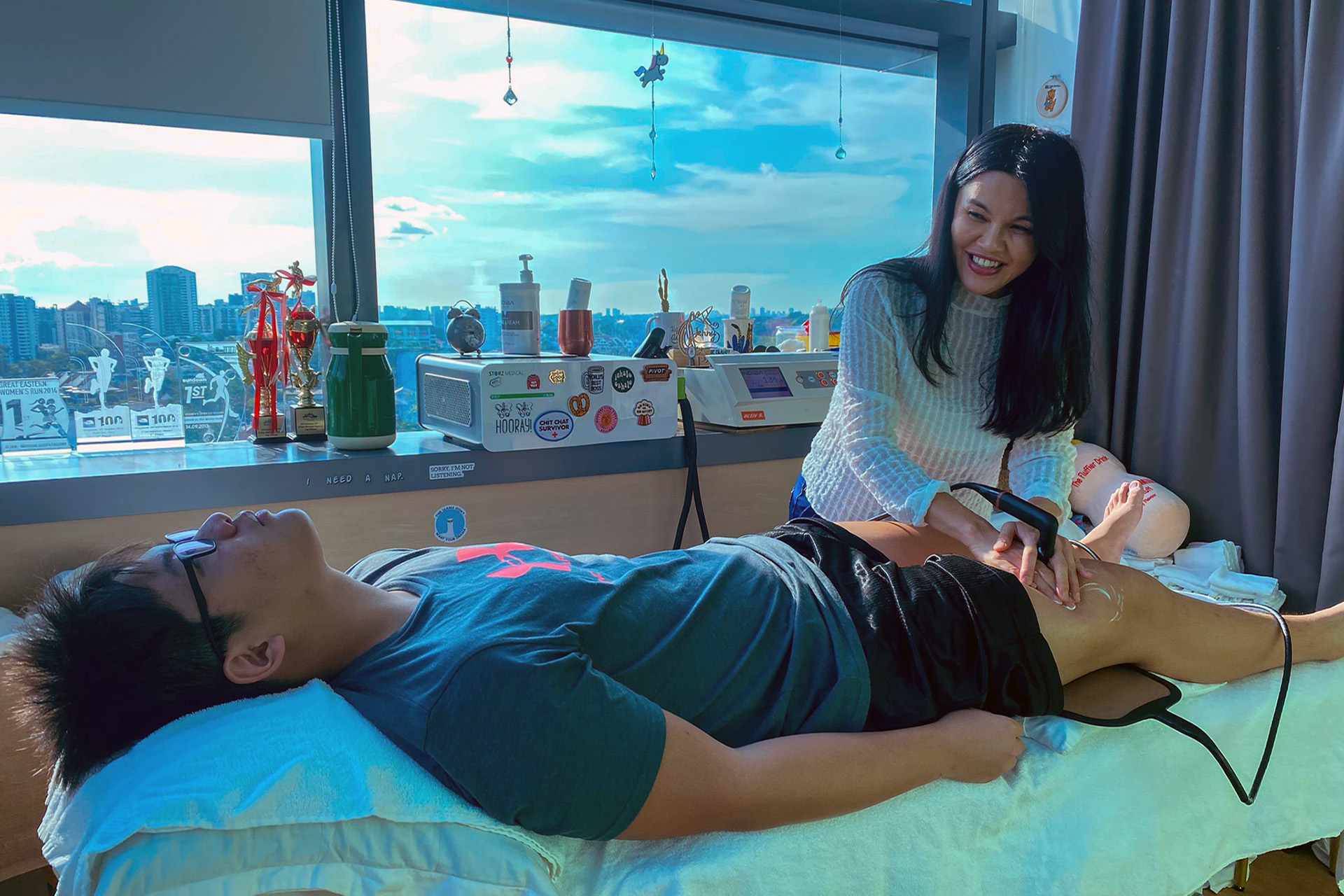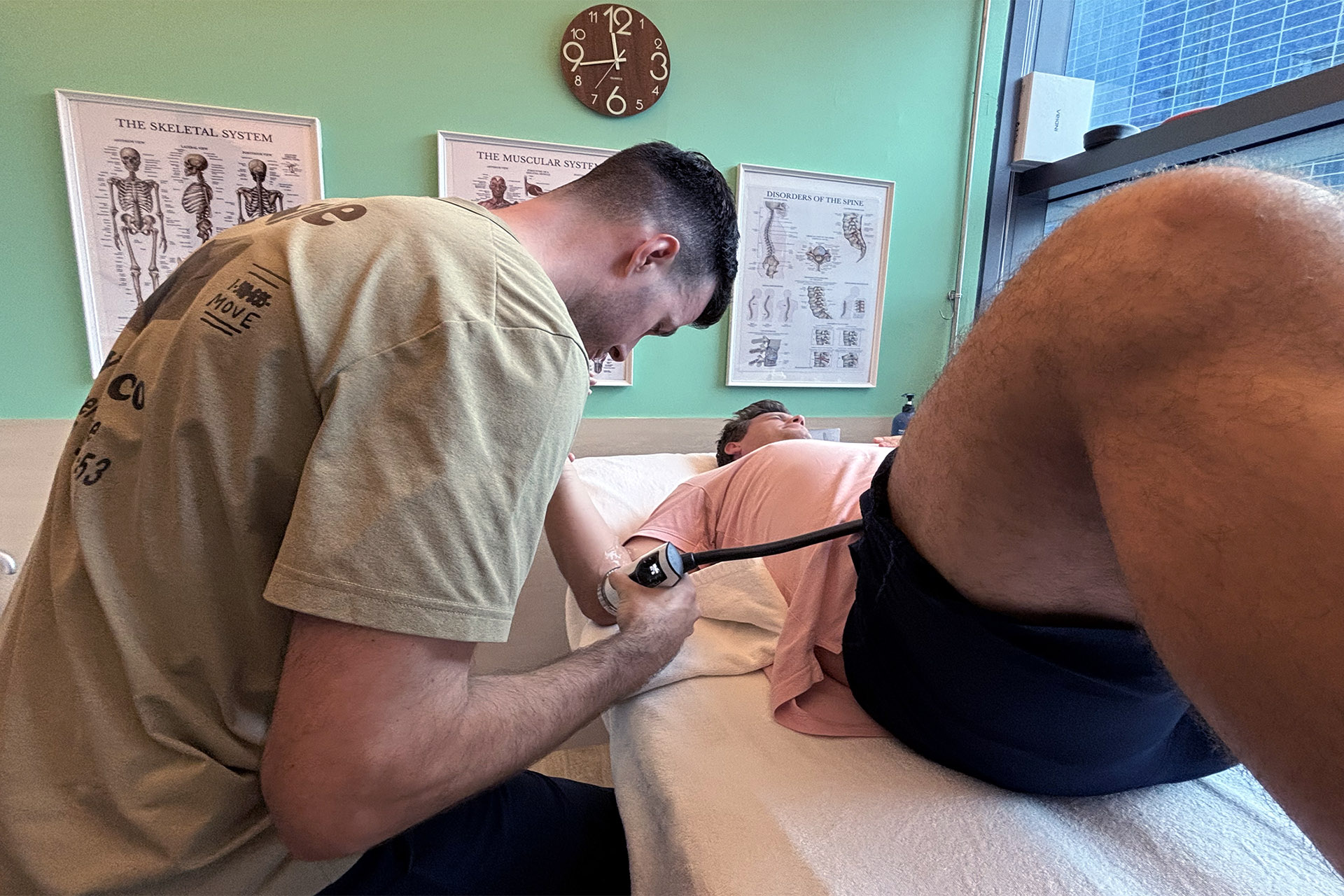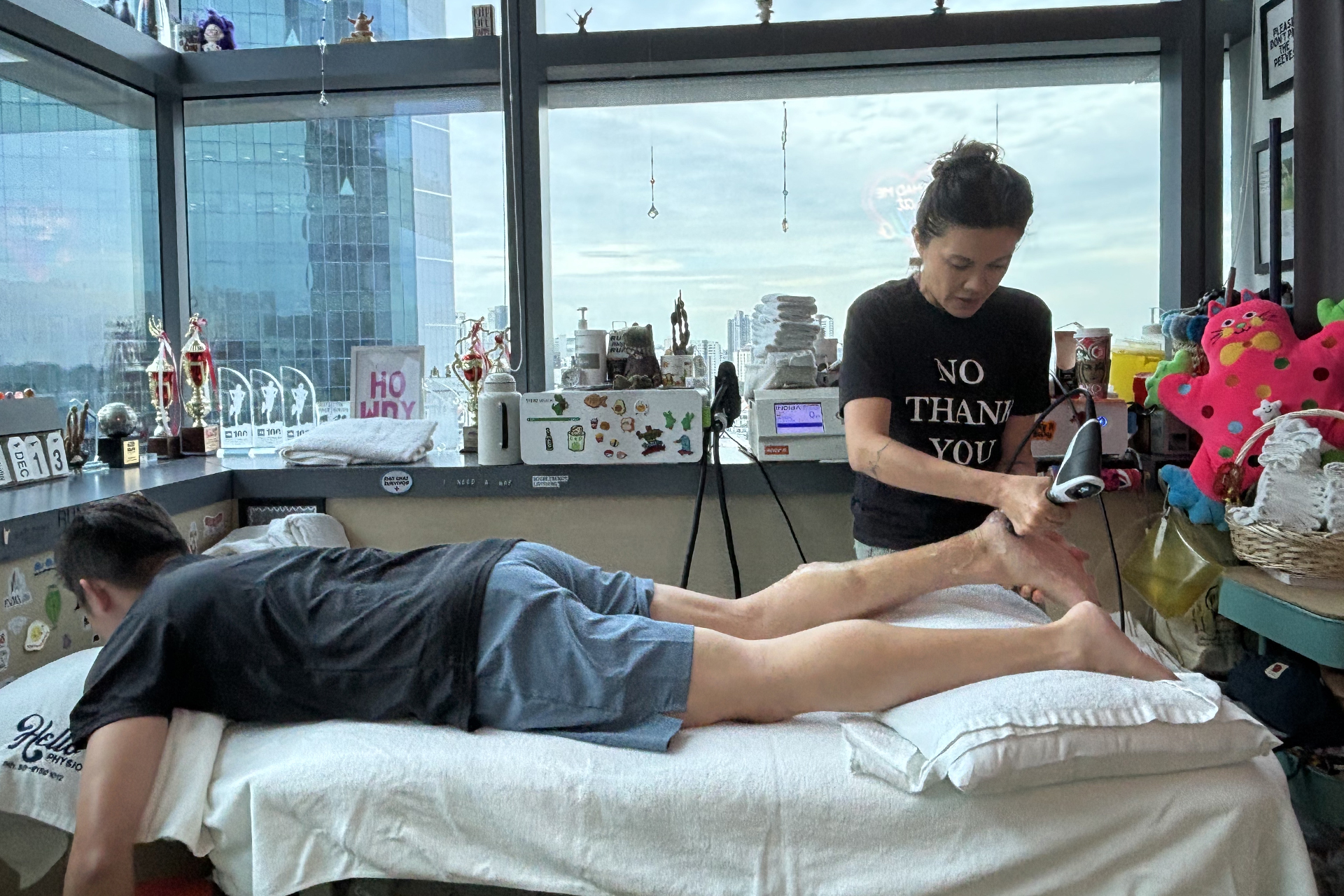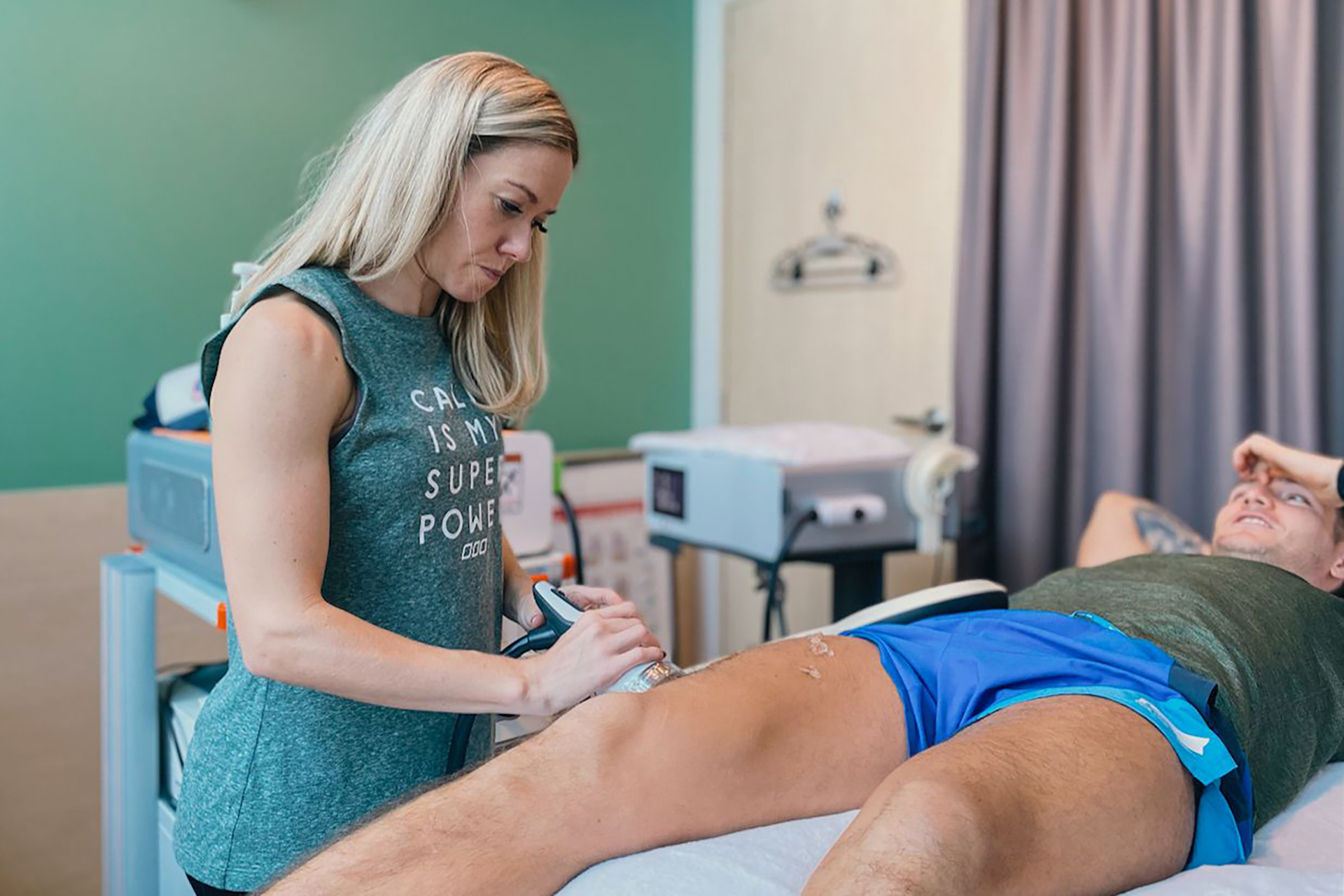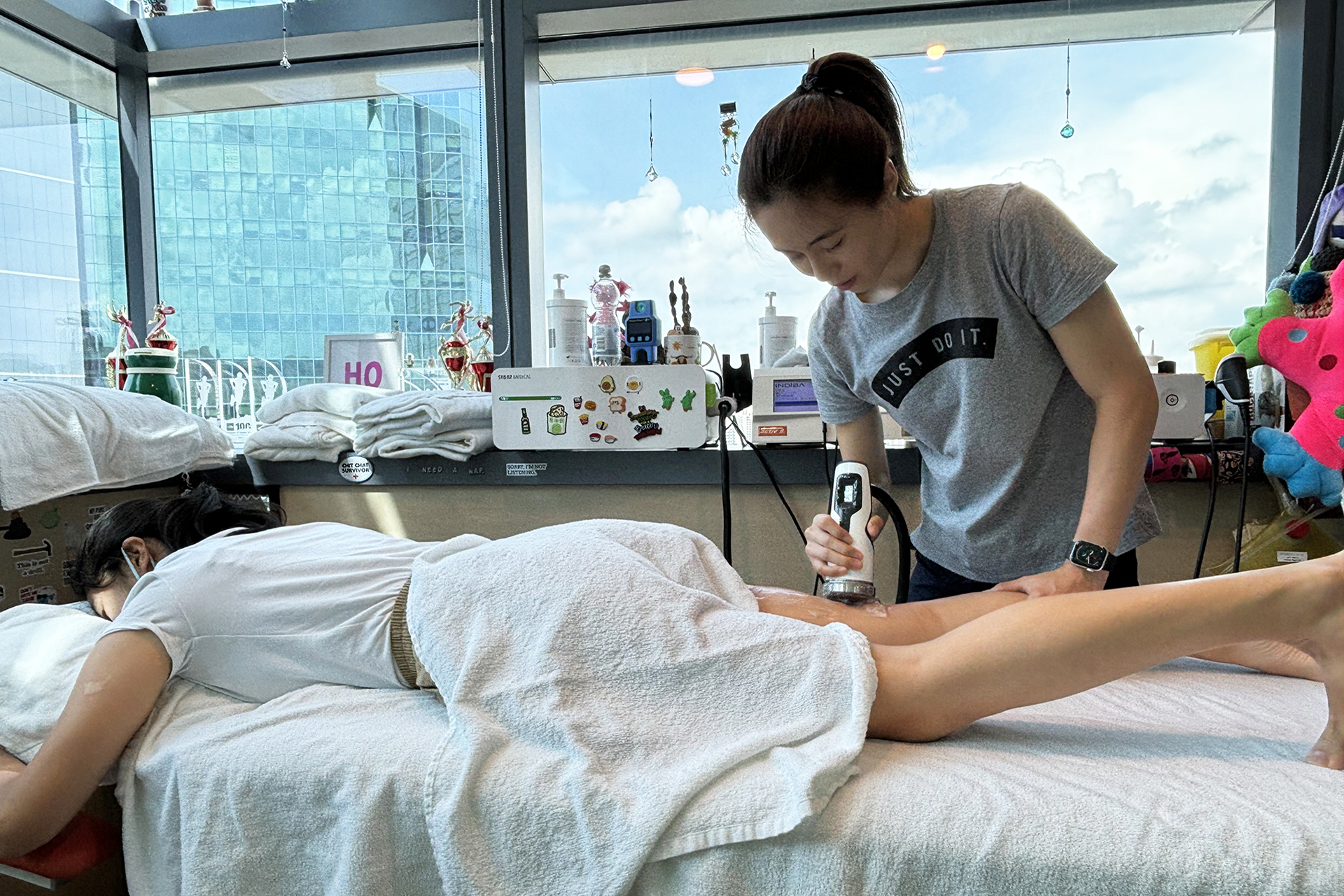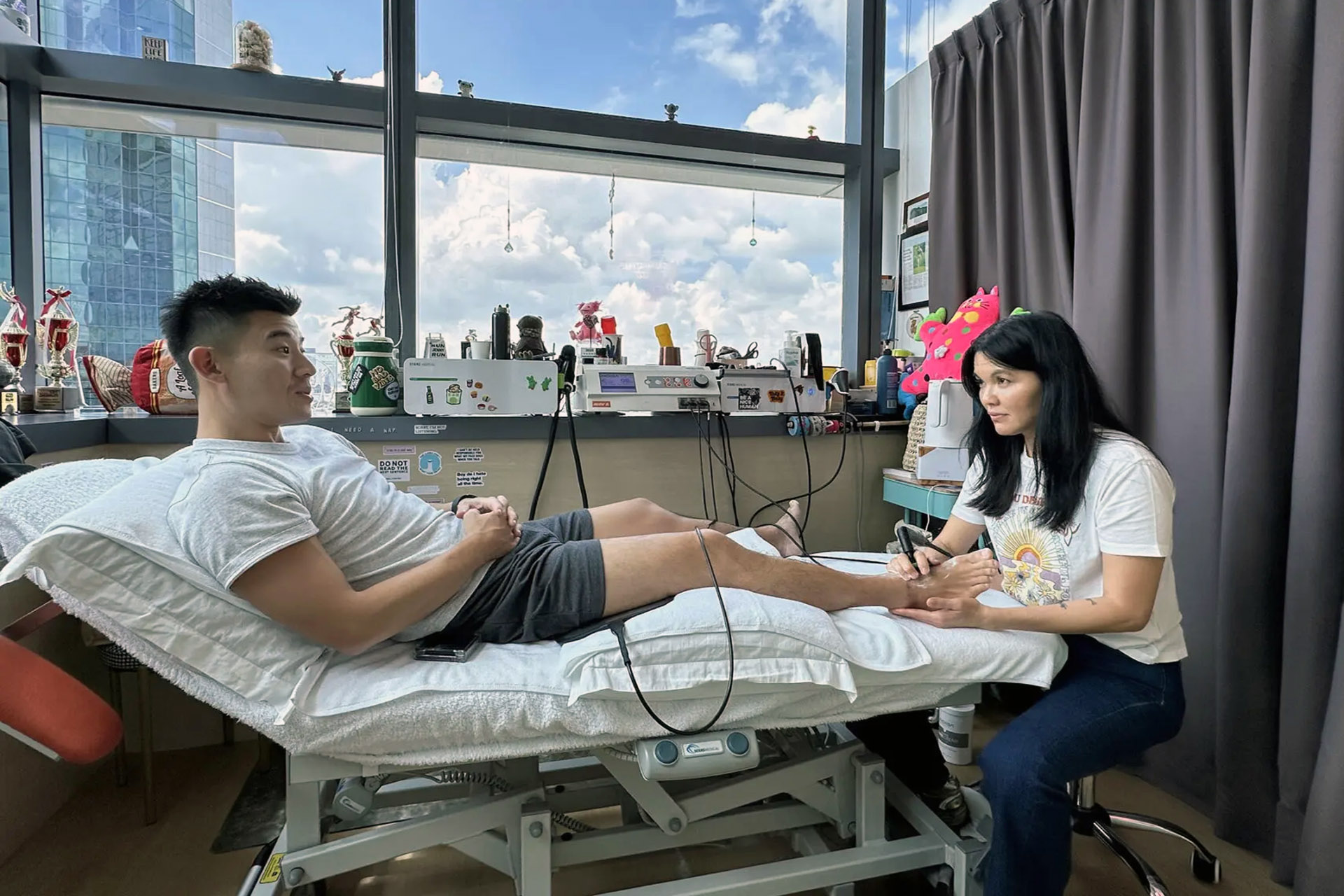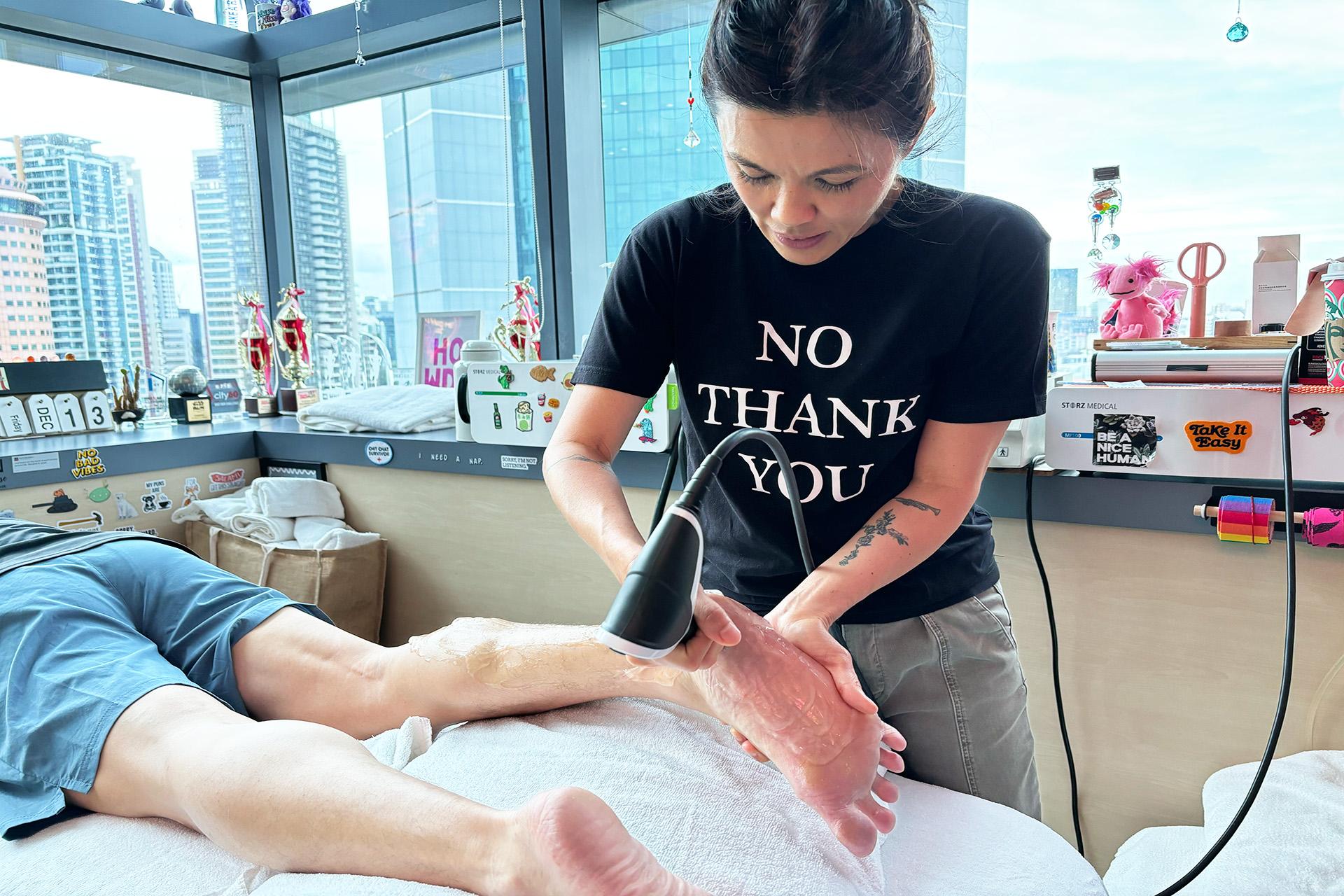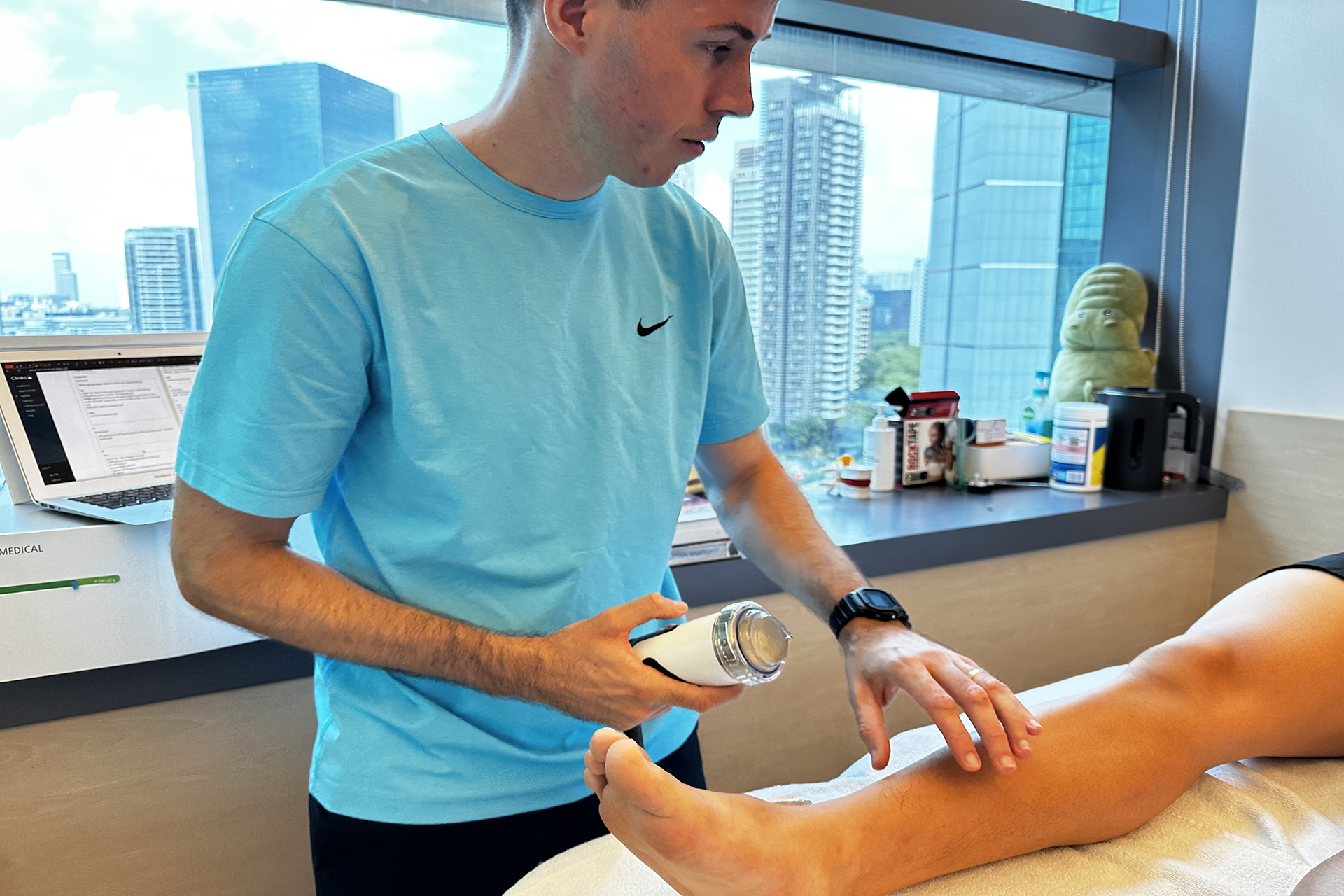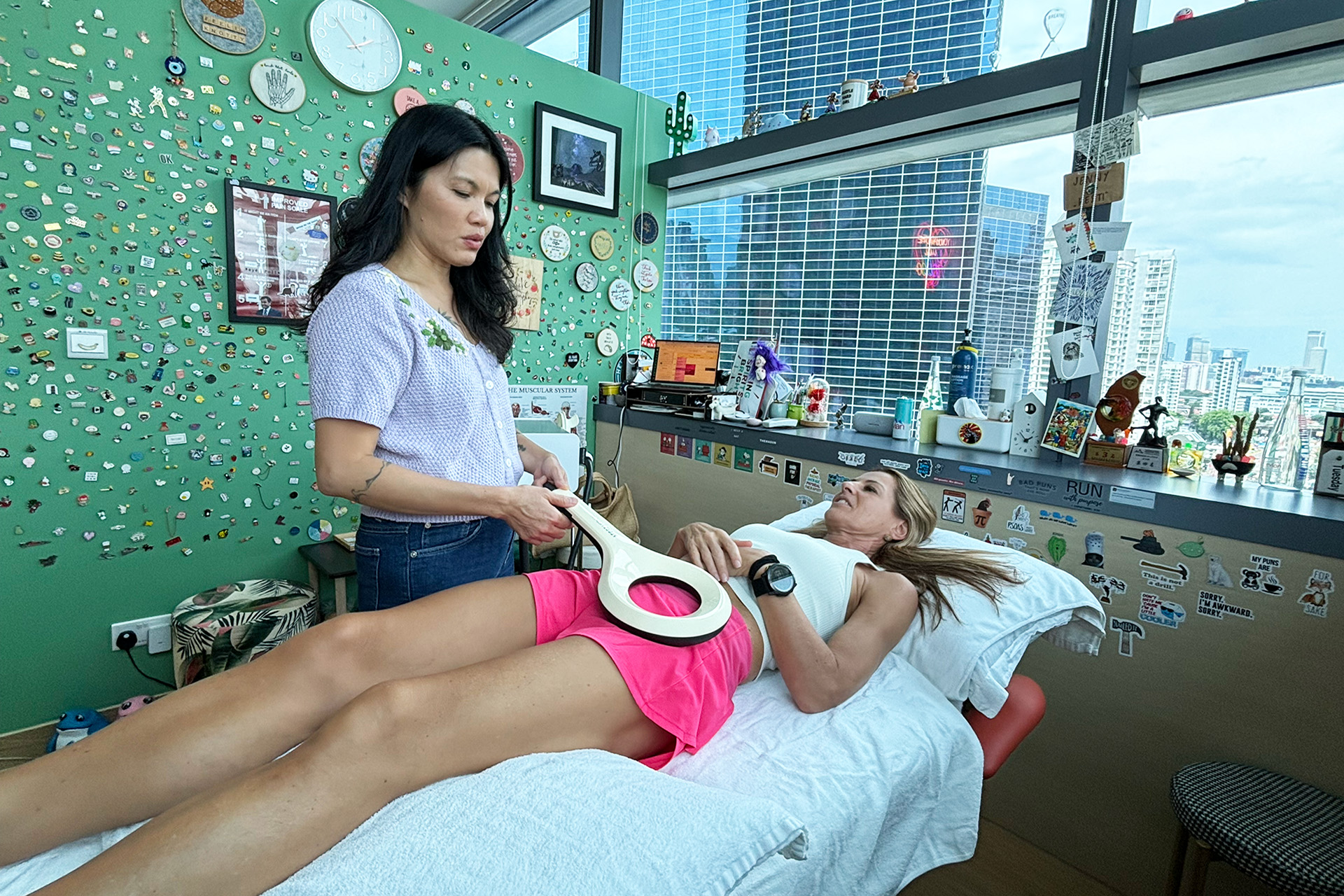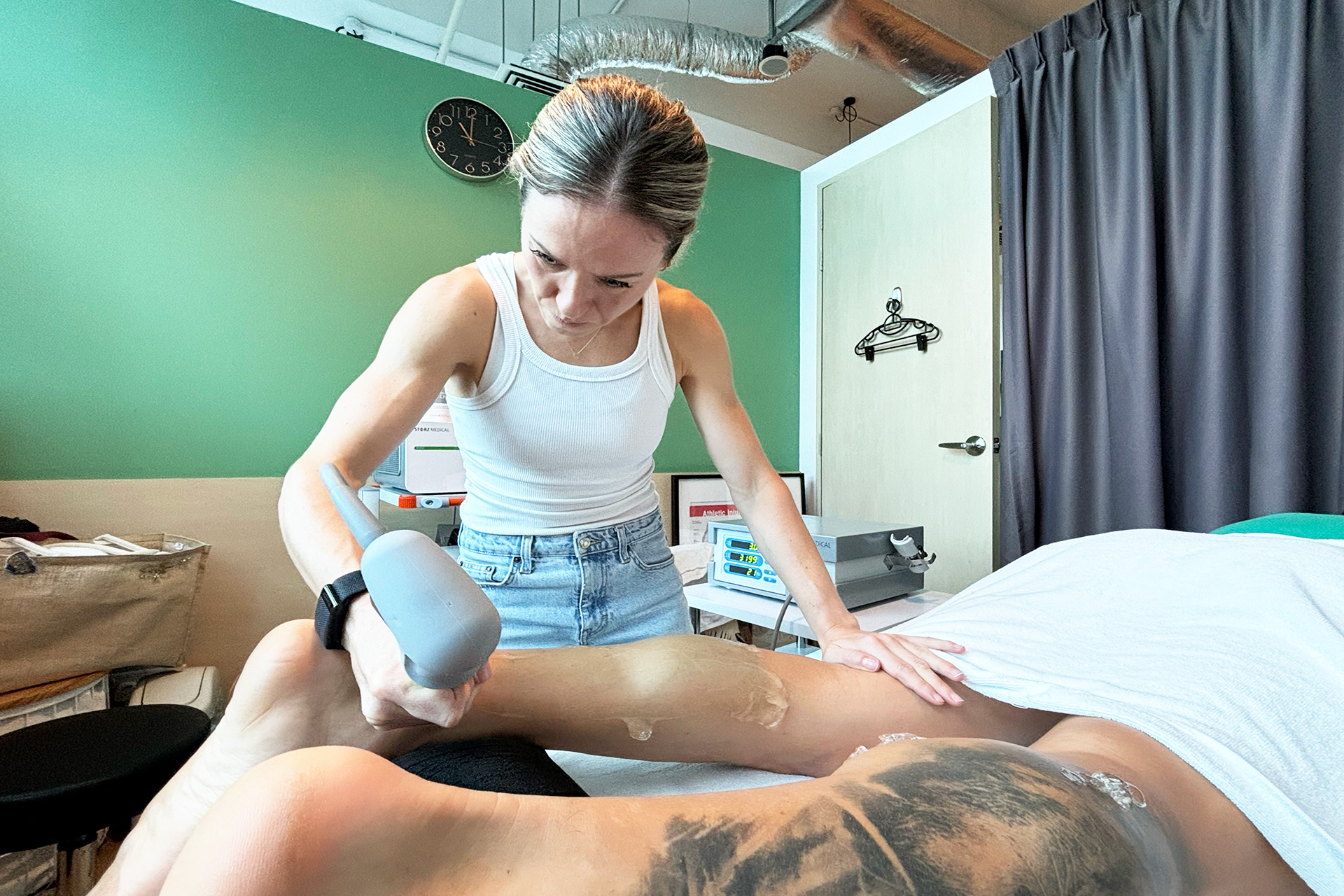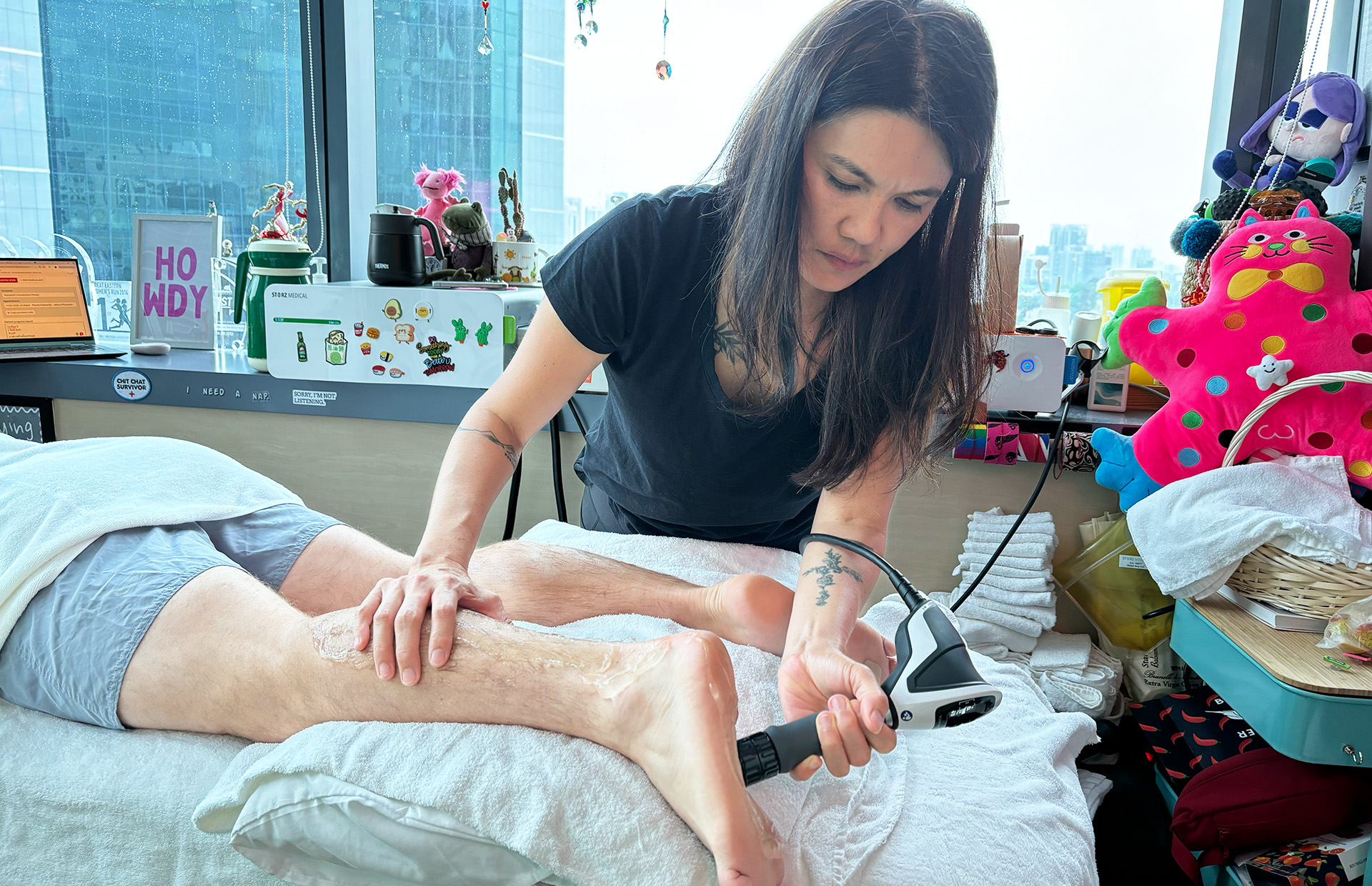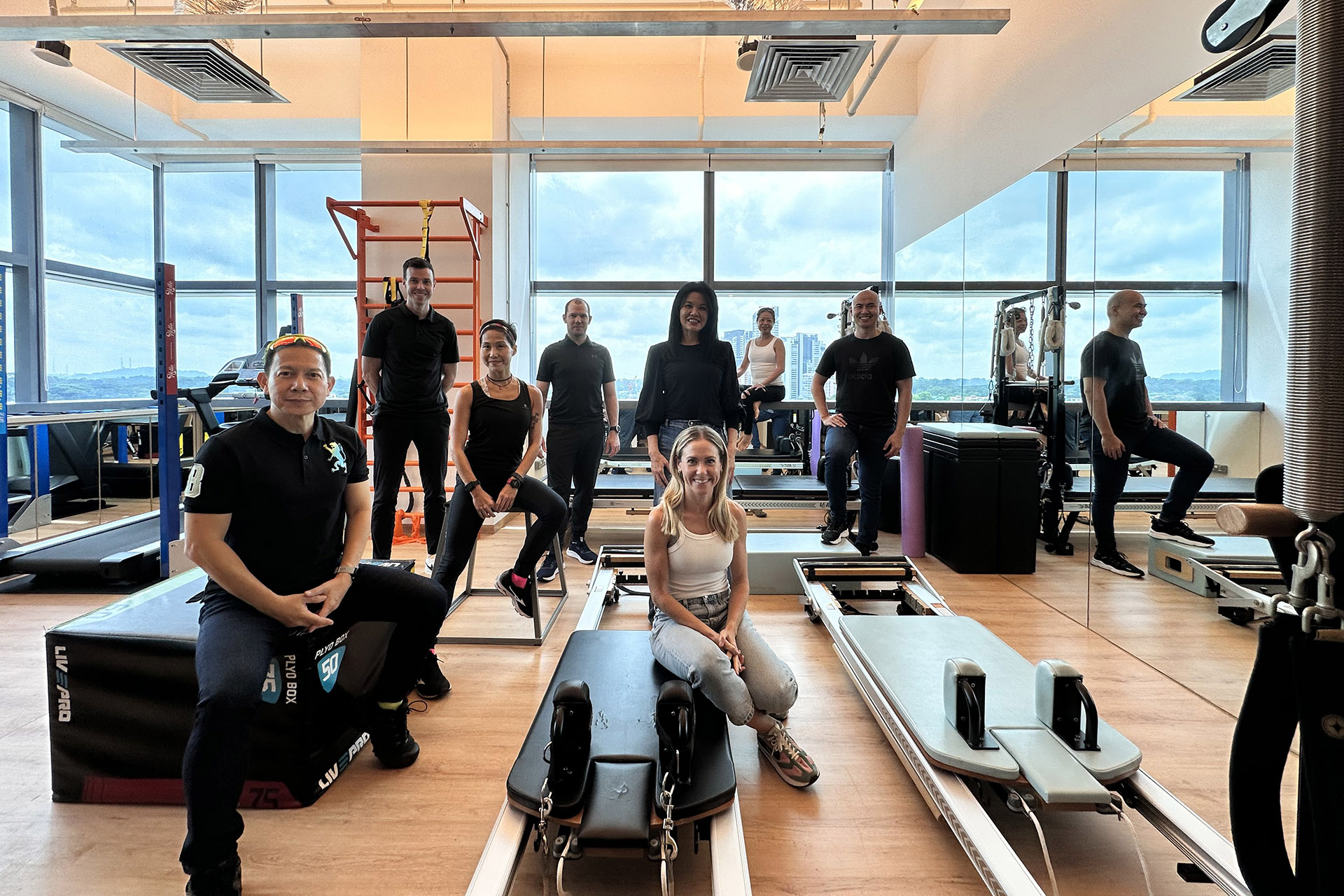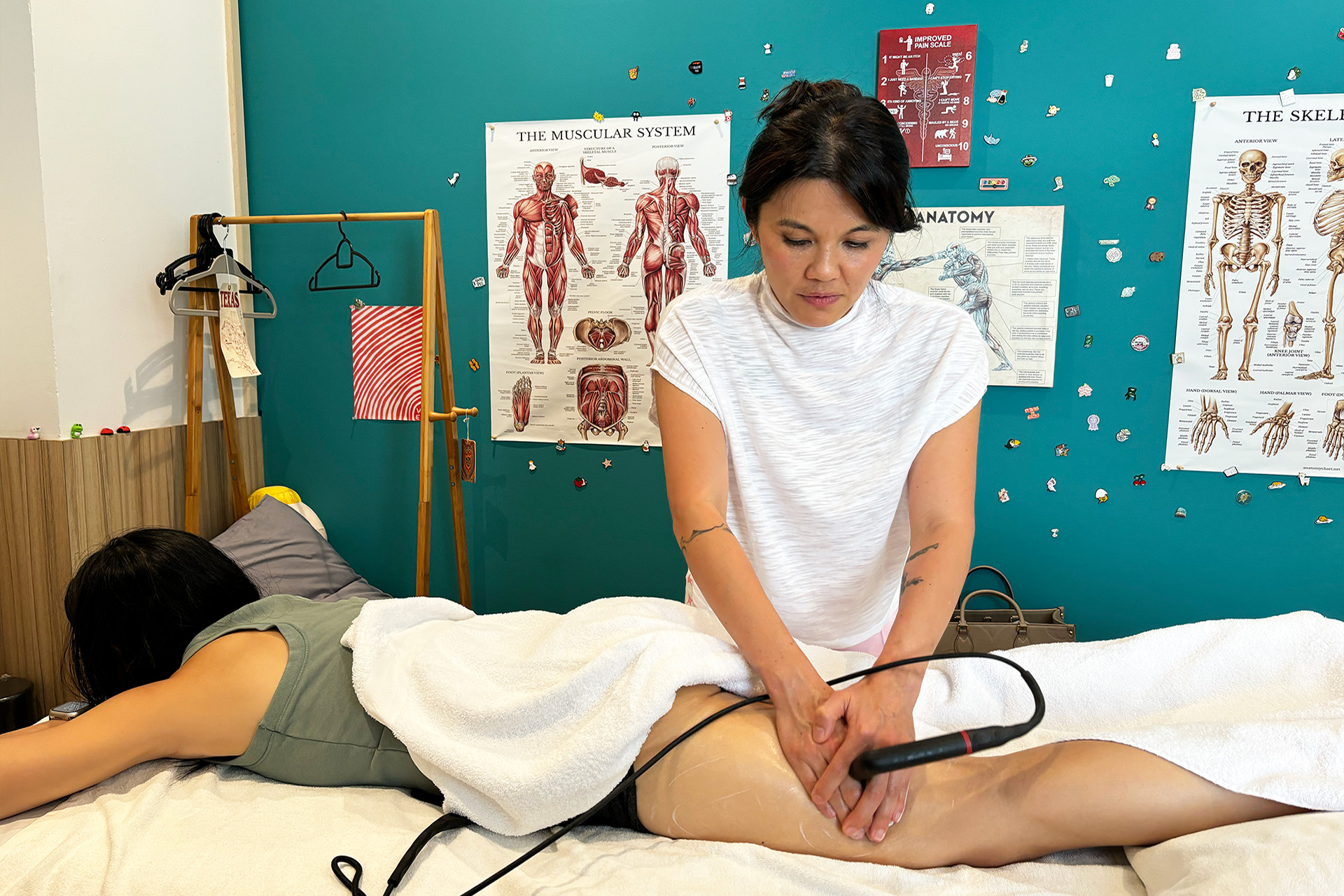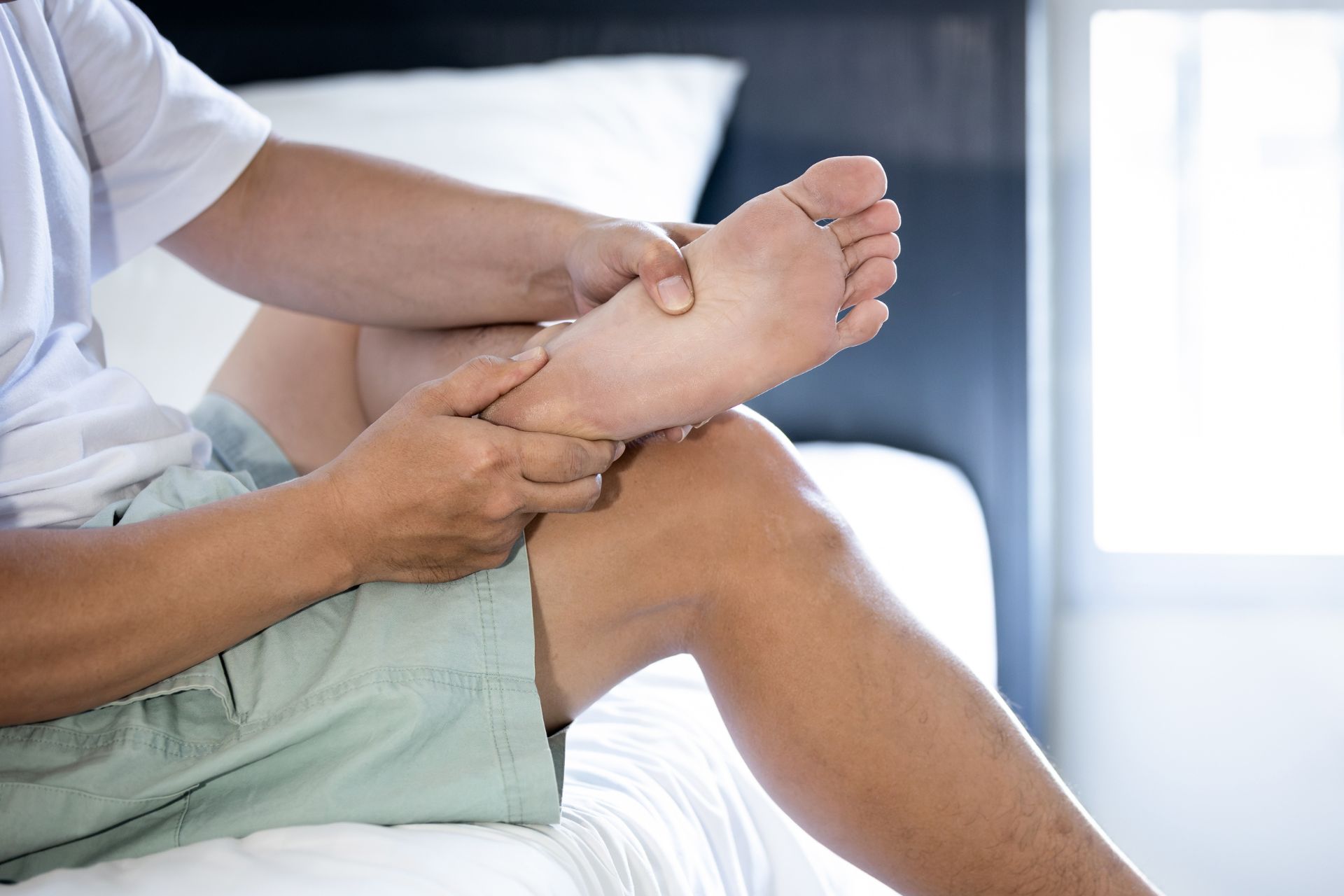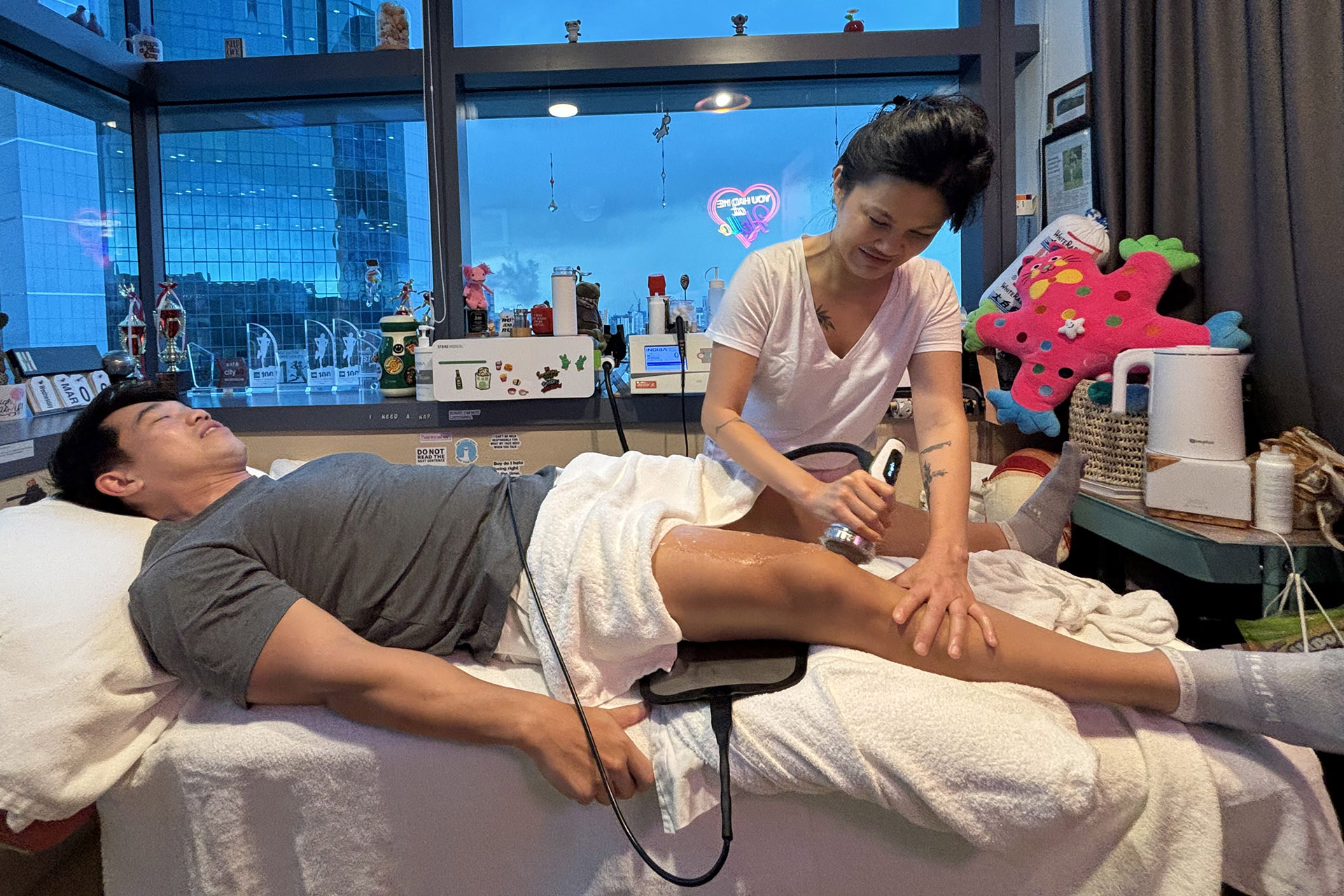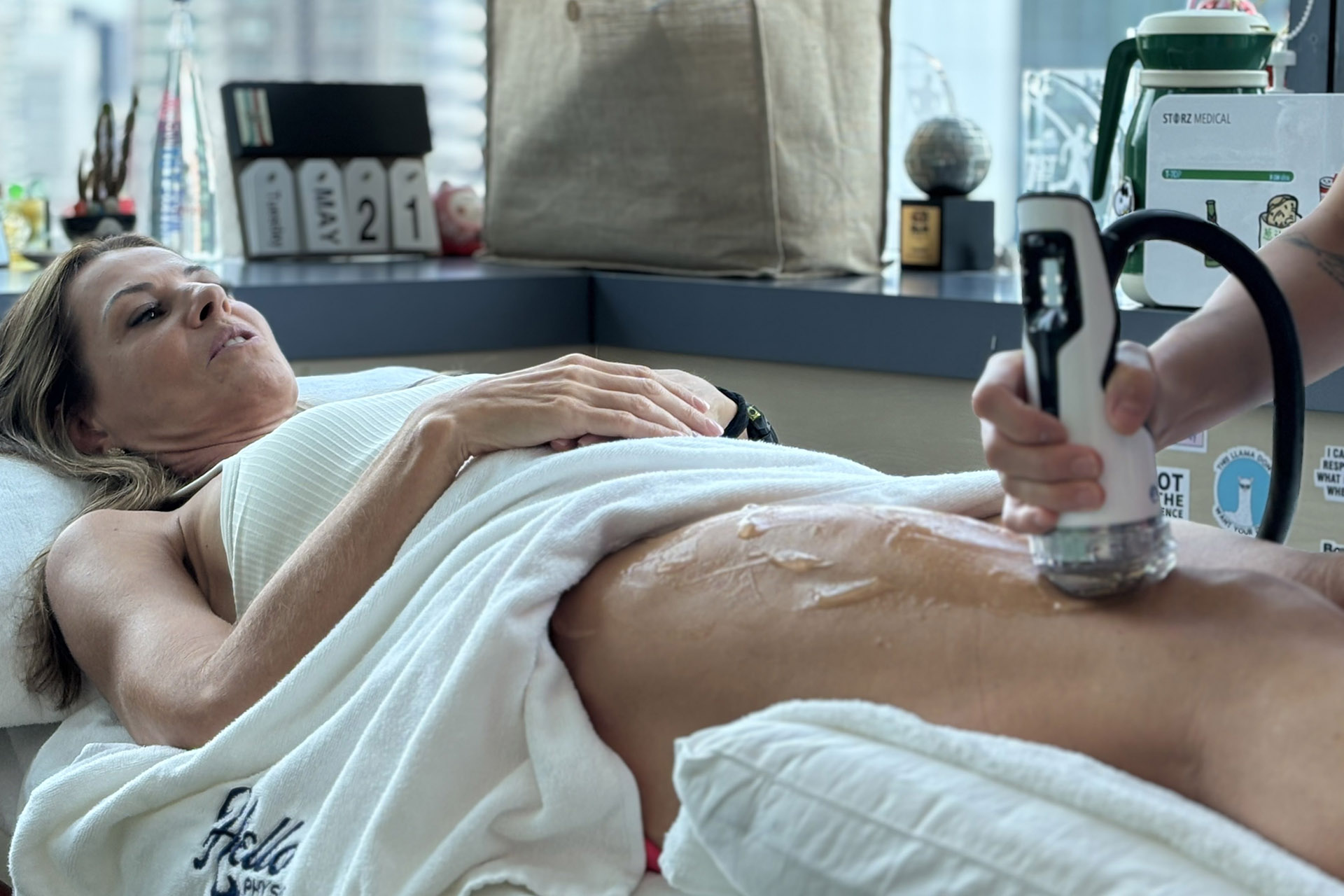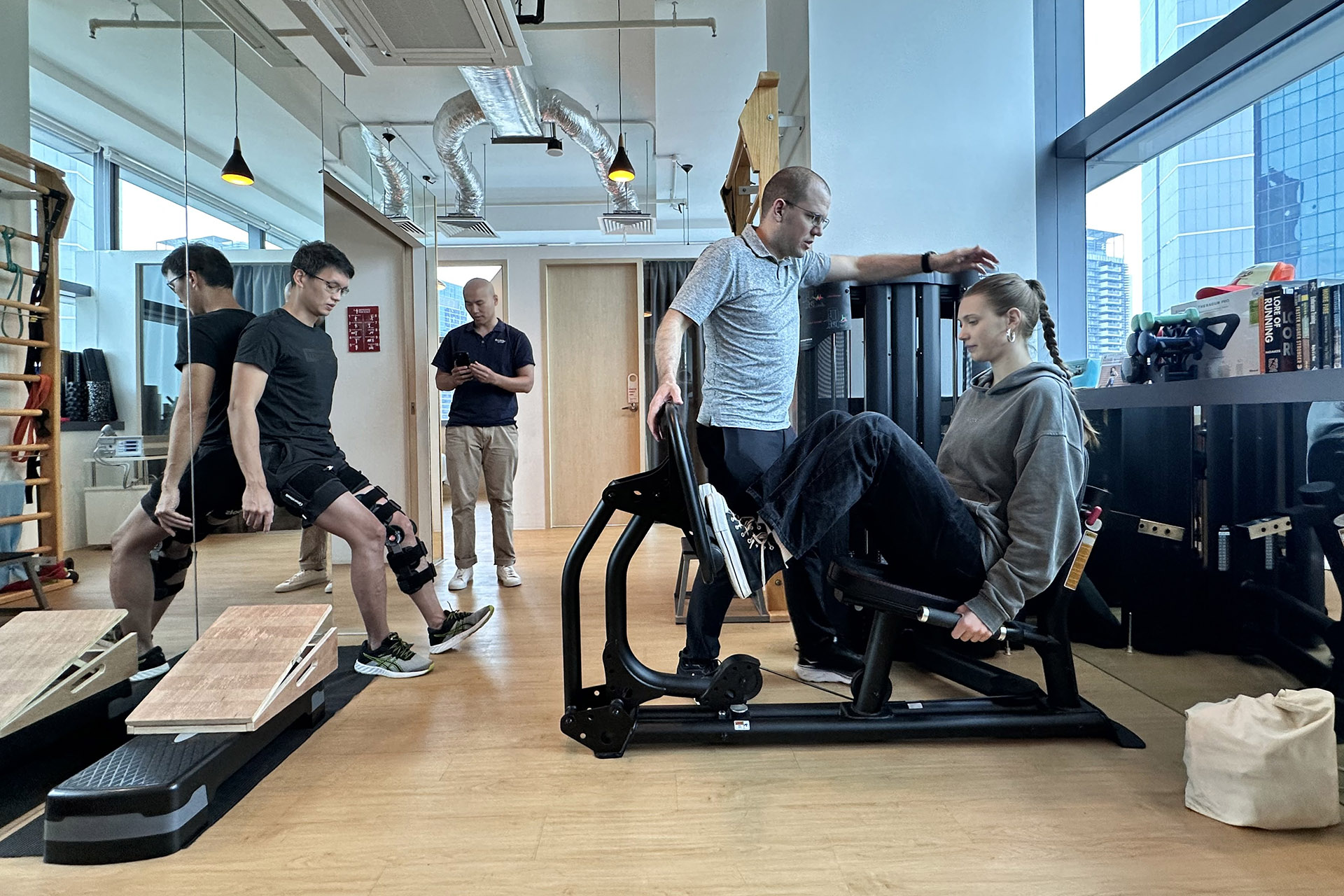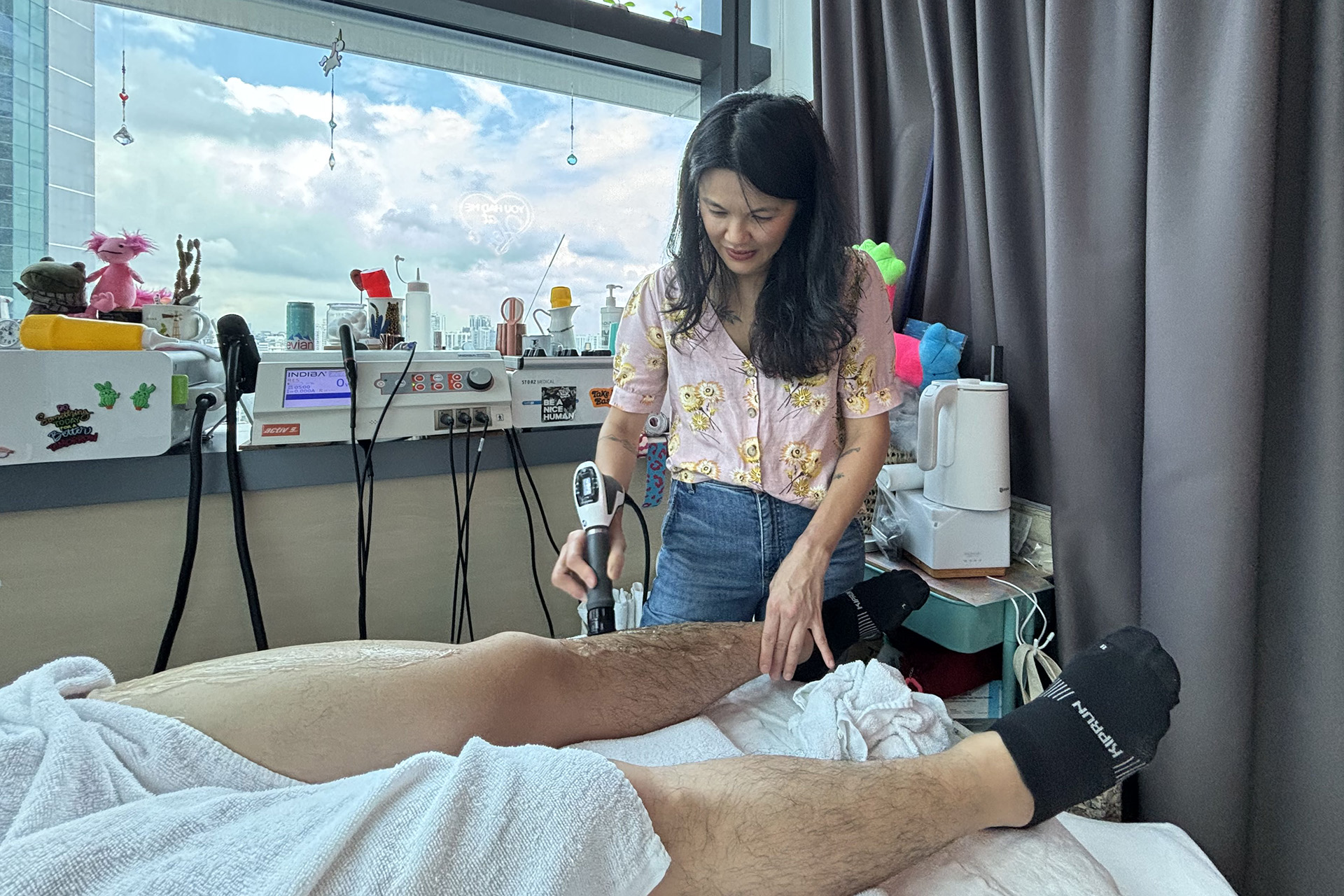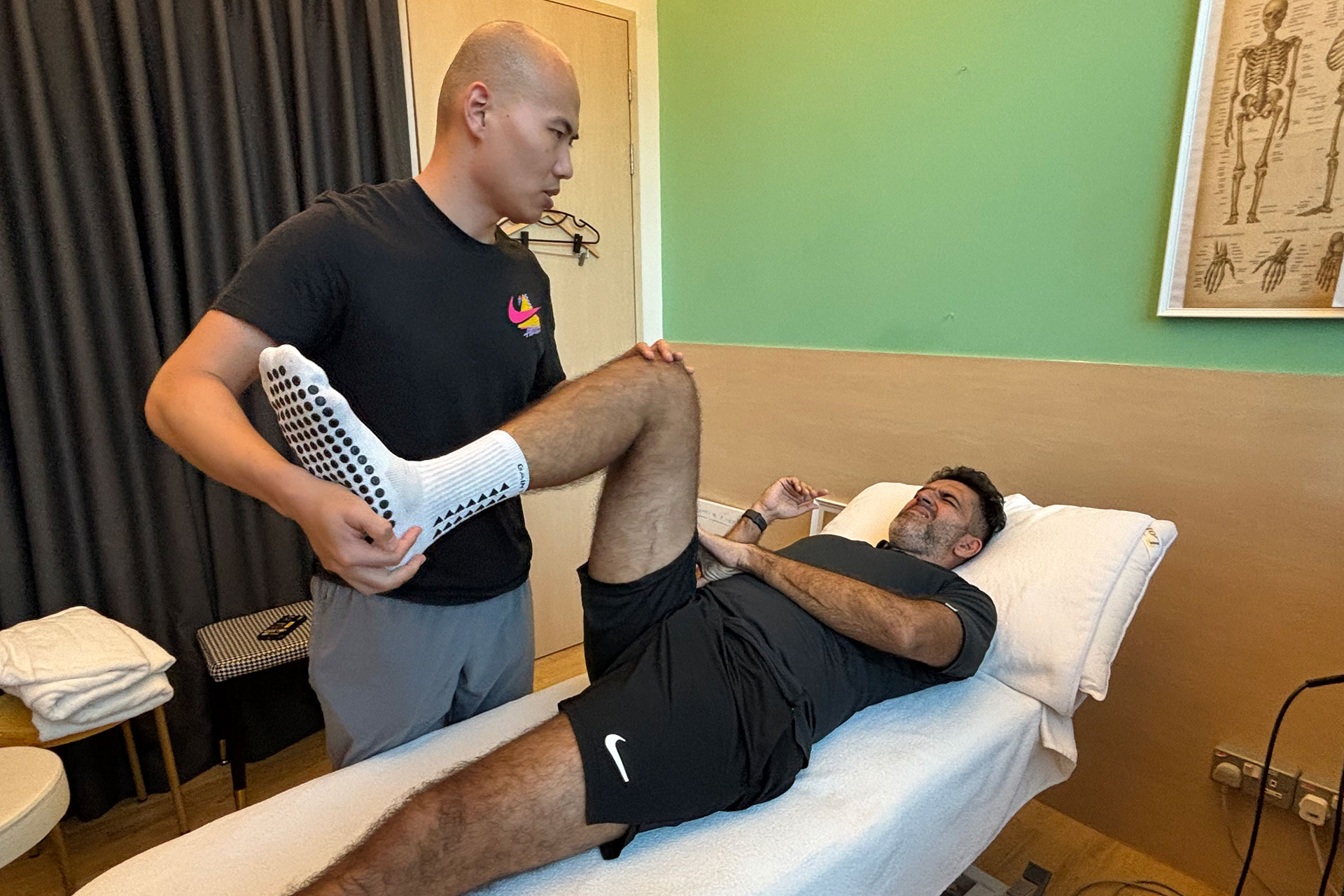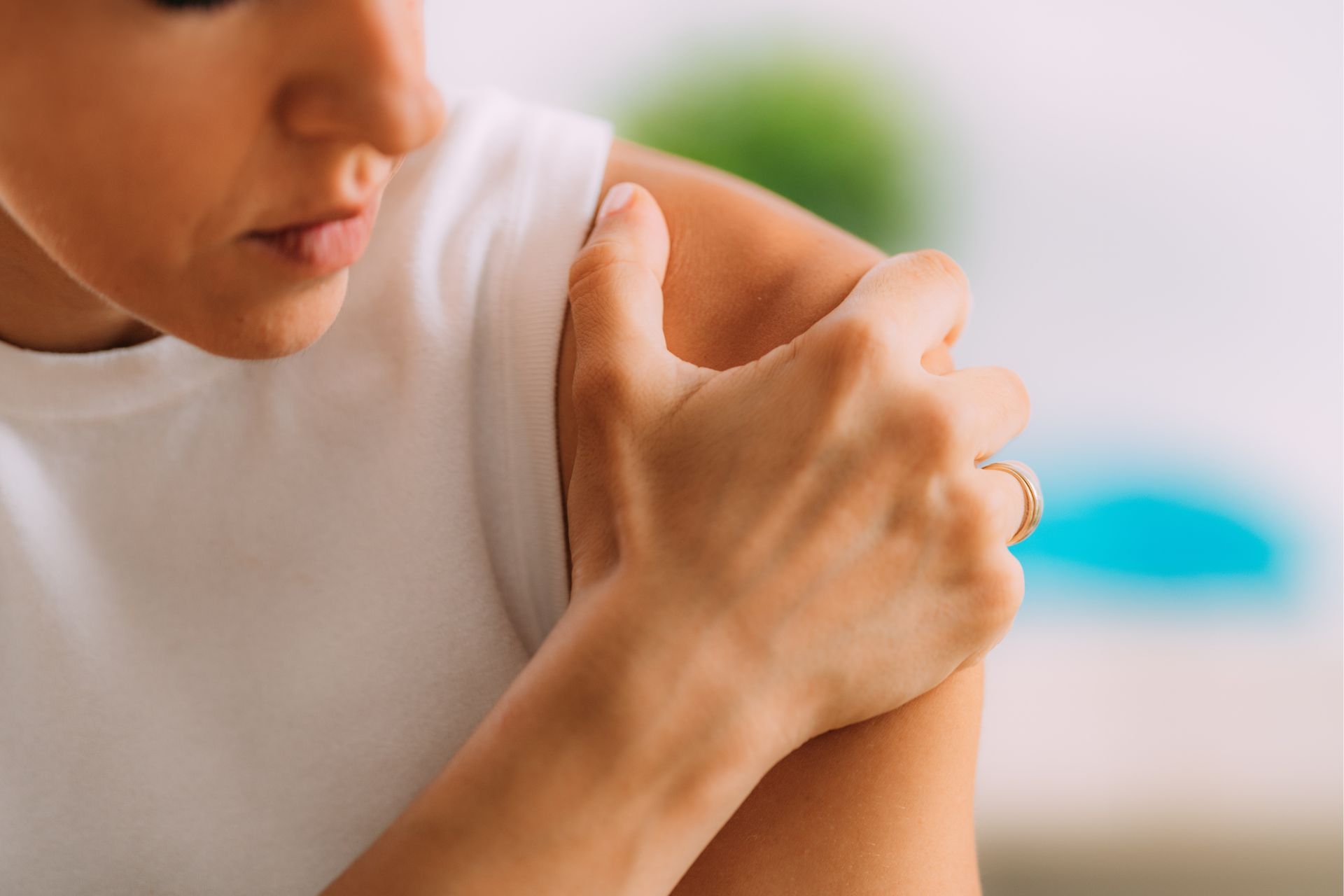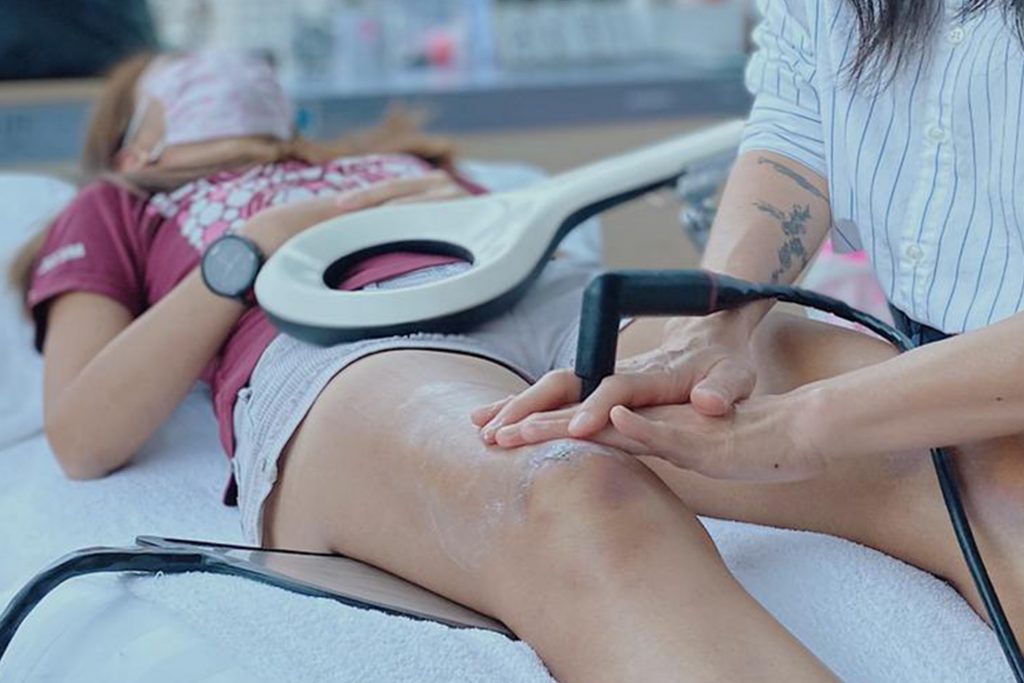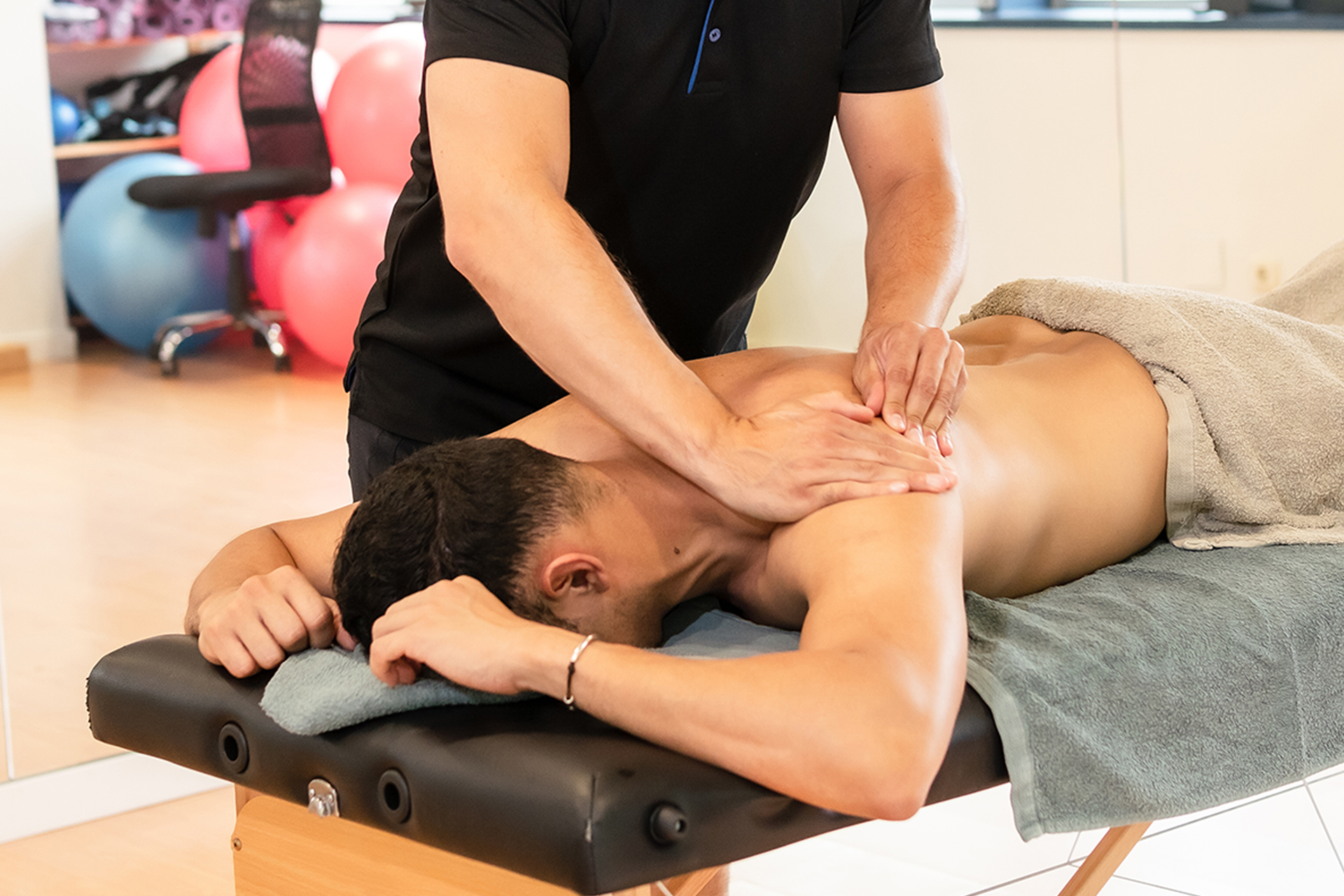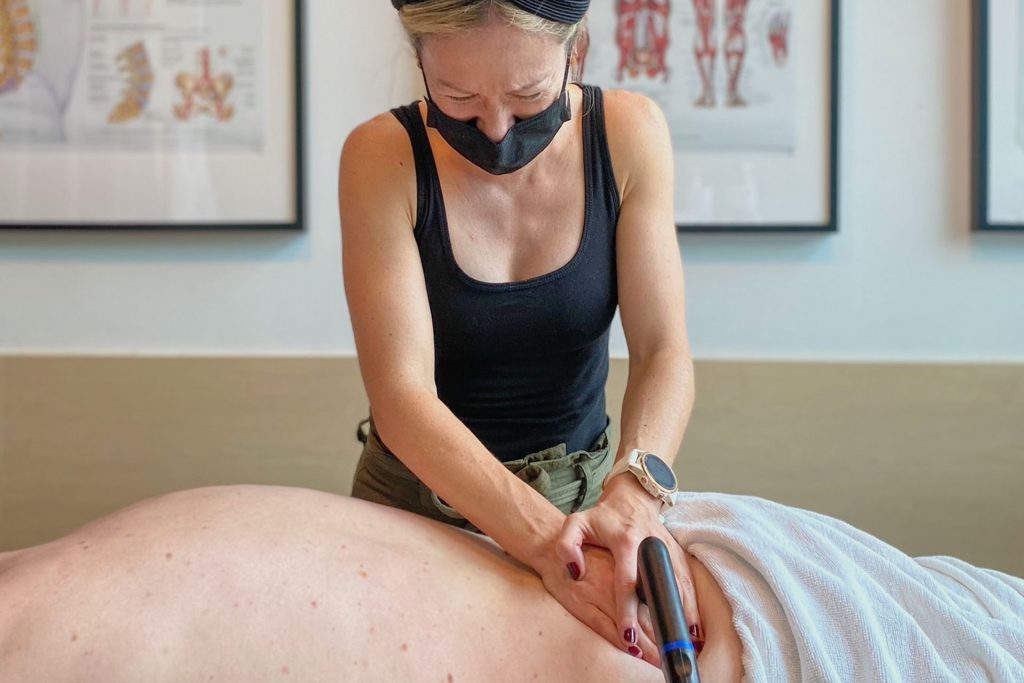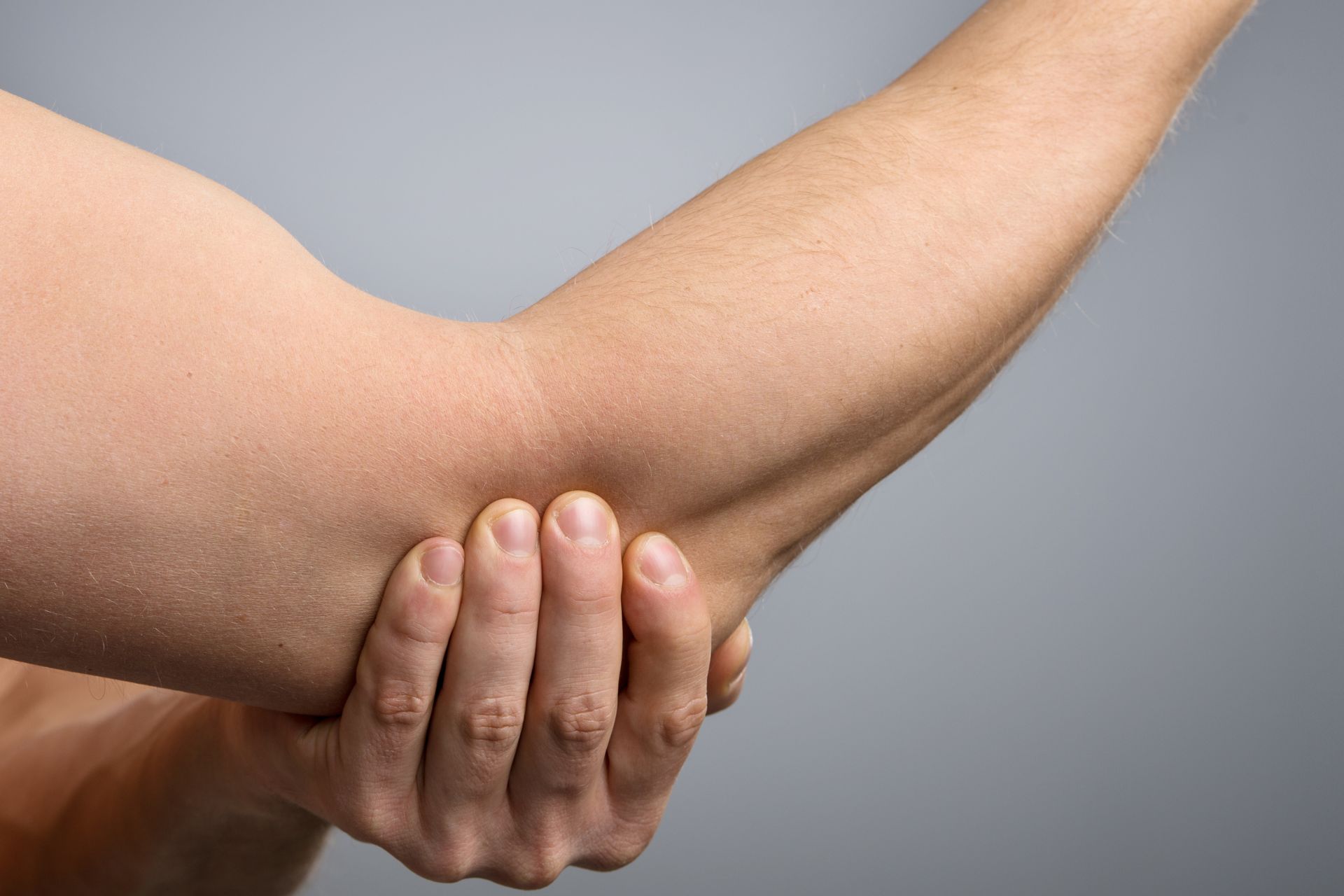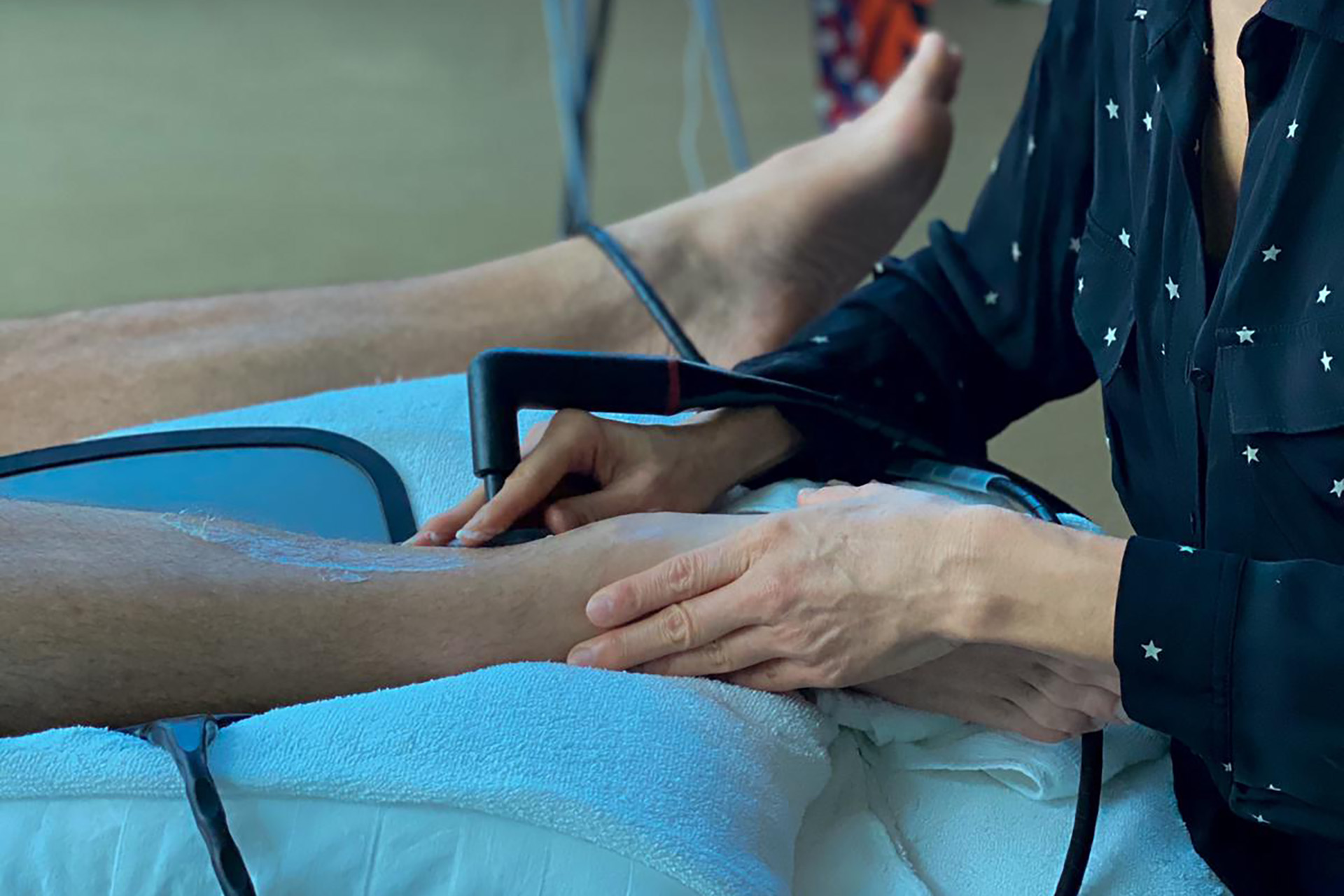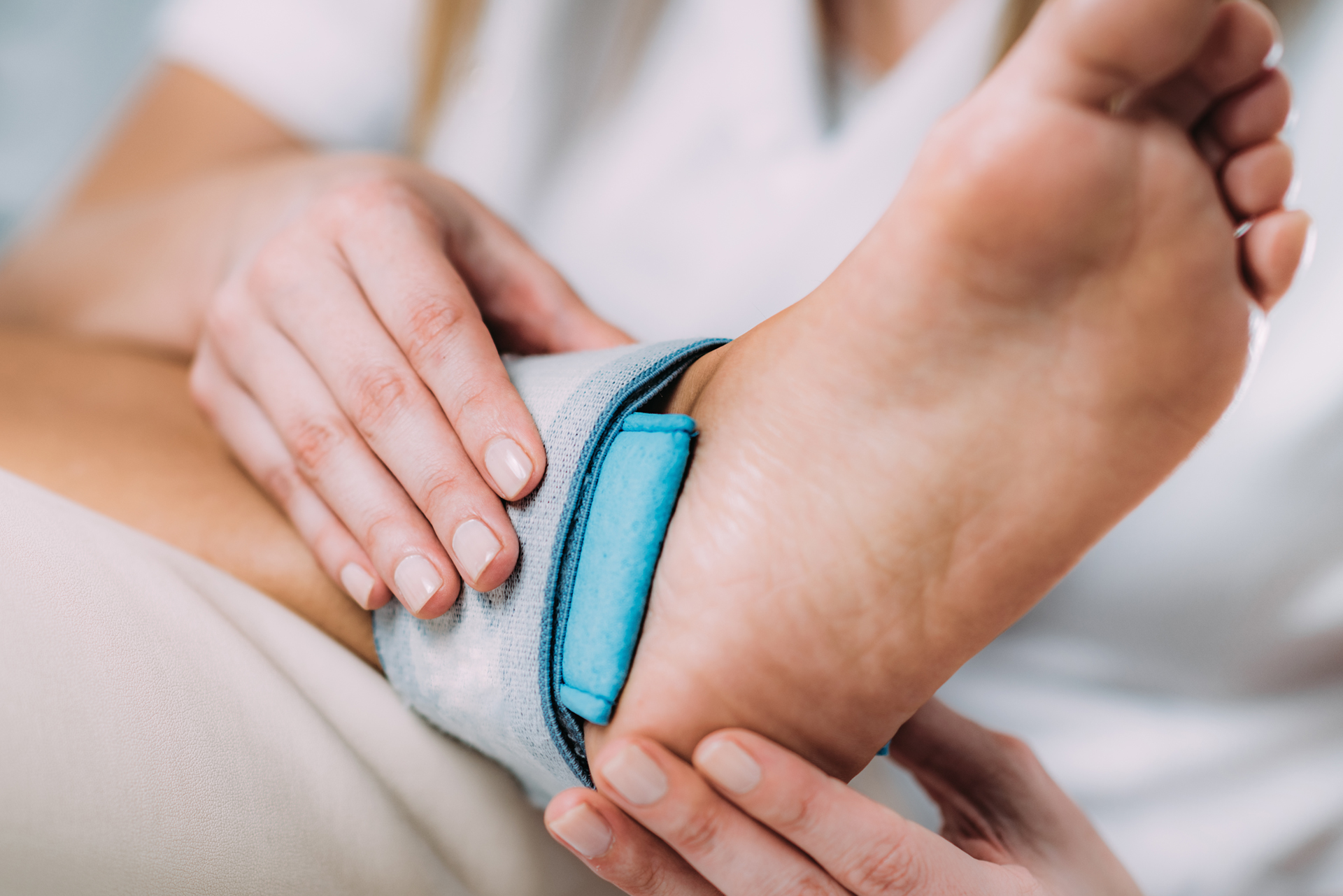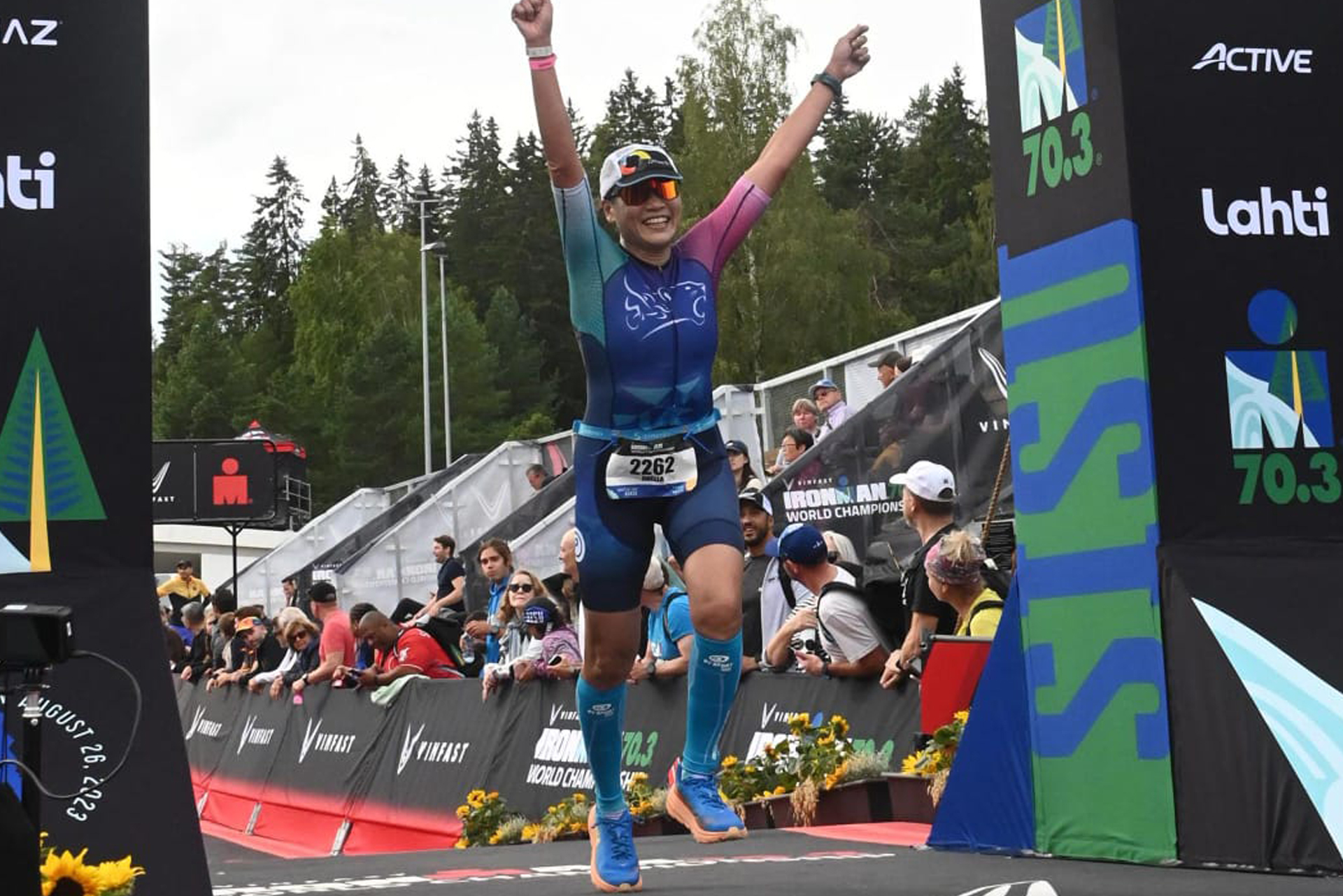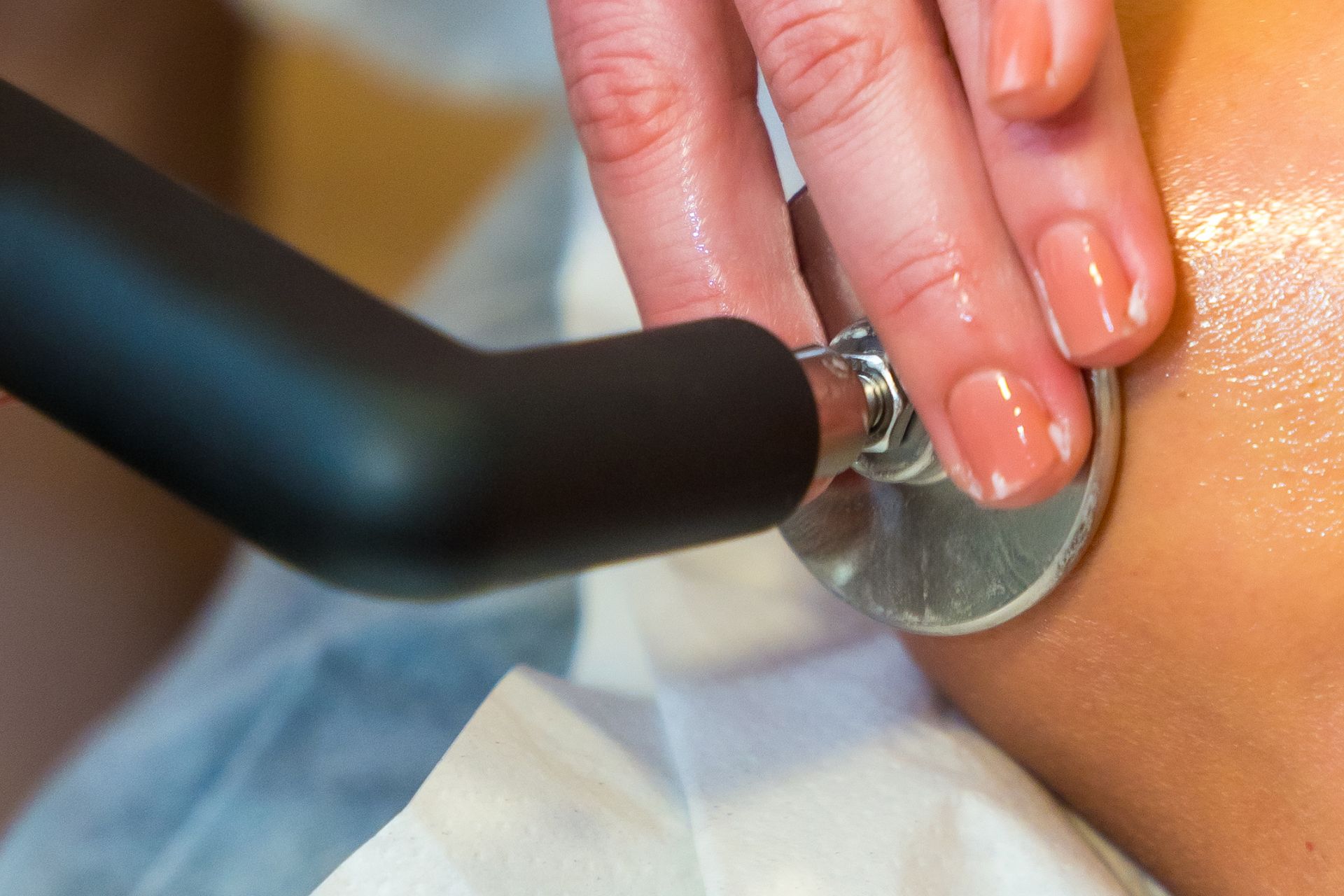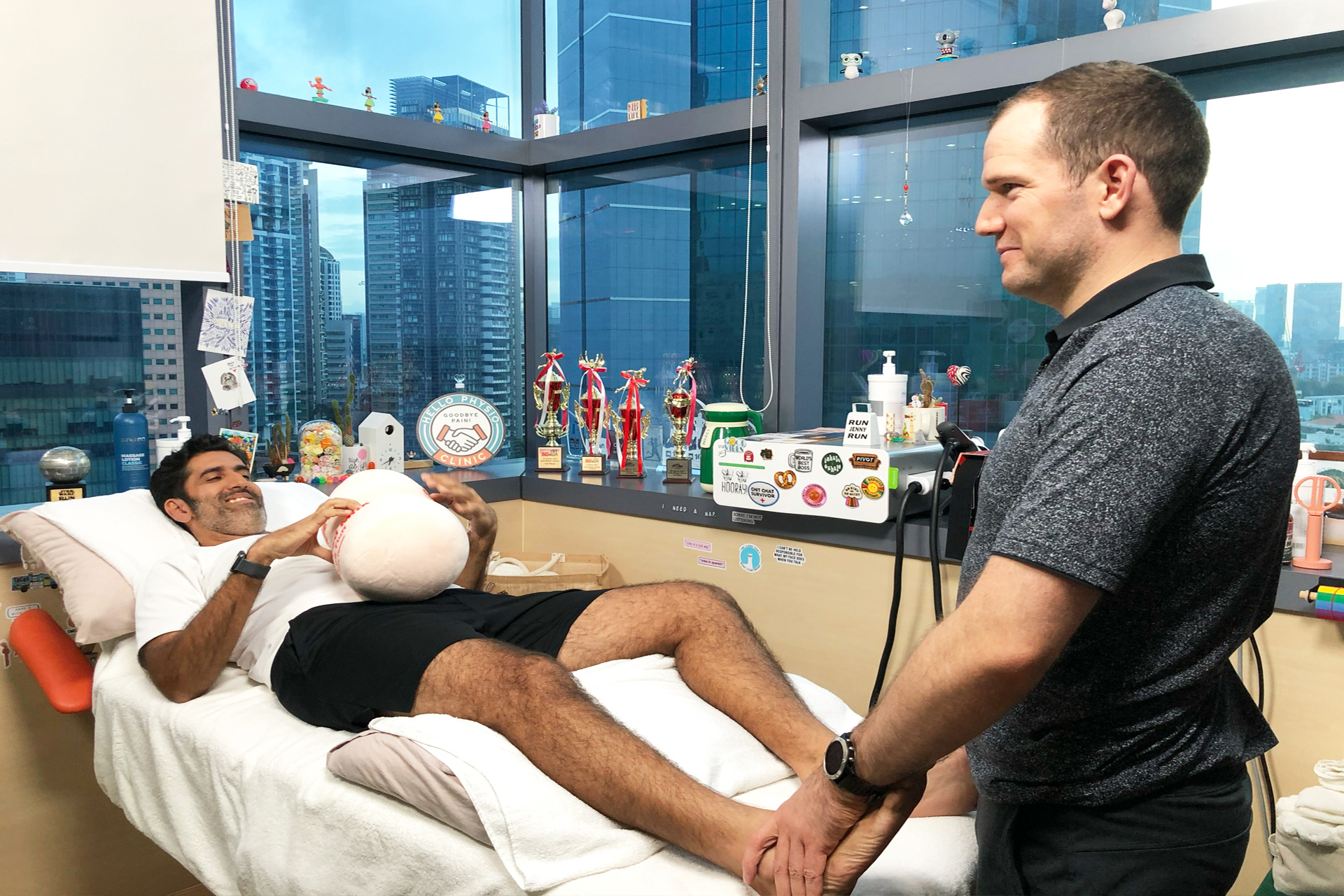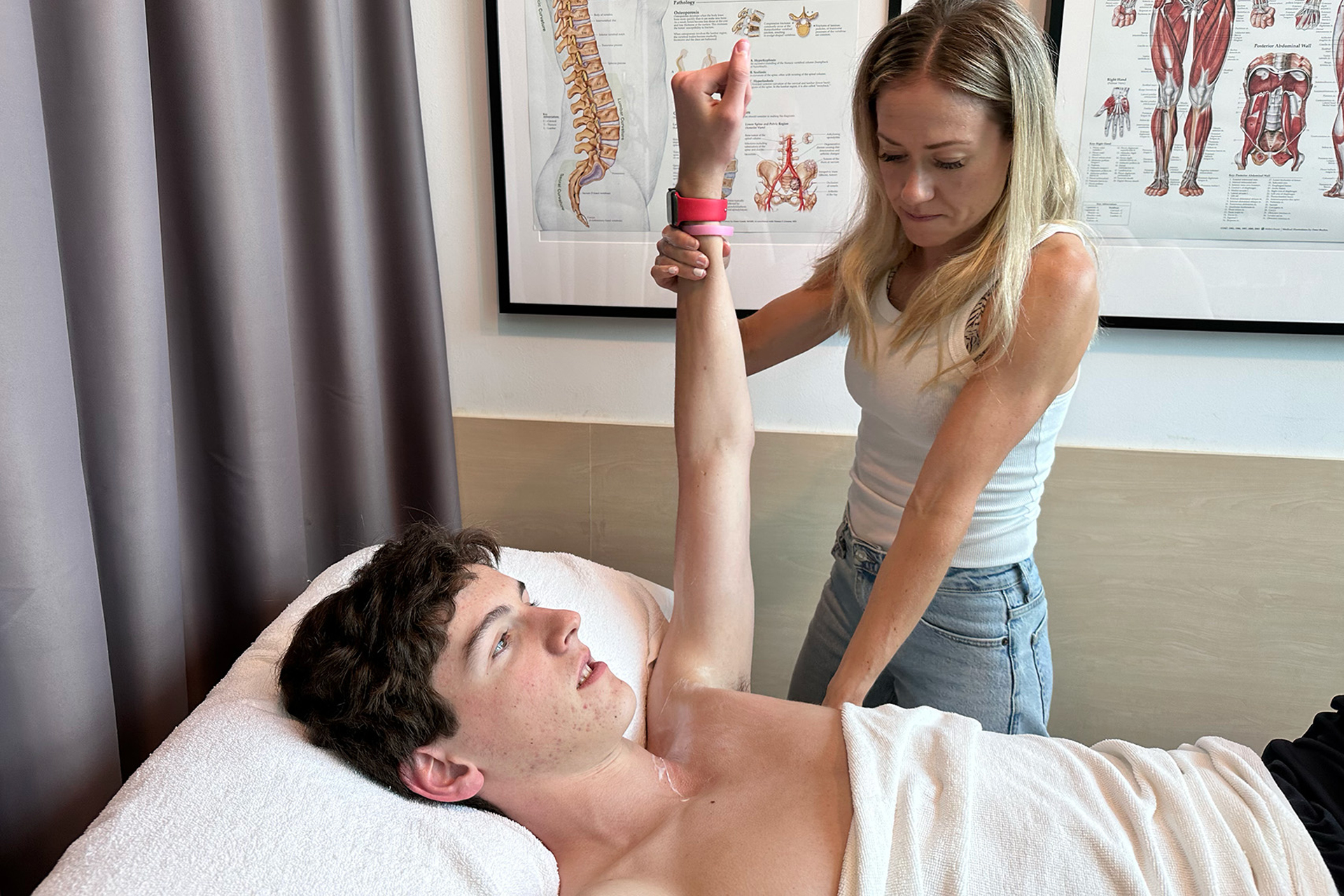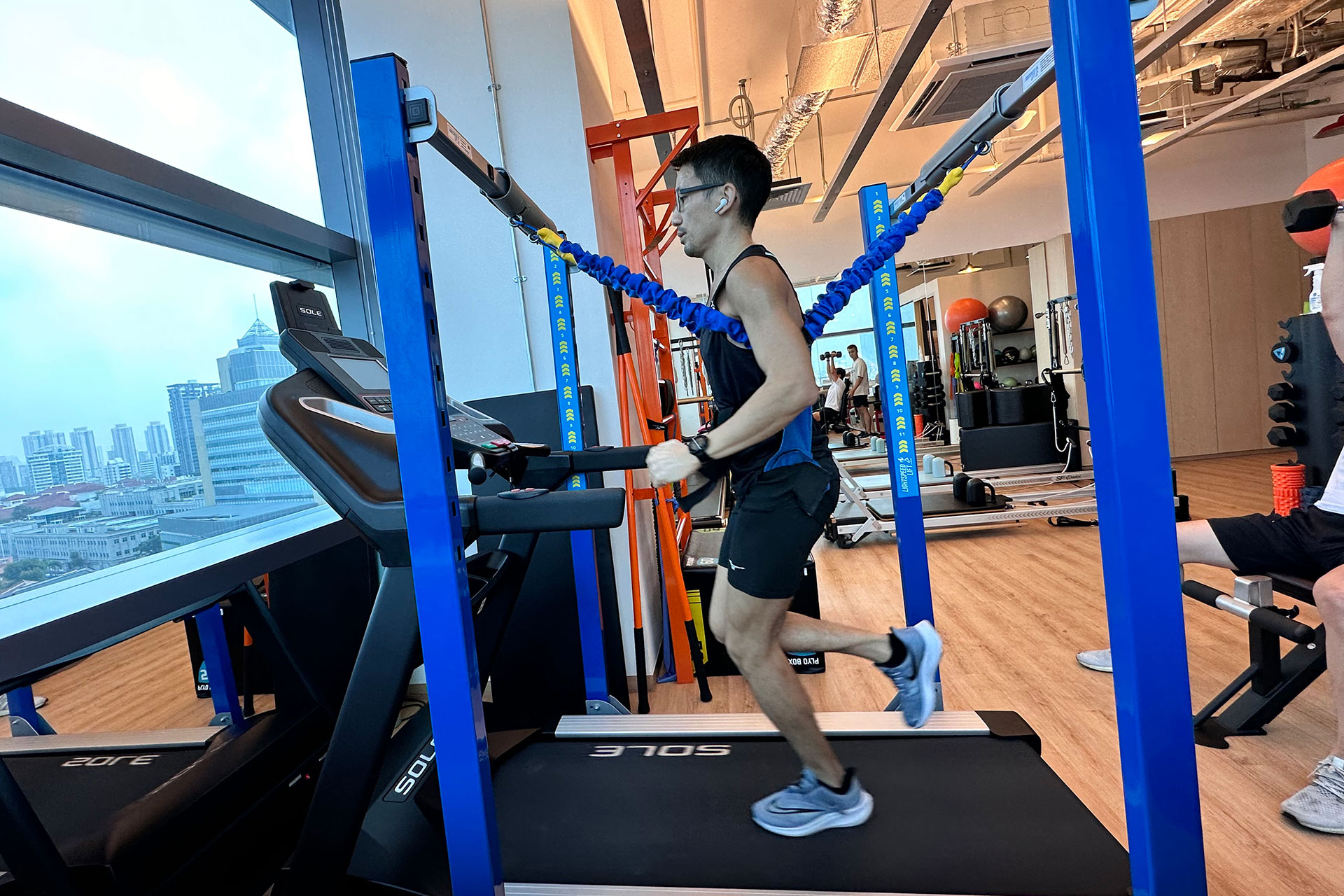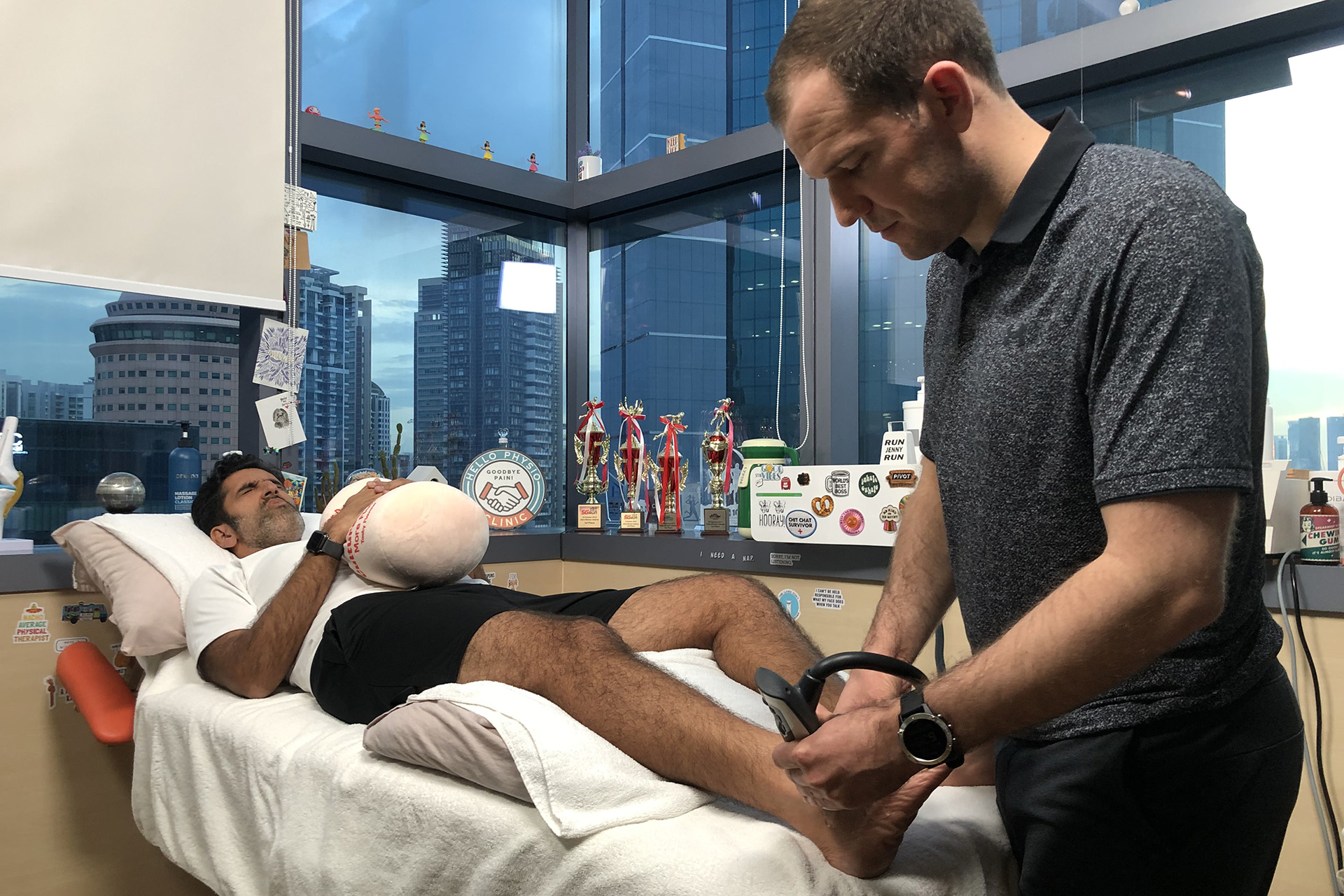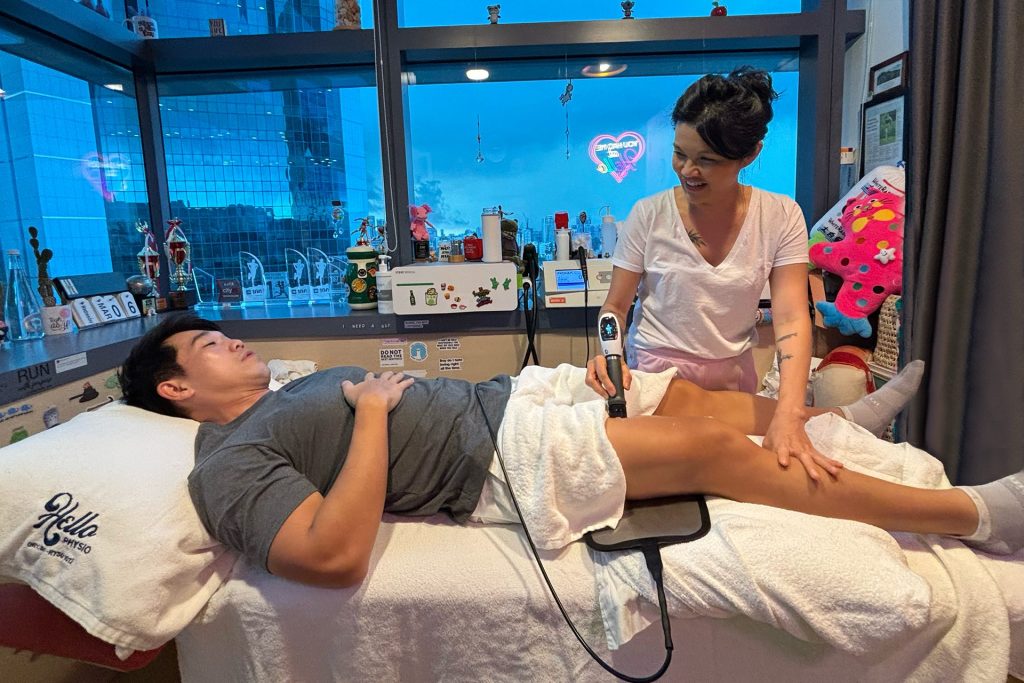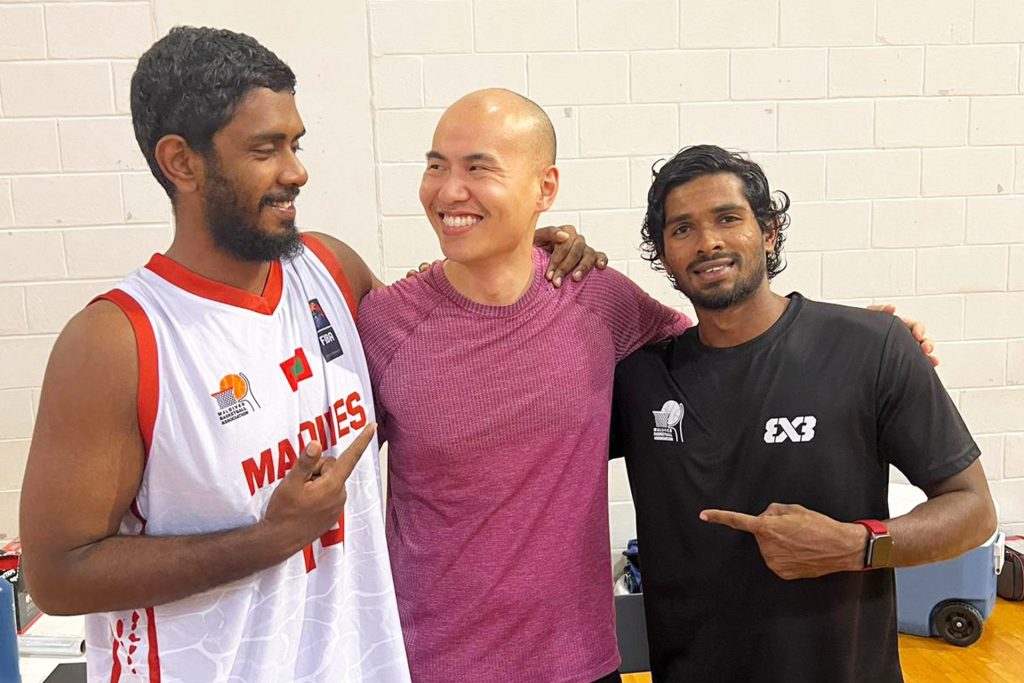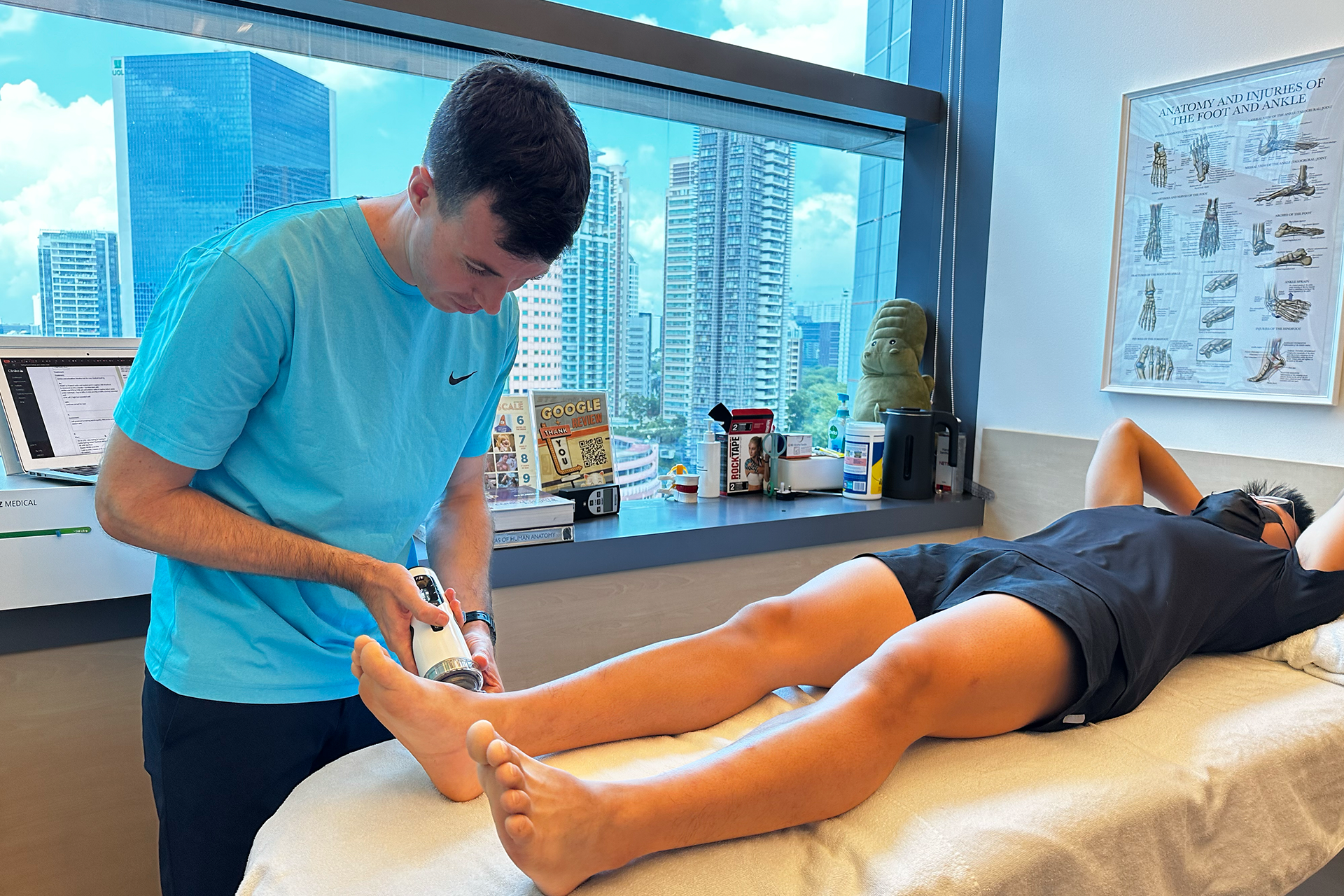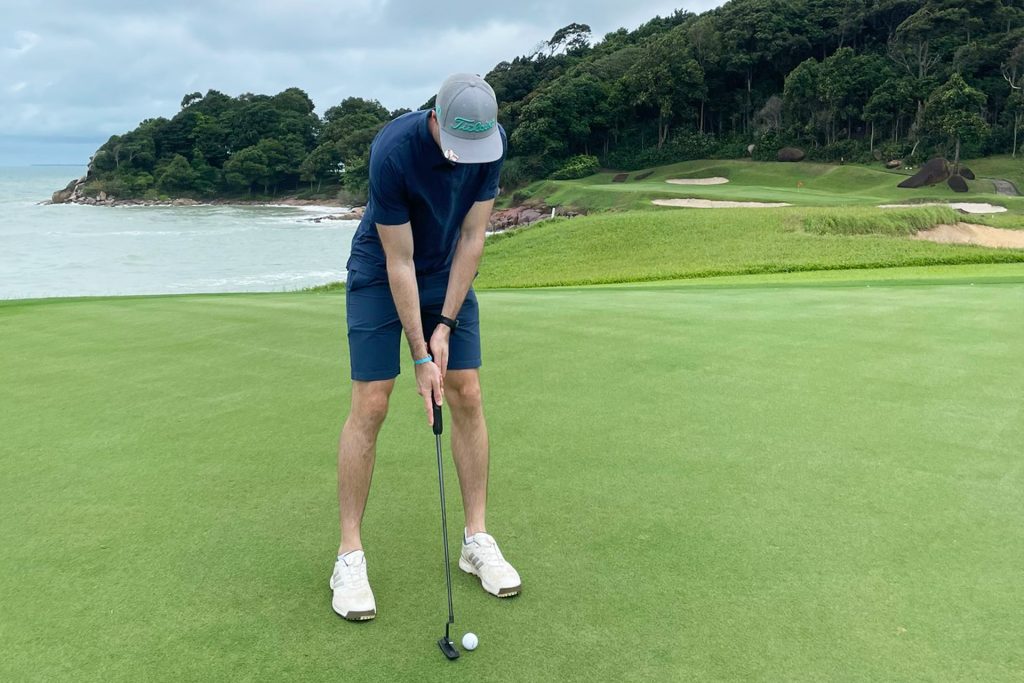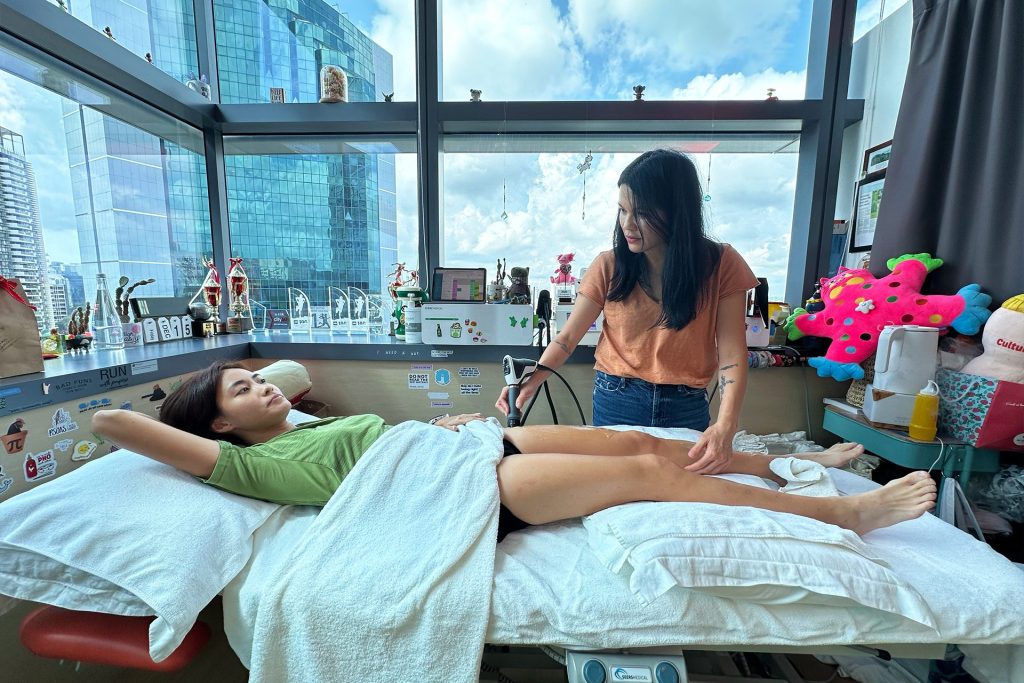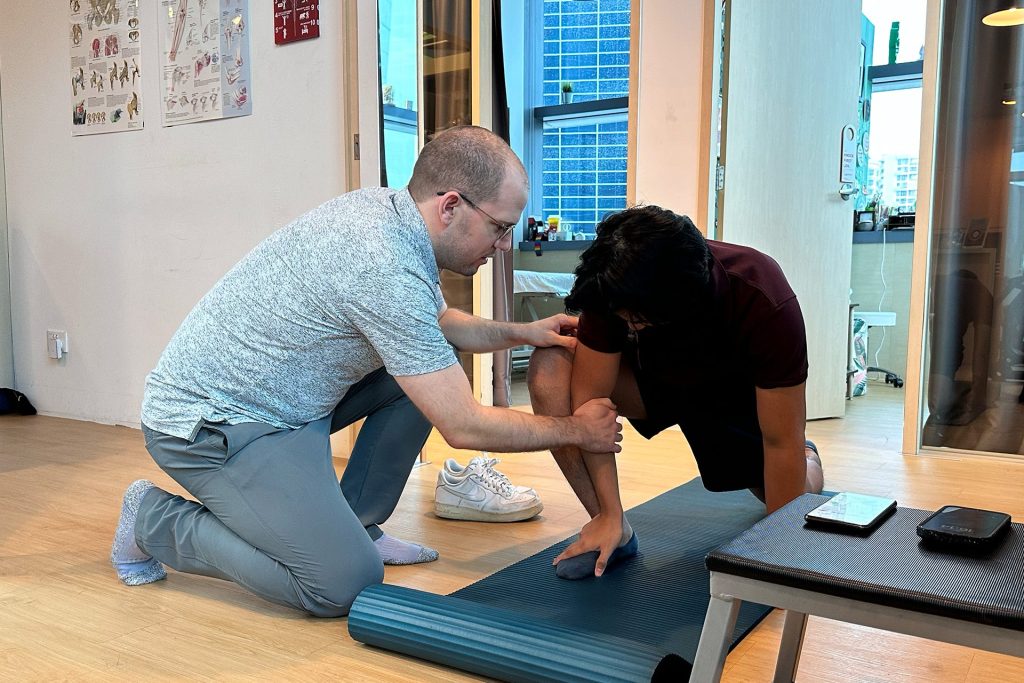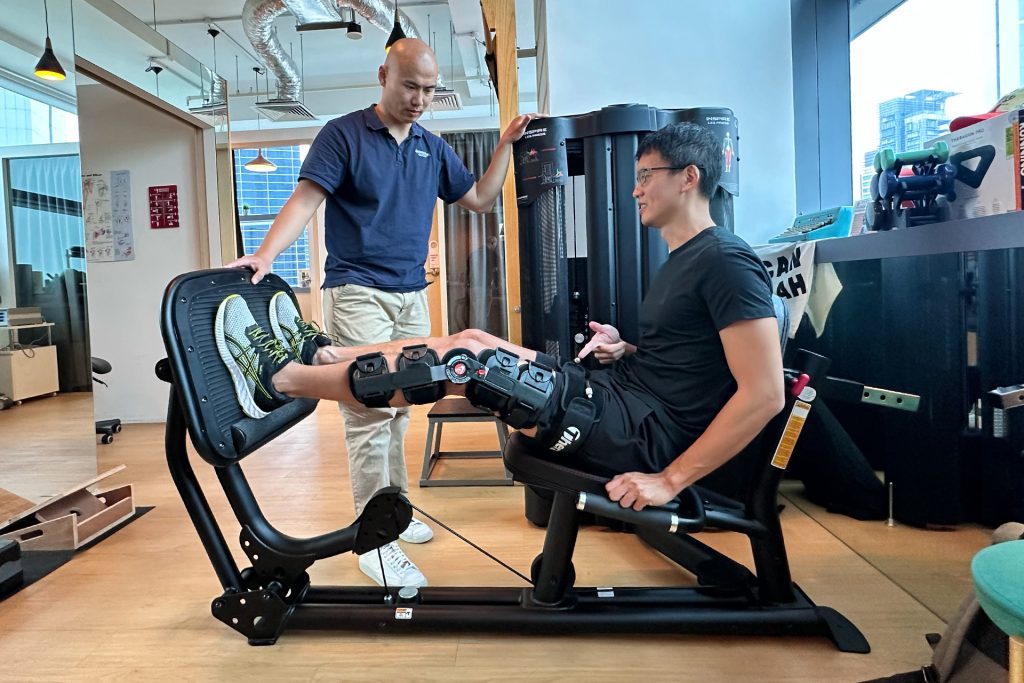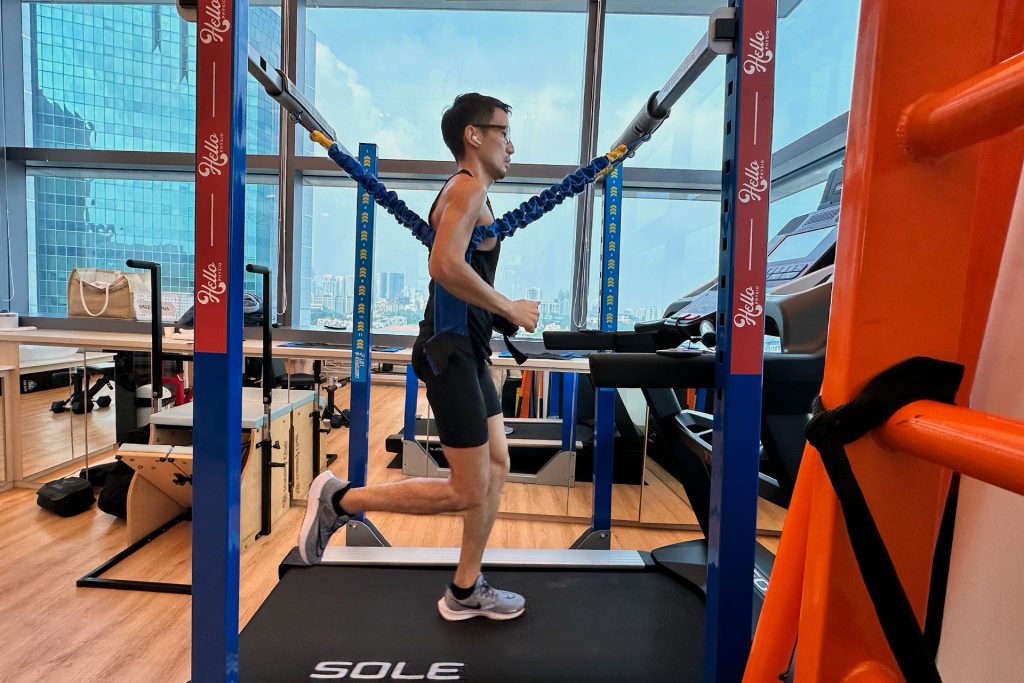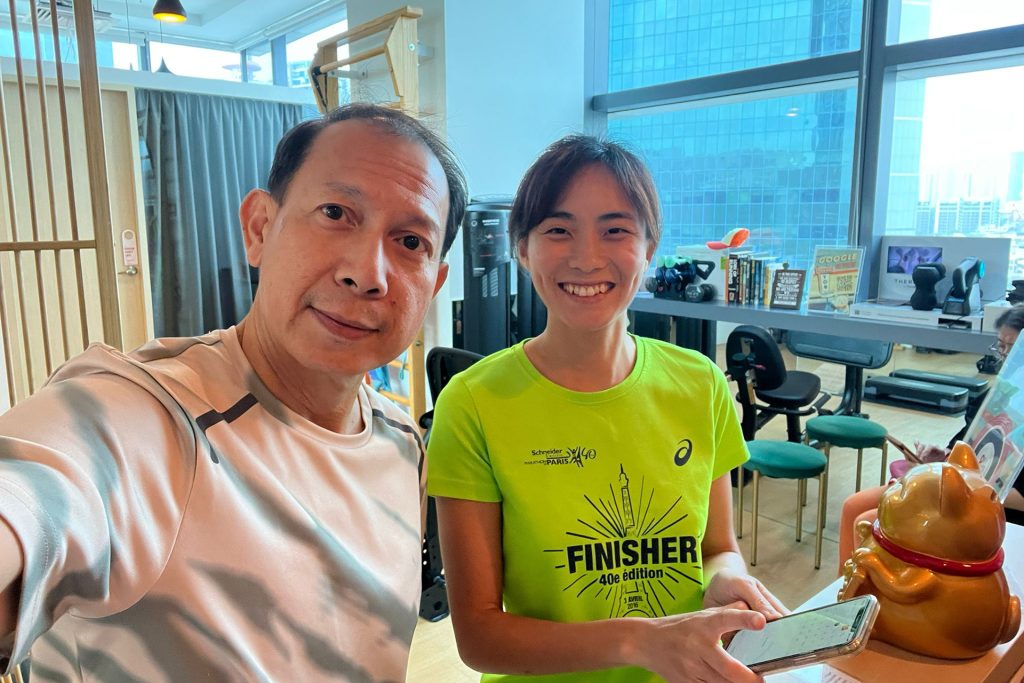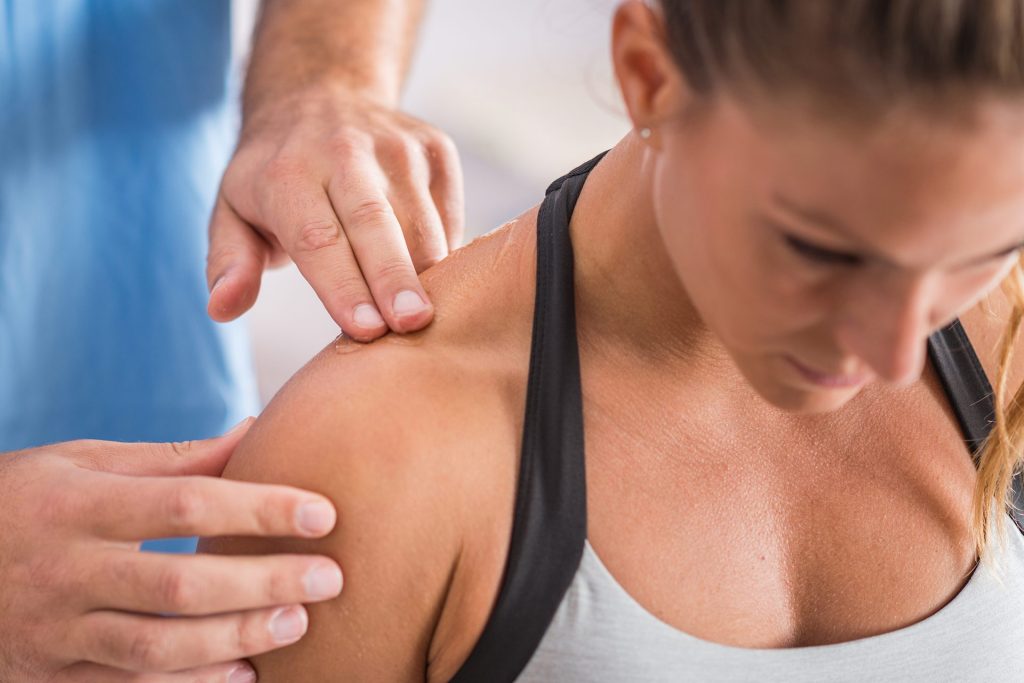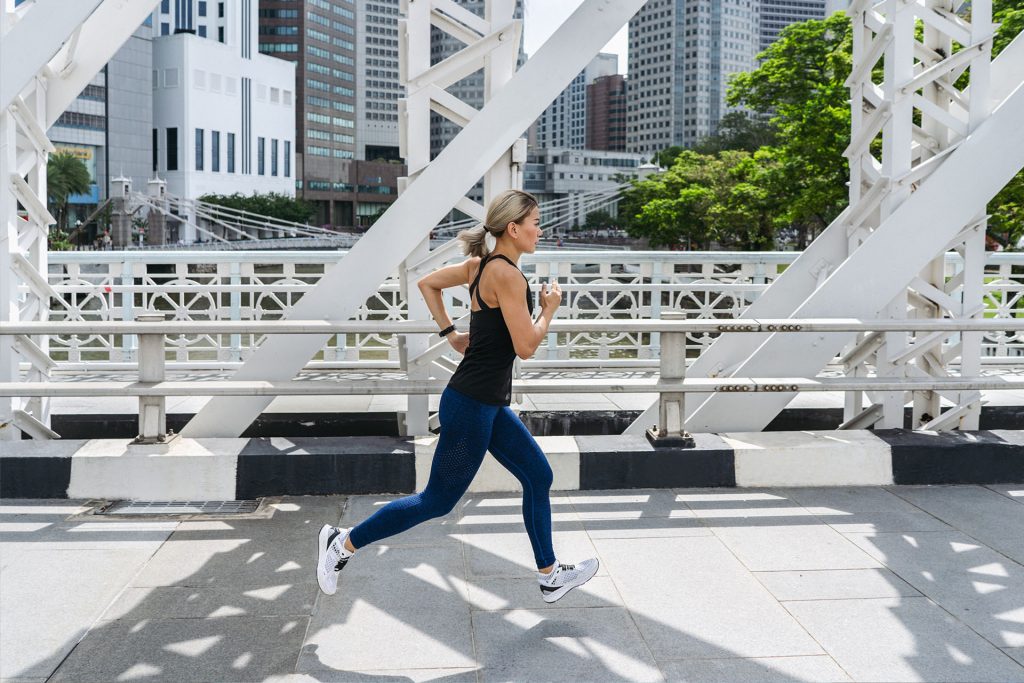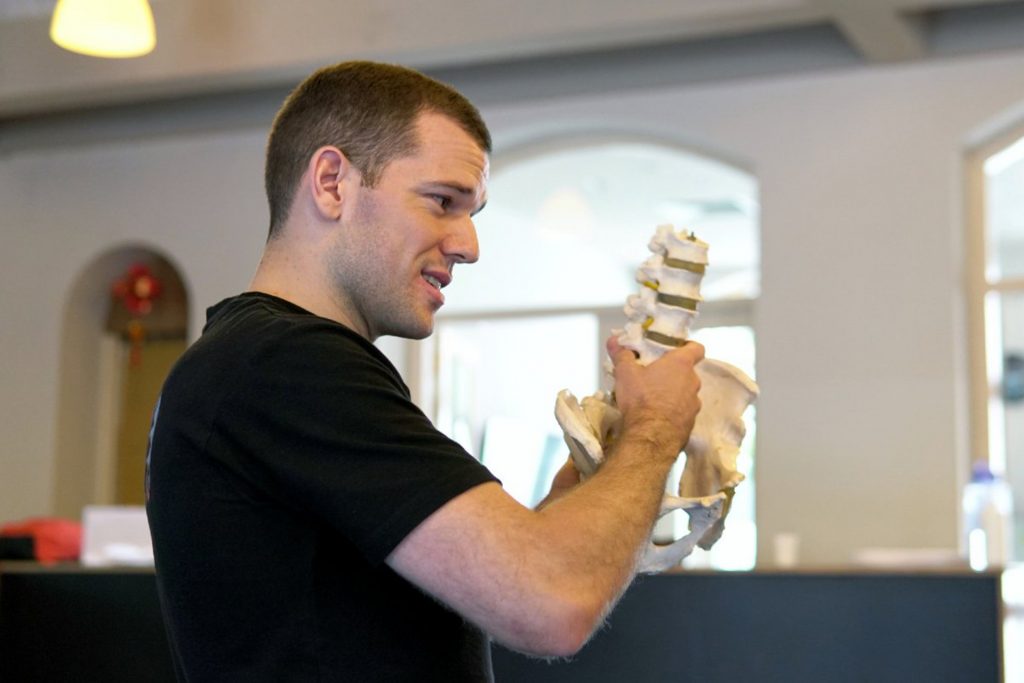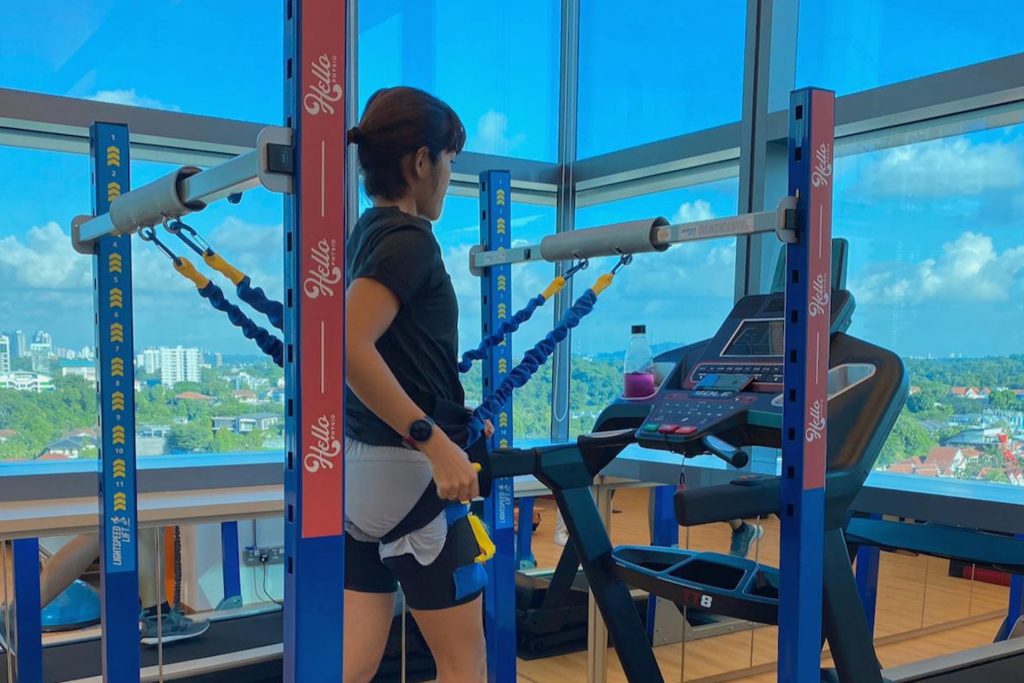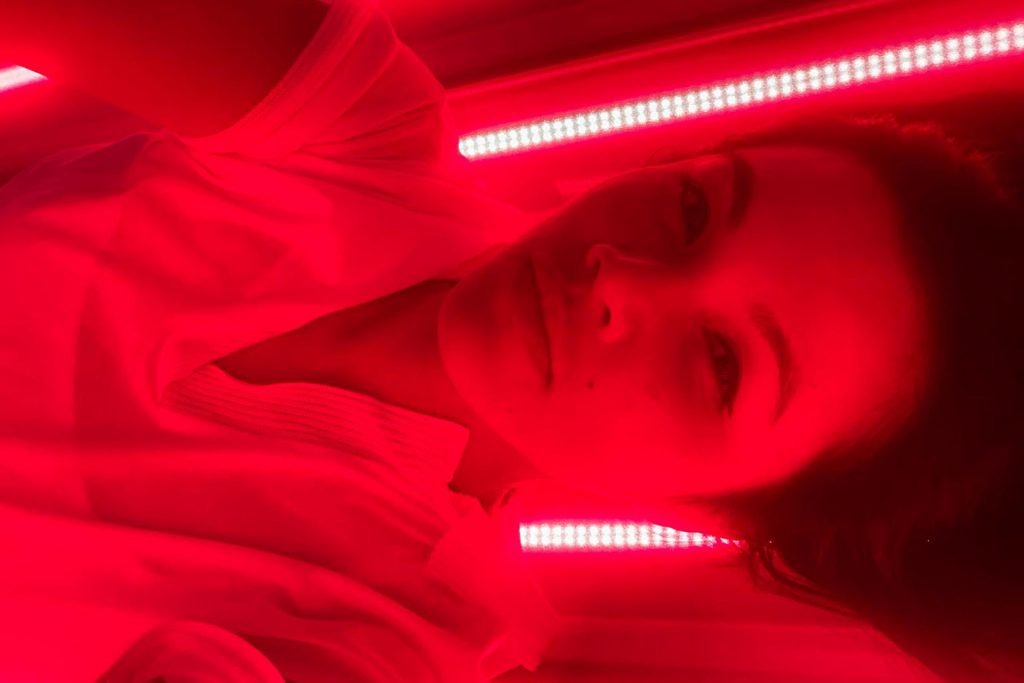|
Getting your Trinity Audio player ready...
|
Knee pain after running is one of the most common and frustrating injuries affecting novice joggers and seasoned marathoners alike. Whether it’s a mild twinge or a sharp, persistent ache, knee discomfort can derail your training plans and affect your quality of life. The good news is that knee pain after running is treatable, especially when approached early and holistically.
At HelloPhysio, a leading physiotherapy clinic in Singapore, we’ve helped countless runners return to pain-free movement through evidence-based care, personalized rehabilitation plans, and cutting-edge modalities like INDIBA® Activ and Shockwave Therapy. Here’s what you need to know about why your knee hurts after a run, and what you can do to fix it quickly and sustainably.
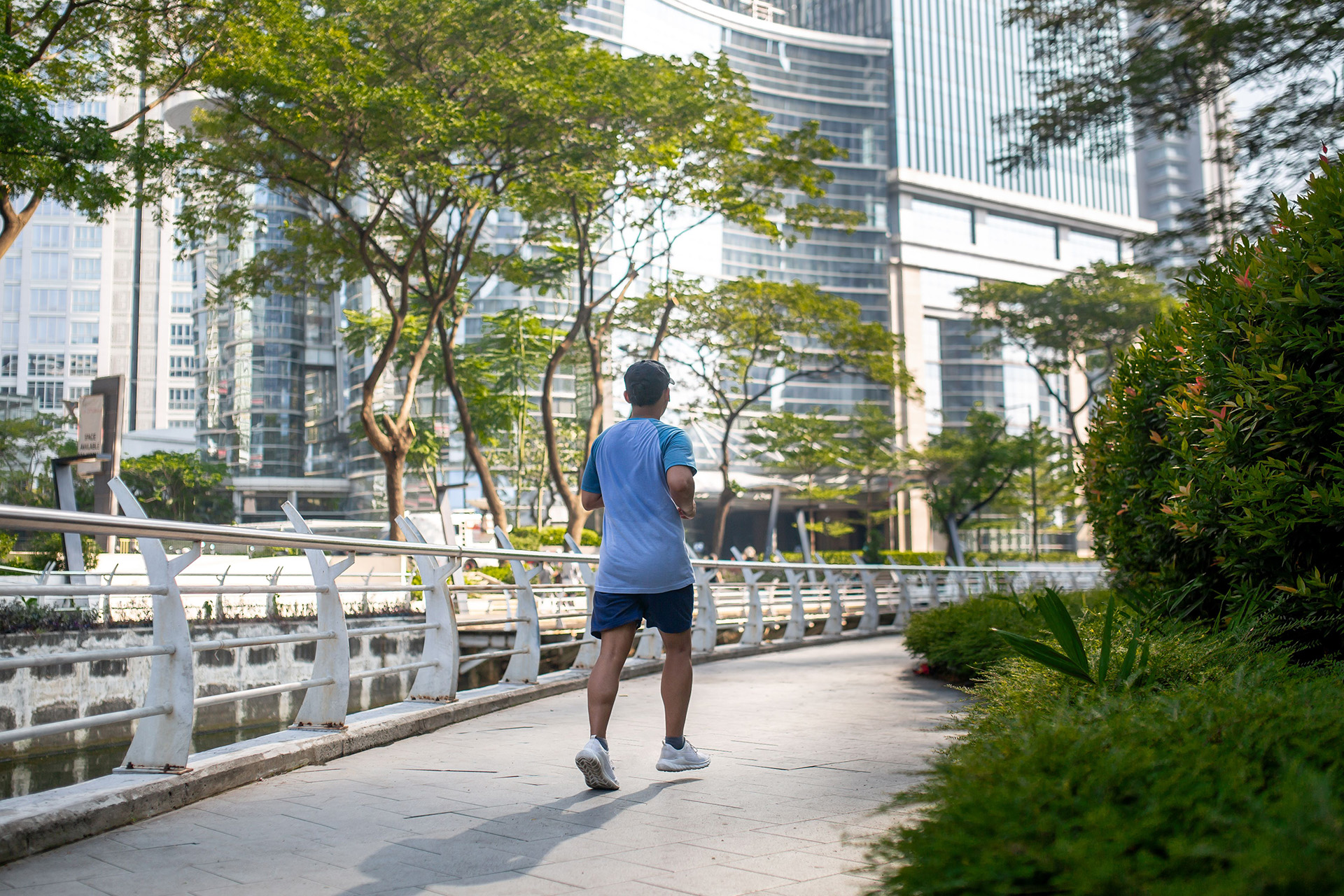
Understanding Knee Pain After Running: What’s Really Happening?
The knee is a hinge joint that connects the lower end of the thigh bone (femur) to the upper end of the shin bone (tibia). The kneecap (patella) is a small bone in the front of the knee and plays a crucial role in leg extension. A layer of cartilage surrounds the knee joint, reducing friction and absorbing shock, allowing for smooth and pain-free movement.
Several ligaments and tendons support the knee, including the anterior cruciate ligament (ACL) and the posterior cruciate ligament (PCL), which provide stability and control to the knee. While essential for its function, the knee’s intricate structure also makes it susceptible to injuries. Damage to any of these components can lead to significant pain and mobility issues, both during and after running.
Knee pain after running isn’t a single diagnosis. It’s a symptom that can be attributed to various causes, depending on where you experience the discomfort and what you were doing when it started. Factors such as poor running form, muscle imbalances, inadequate warm-up routines, or unsuitable footwear can place abnormal stress on the knee joint. Over time, this stress can also manifest as pain in different regions of the knee. Importantly, the location of this pain, whether behind, in front, the inner, or outer knee, offers specific clues to what is causing your condition.
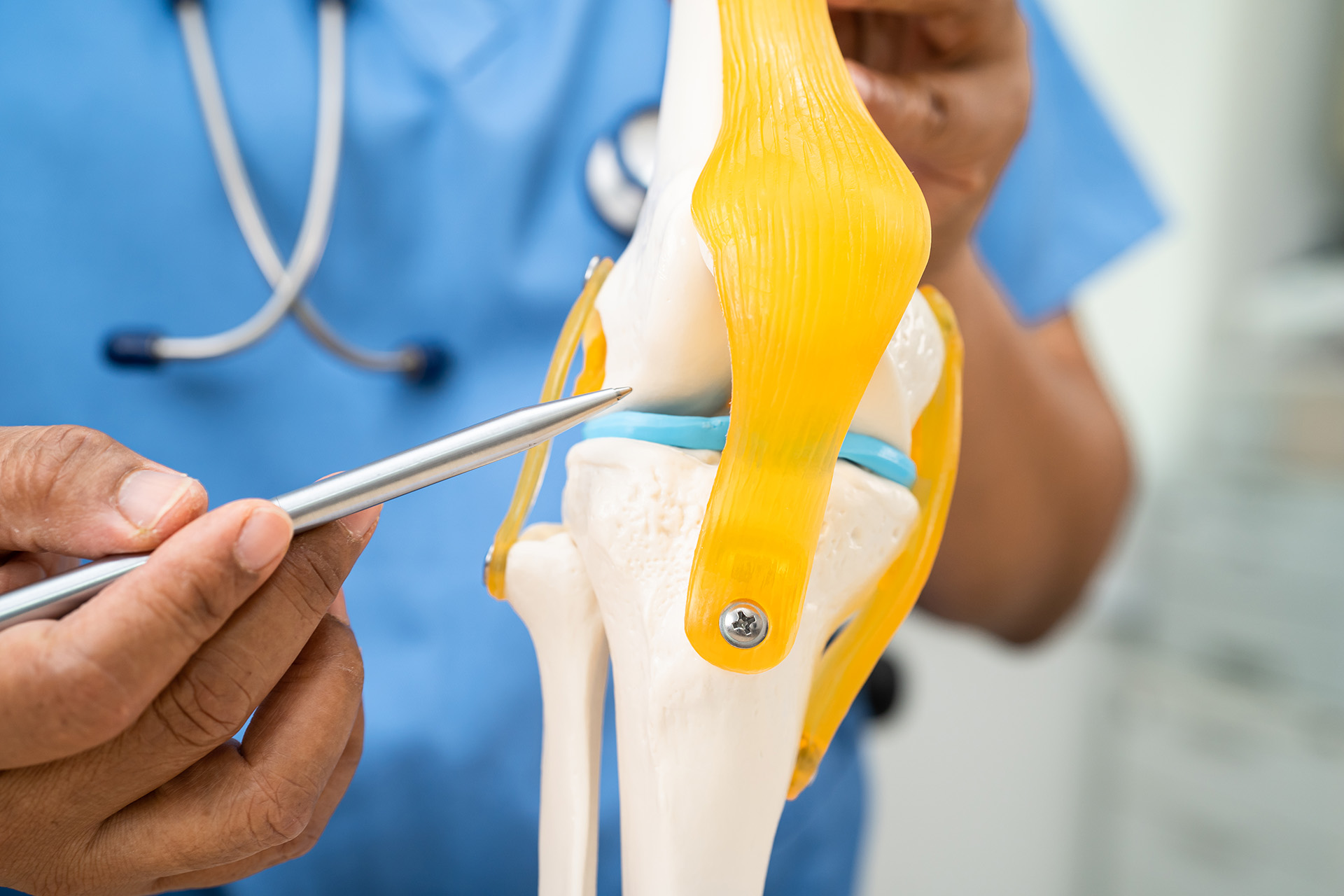
Pain Behind the Knee After Running
Pain behind the knee after running is often associated with issues in the hamstrings, the popliteus tendon, or the posterior horn of the meniscus. Runners who experience this type of pain typically feel it most after hill runs or long-distance runs.
At HelloPhysio, we address this by first evaluating the hamstring strength, mobility and flexibility. Manual therapy and targeted stretching relieve tension in the posterior chain, while exercises designed to correct gait mechanics help offload stress from the area. INDIBA® Activ is particularly effective here. This radiofrequency technology improves blood flow to deep tissues behind the knee, accelerating healing while reducing inflammation.
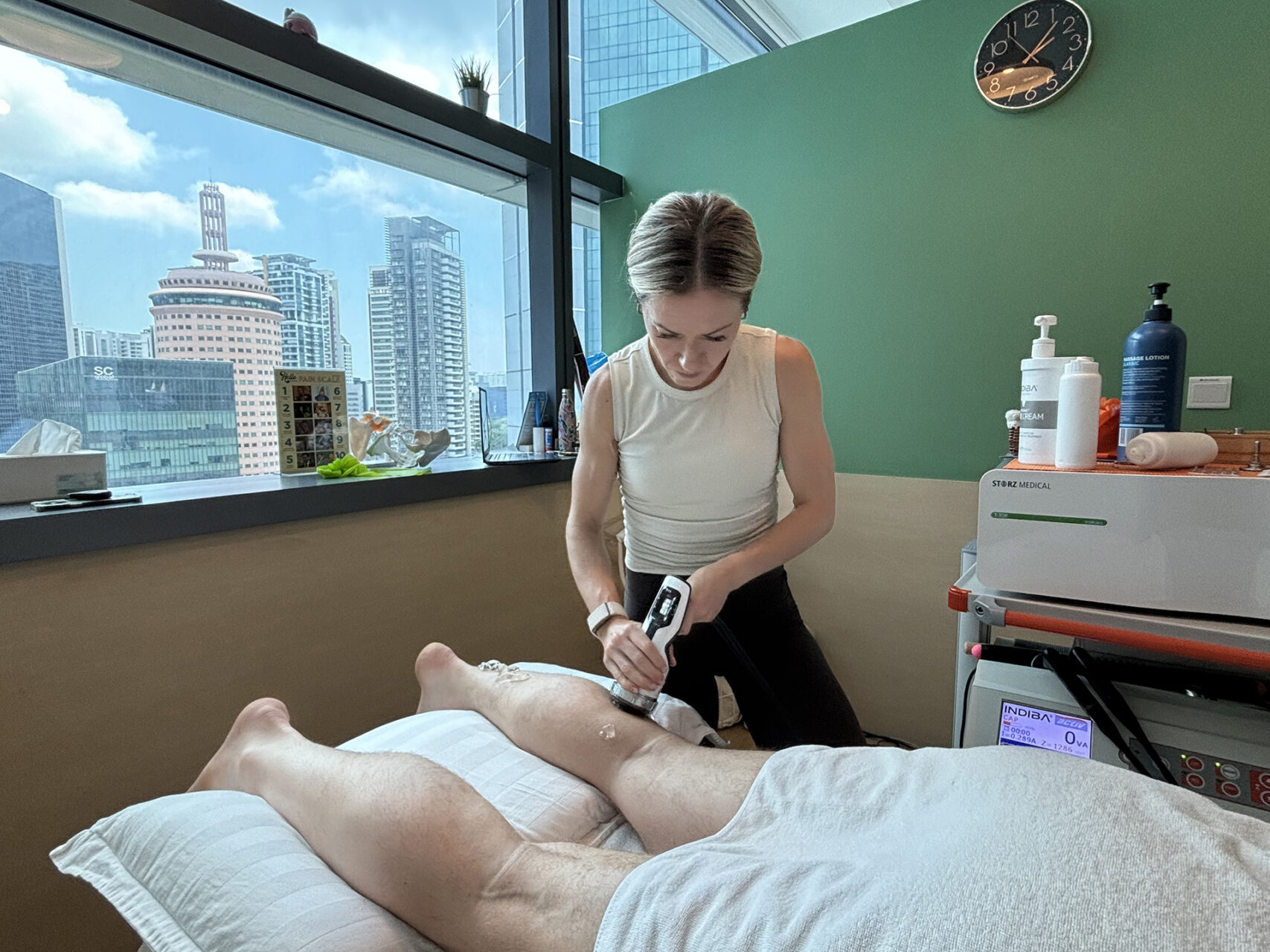
Pain in Front of the Knee After Running
Pain in front of the knee, or anterior knee pain, after running is commonly associated with patellofemoral pain syndrome (PFPS). This often presents as a dull ache in your knee, especially noticeable when climbing stairs, squatting, or after prolonged sitting.
PFPS typically stems from poor tracking of the patella due to muscle imbalances or tight lateral structures, such as the iliotibial, or IT, band. Strengthening the quadriceps, especially the vastus medialis oblique, is crucial. Shockwave Therapy can help alleviate symptoms by improving tendon resilience and breaking down adhesions that may restrict normal kneecap movement. Coupled with INDIBA to promote tissue regeneration, this dual-modality approach supports faster, more complete recovery for pain in front of the knee after running.
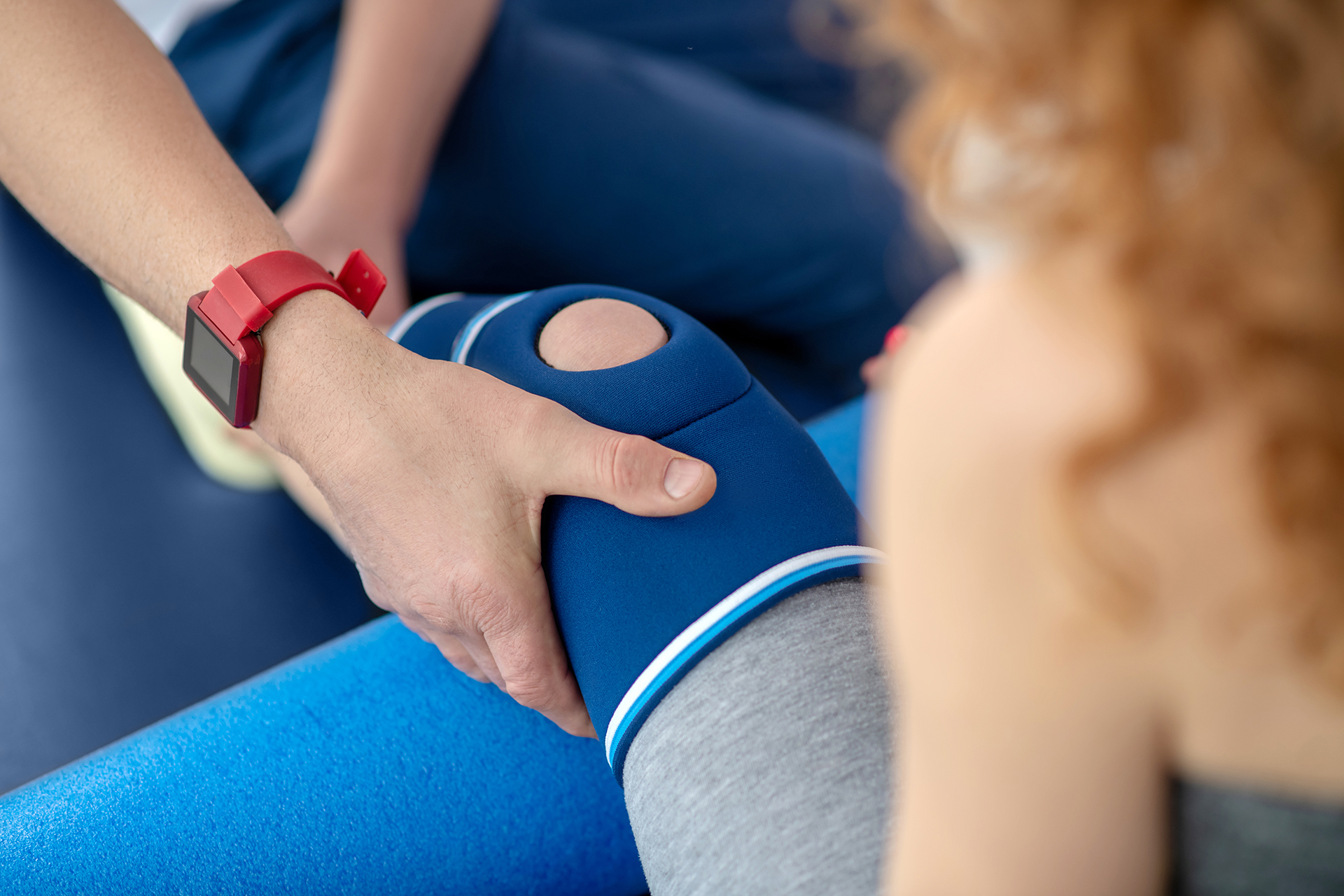
Lower Knee Pain After Running
Lower knee pain after running, often felt just below the kneecap, may be a sign of patellar tendinopathy, commonly known as “jumper’s knee.” This condition arises from repetitive strain on the patellar tendon, especially in runners who incorporate speed work or downhill running into their routines. In some cases, lower knee pain may also be related to conditions like iliotibial band syndrome (ITBS), which involves the inflammation of the iliotibial band due to repetitive strain.
At HelloPhysio, we approach this by initially offloading the patellar tendon through modified activity and taping techniques. Strengthening programs target the kinetic chain, from the core down to the foot, ensuring better force distribution, putting less pressure on the area below the knee. Shockwave Therapy proves especially effective in these cases, stimulating collagen production and promoting tendon healing. INDIBA complements this strategy by calming inflammation, improving cellular metabolism, and making exercise progression more tolerable.
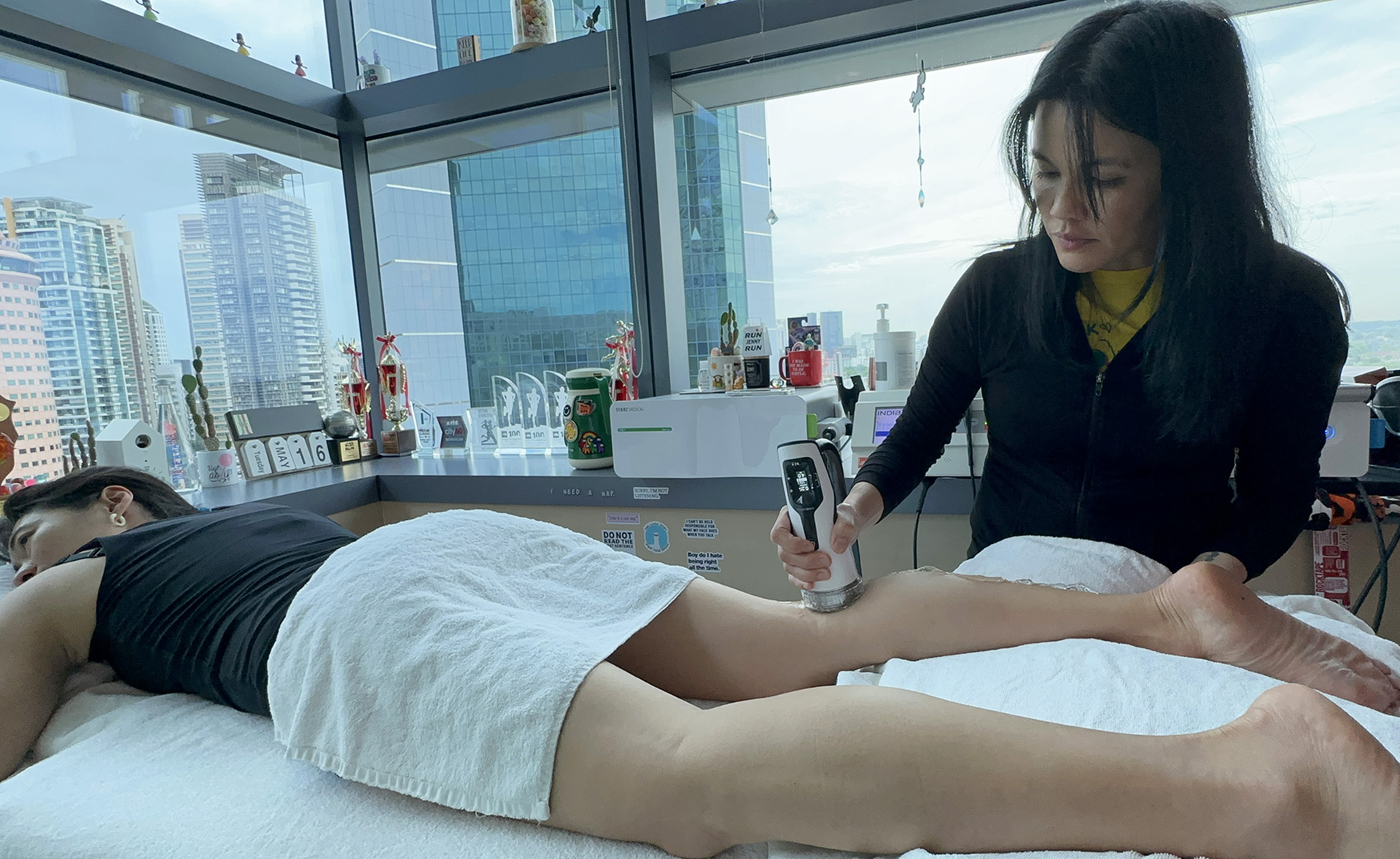
Outer Knee Pain After Running
Outer knee pain and discomfort after running is frequently linked to iliotibial band syndrome (ITBS), which occurs when the IT band repeatedly rubs against the lateral femoral condyle. This friction can result in sharp localized pain, especially during longer runs or downhill efforts.
Treating ITBS involves addressing both the tightness in the IT band and the weakness in the hip abductors that often cause this tightness. At HelloPhysio, we use manual release techniques and prescribe hip stability exercises that retrain proper movement patterns. This is then coupled with our advanced modalities. INDIBA enhances tissue pliability and reduces irritation along the IT band, while Shockwave Therapy helps resolve any stubborn adhesions that contribute to restricted mobility.
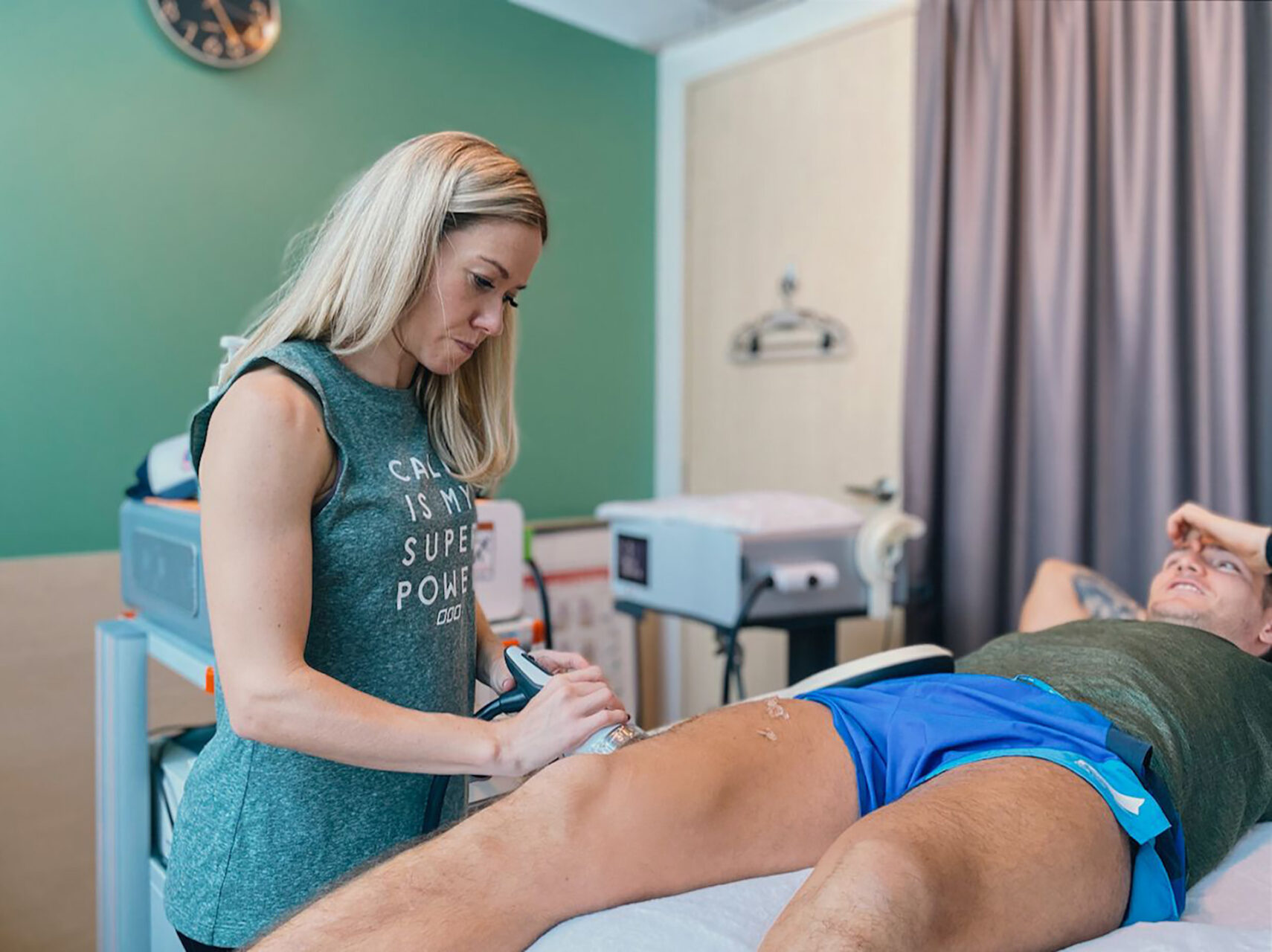
Inner Knee Pain After Running
Inner knee pain after running may indicate medial collateral ligament strain, pes anserine bursitis, or even early signs of meniscal wear. This type of discomfort can be exacerbated by improper foot alignment or overpronation during running.
A detailed gait analysis at HelloPhysio helps uncover the root cause of this inner knee strain. Custom strengthening programs can help you by focusing on knee alignment and dynamic stability, particularly during mid-stance in the running cycle. INDIBA is effective in reducing inflammation in the pes anserine bursa, and when combined with targeted exercises and manual therapy, it creates a foundation for long-term recovery.

Why Early Intervention Matters
Early intervention to protect your knees is one of the most important factors in resolving knee pain after running. Many choose to ignore the pain, thinking it’s not a big deal since it only occurs after running. That may be the case now, but for many, this pain leads to compensation patterns, which may cause other musculoskeletal problems, such as hip or lower back pain that can persist long after your run. At HelloPhysio, we emphasize prompt assessment and treatment to keep minor issues from becoming long-term setbacks.
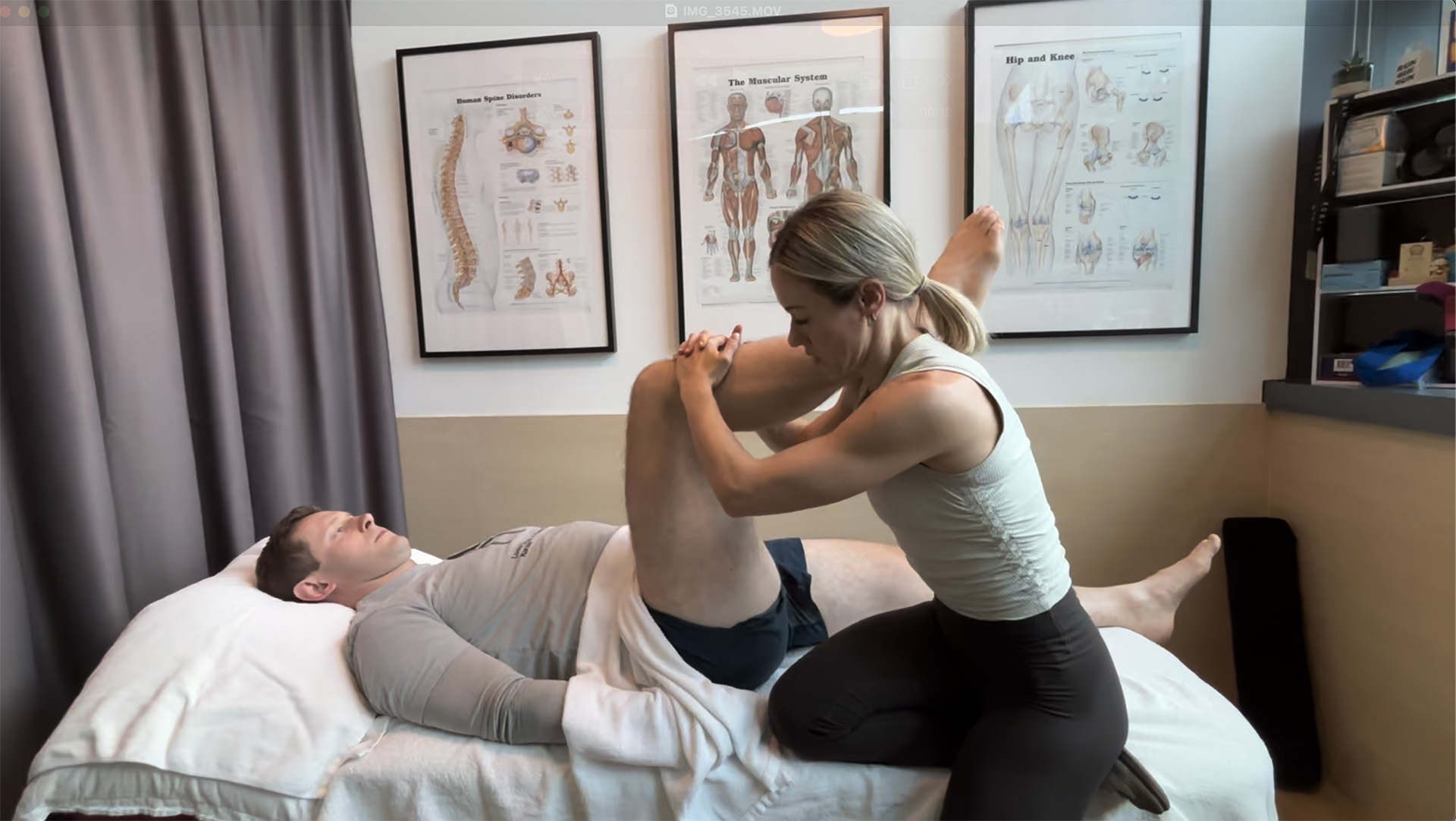
Knee Pain Diagnosis
A physiotherapist will typically perform a physical exam and take a detailed medical history to identify the source of the pain. Imaging tests, such as X-rays or MRIs, may be ordered to rule out other conditions and provide a clearer picture of the knee’s internal structures.
In some cases, you may be referred to a specialist, such as an orthopedic surgeon, for further evaluation and treatment. It is crucial to seek medical attention if you experience severe knee pain, swelling, or instability, as these symptoms can indicate a serious injury that requires prompt intervention.

How Long Until You Can Run Again?
Recovery timelines vary depending on the severity and type of knee pain, as well as the duration of its presence. Mild anterior knee pain may resolve in a couple of weeks with conservative care, while more persistent issues, such as ITBS or tendinopathy, may take 6-8 weeks. Conditions like patellofemoral pain syndrome, which involve the misalignment of the kneecap, may require longer recovery periods.
Importantly, the key to a swift and safe recovery is personalized care. HelloPhysio doesn’t just treat the site of pain. We examine how you move, run, and load the joint. This whole-body approach ensures you heal and return to running stronger and more resilient.
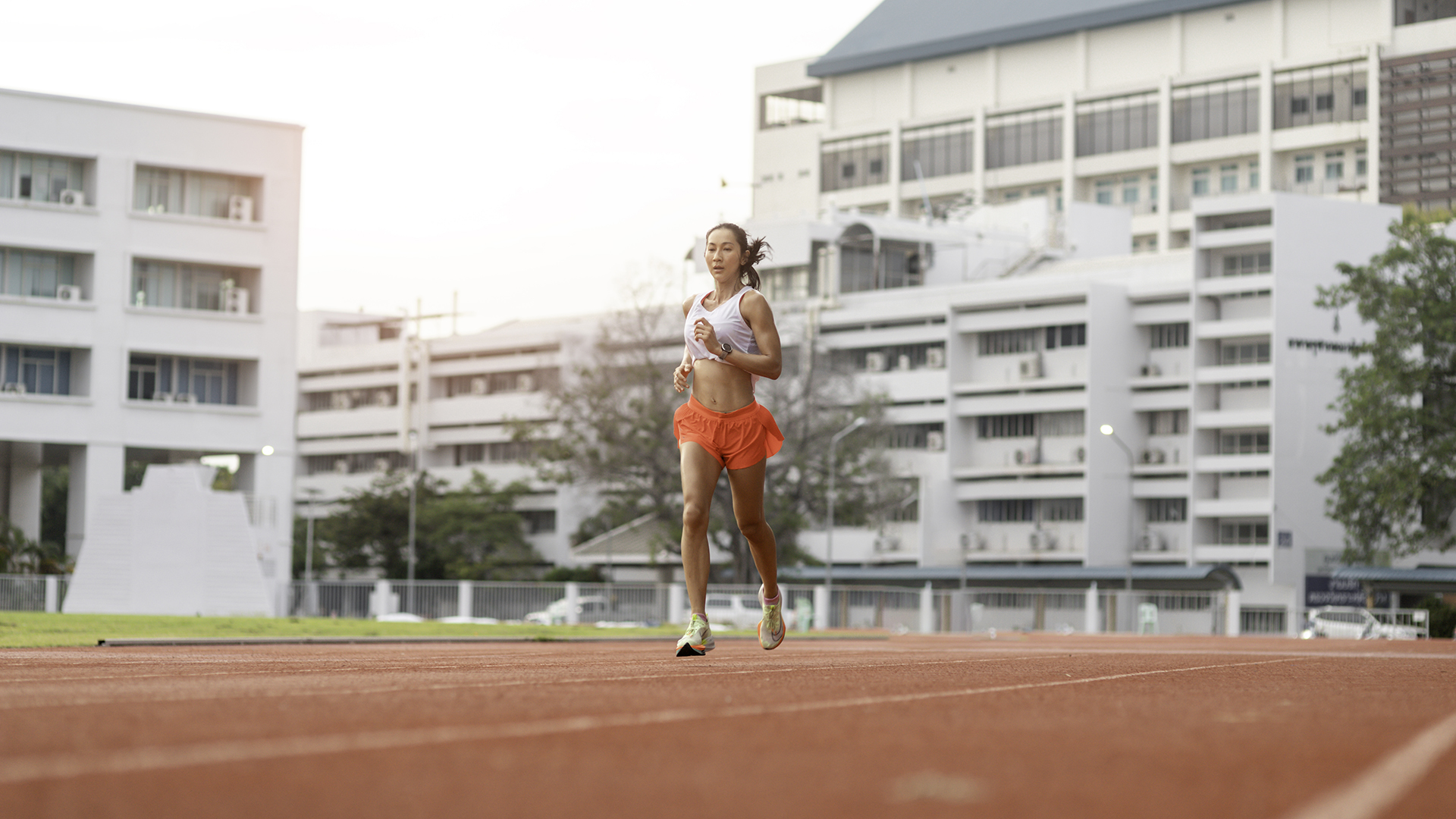
Preventing Future Knee Pain
Preventing recurrence is just as important as treatment, and understanding the specific needs of your knees is crucial. That’s why, at HelloPhysio, we empower patients with knowledge, proper warm-up strategies, strength programs, and guidance on running technique. We also offer gait assessments to identify and correct subtle biomechanical flaws before they turn into injuries. Maintaining adequate hip and core strength, selecting proper footwear, and gradually increasing mileage are all part of our comprehensive strategy to keep you pain-free.
You’ve come to the right place for your running injuries if you choose HelloPhysio. All our physiotherapists are also athletes. We understand the physical demands of athletes and how to assist them in recovering from injury or getting back on their feet quickly.
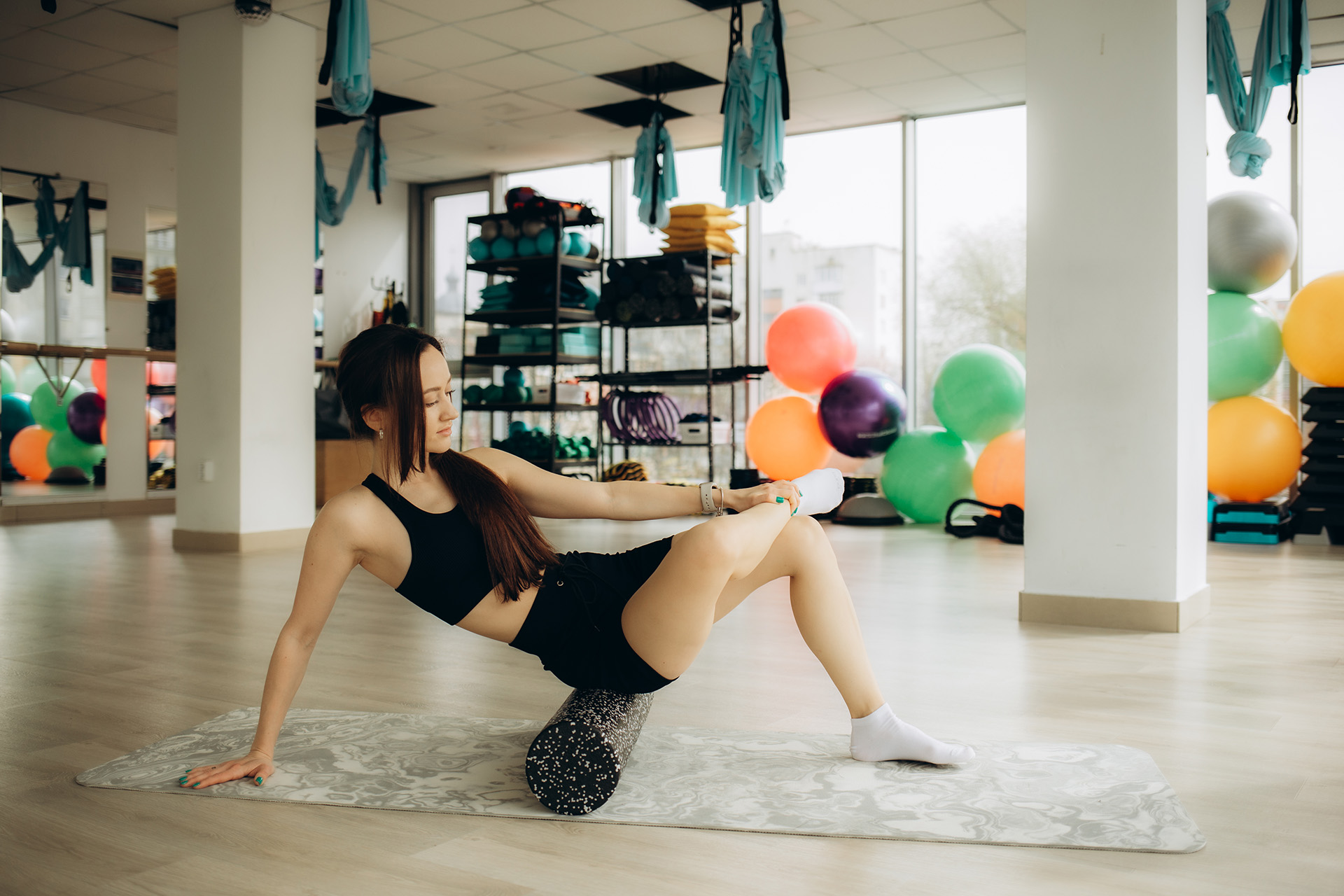
Take the First Step Toward a Pain-Free Run
If you’re experiencing pain behind the knee after running, discomfort in front of the knee, or any other knee-related discomfort, don’t wait for it to get worse. Take proactive steps to alleviate stress on your knees. At HelloPhysio, we offer evidence-based treatment combined with innovative therapies, such as INDIBA Activ and Shockwave Therapy, to help you recover quickly and return to the sport you love.
Book a consultation with our experienced physiotherapists today and let us guide you through a personalized recovery plan tailored to your goals. Whether you’re chasing a personal best or just want to enjoy your morning runs pain-free, we’re here to help you every step of the way.

